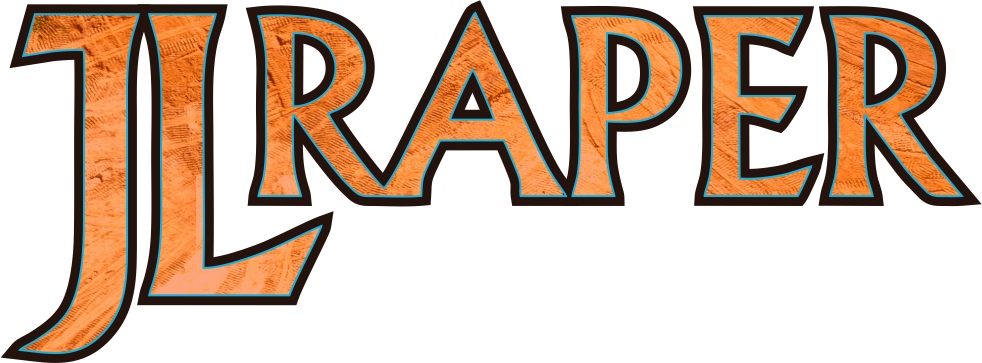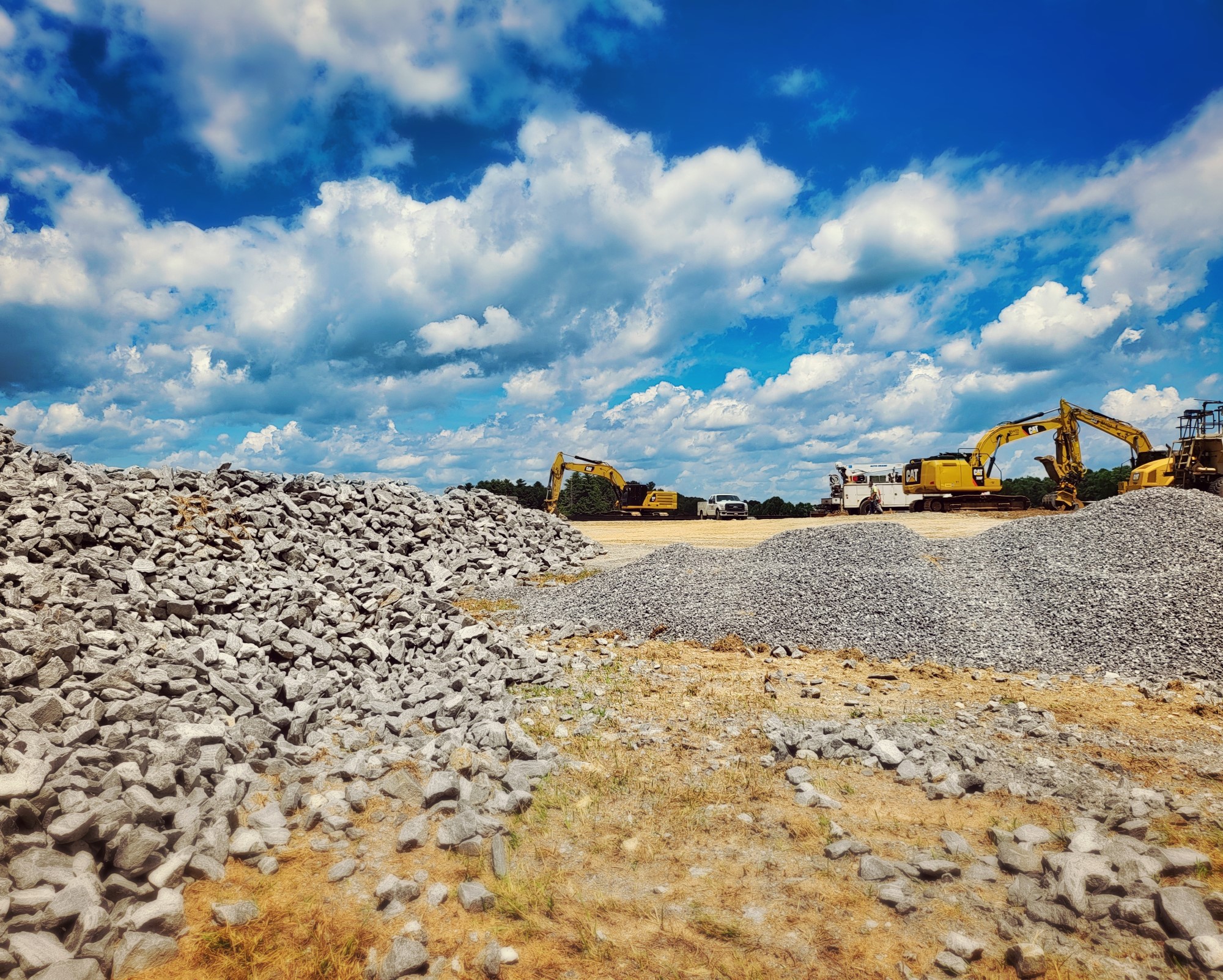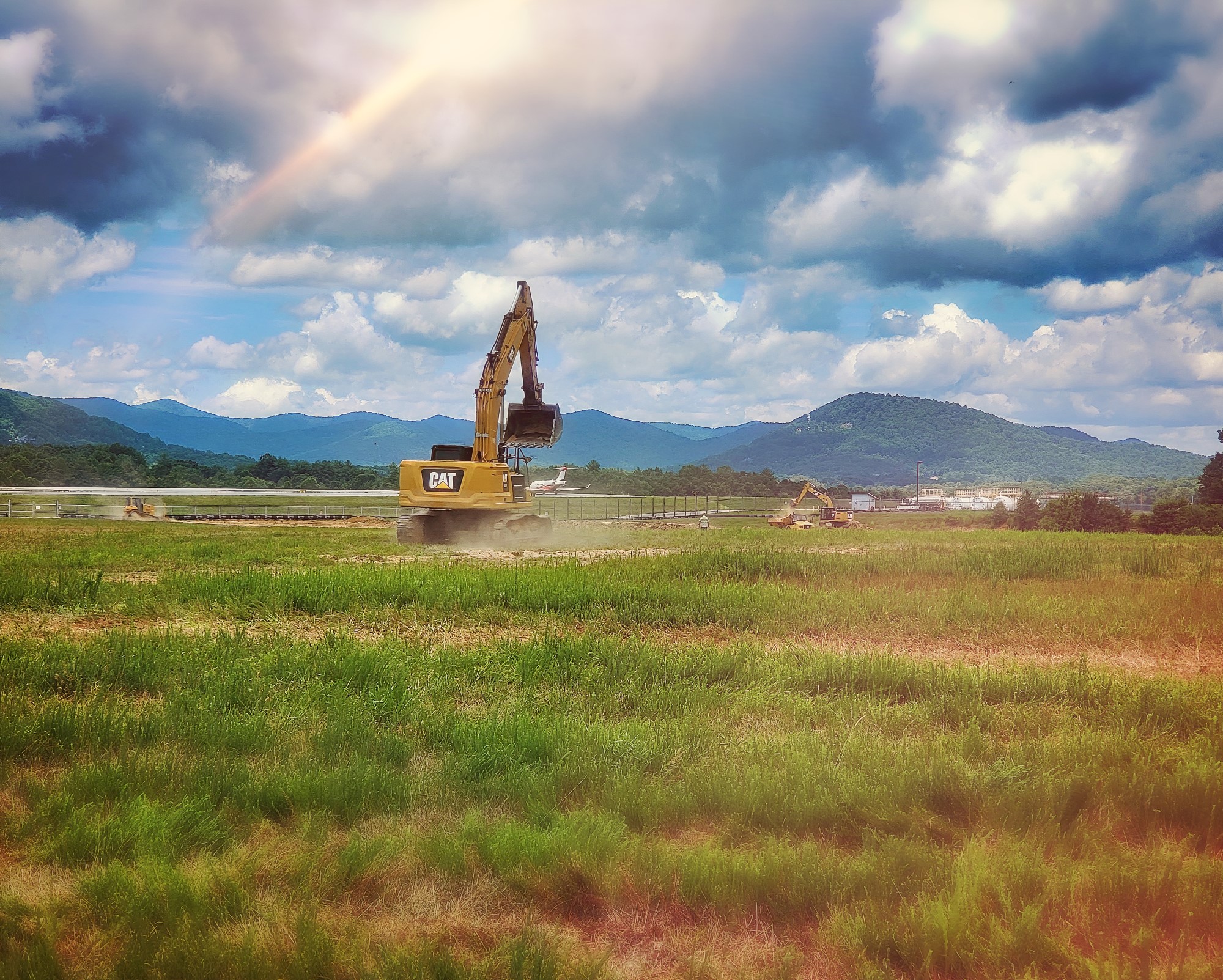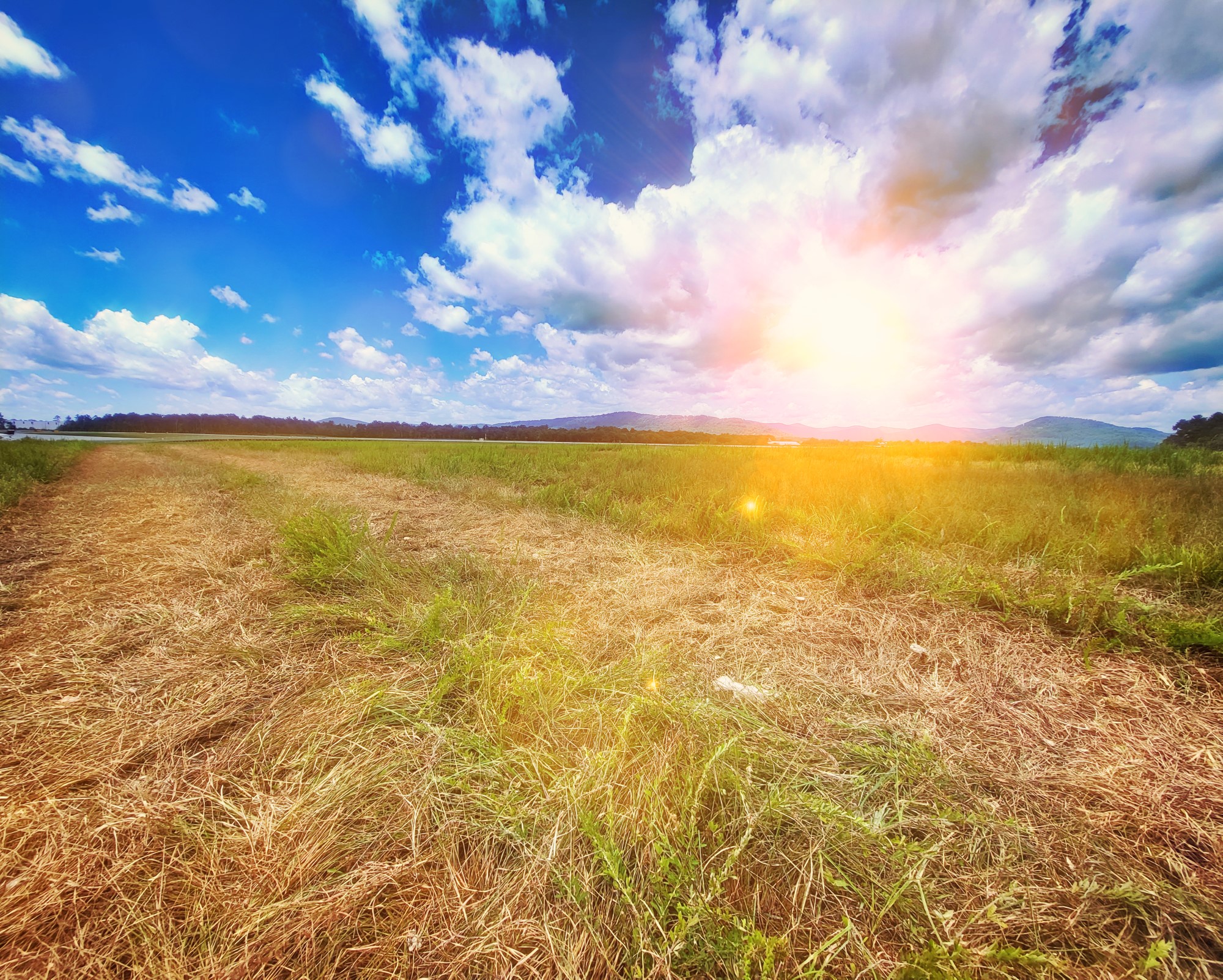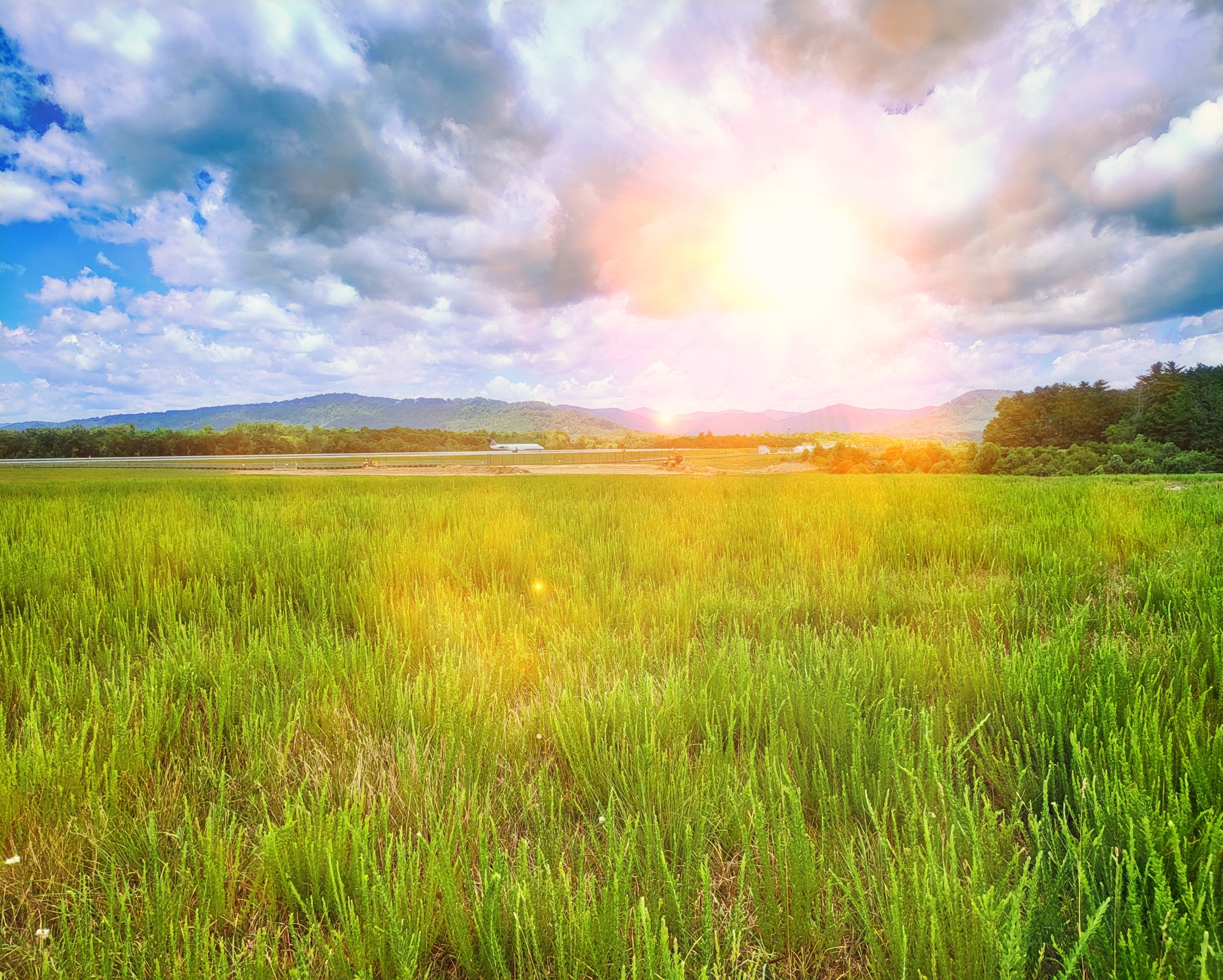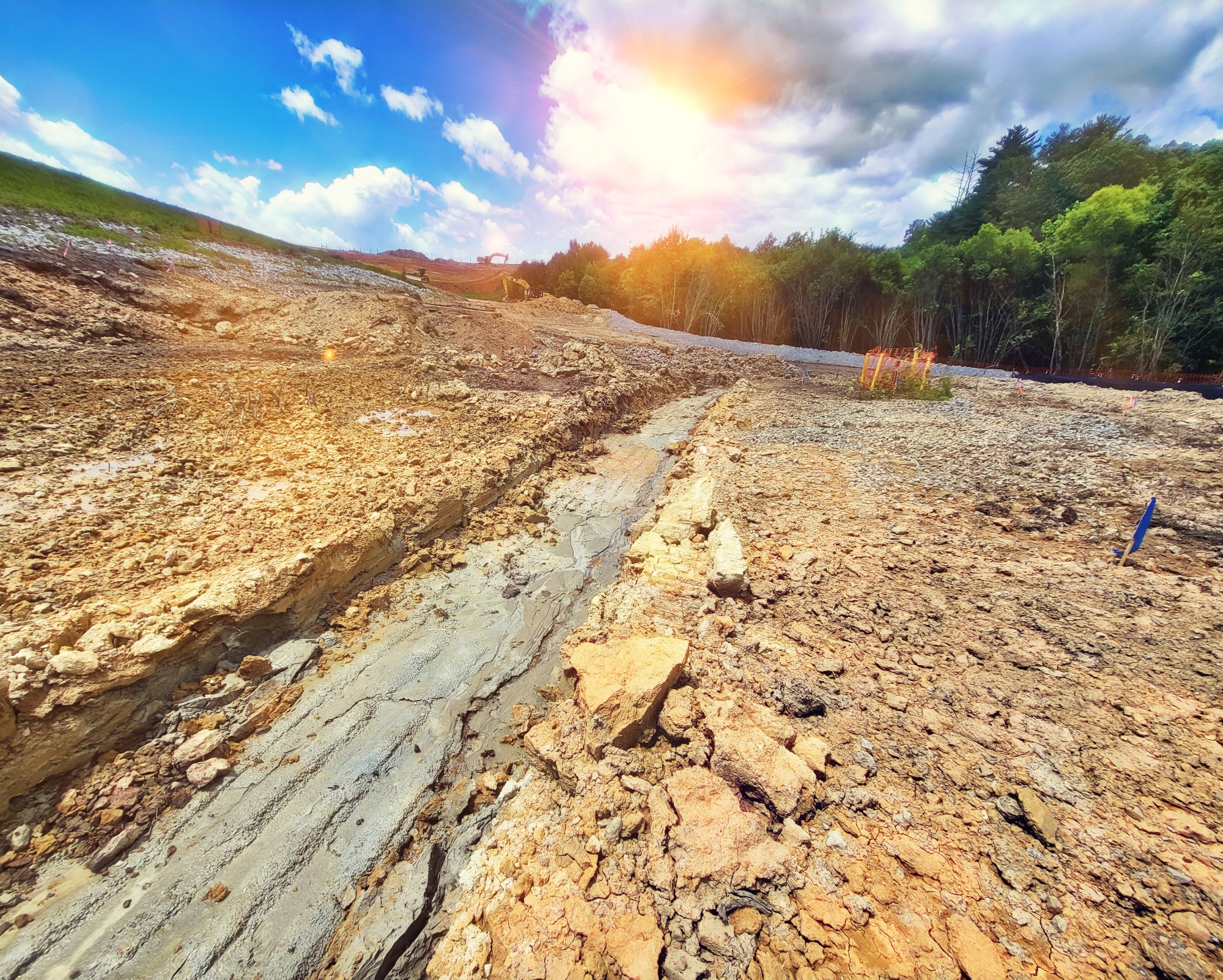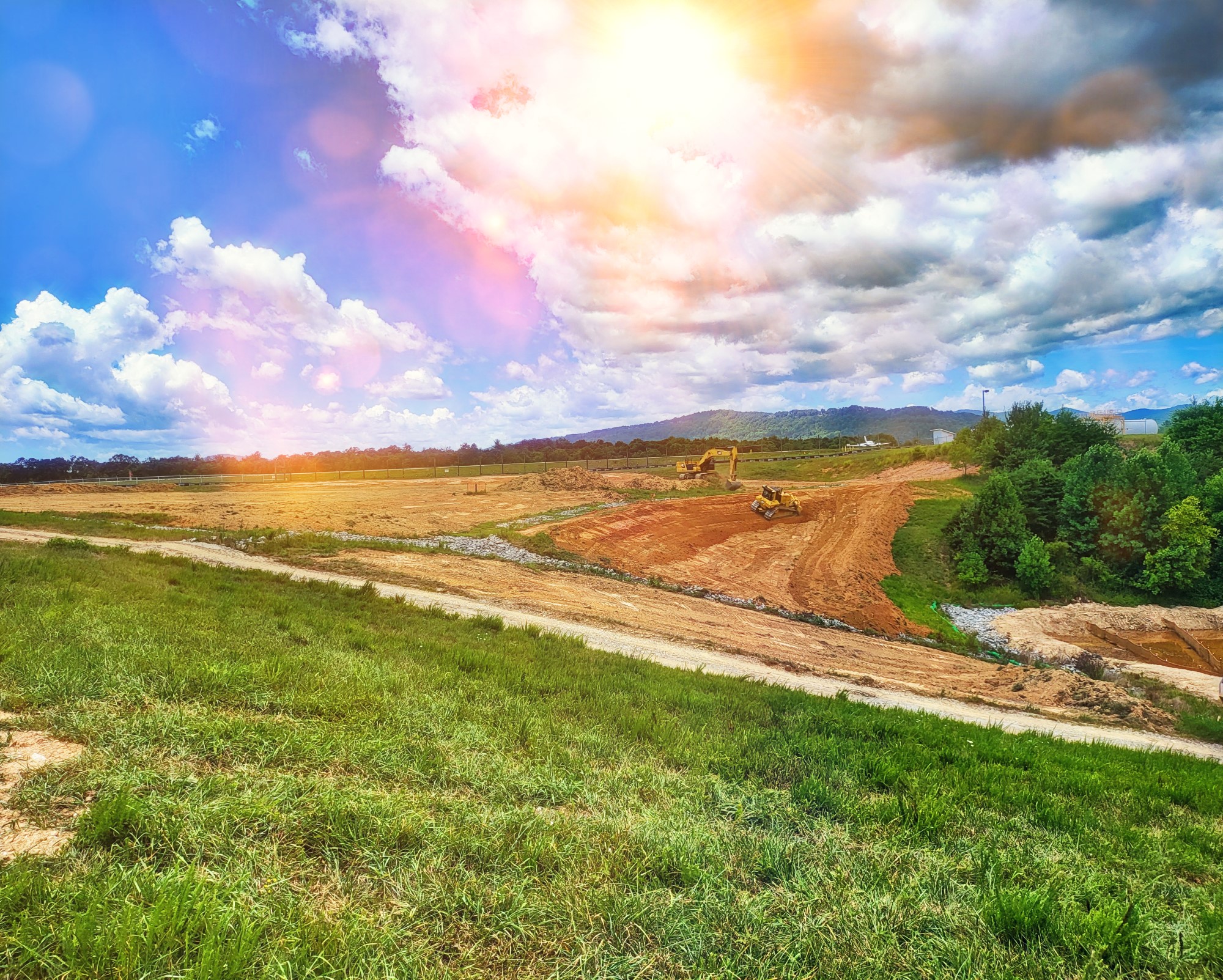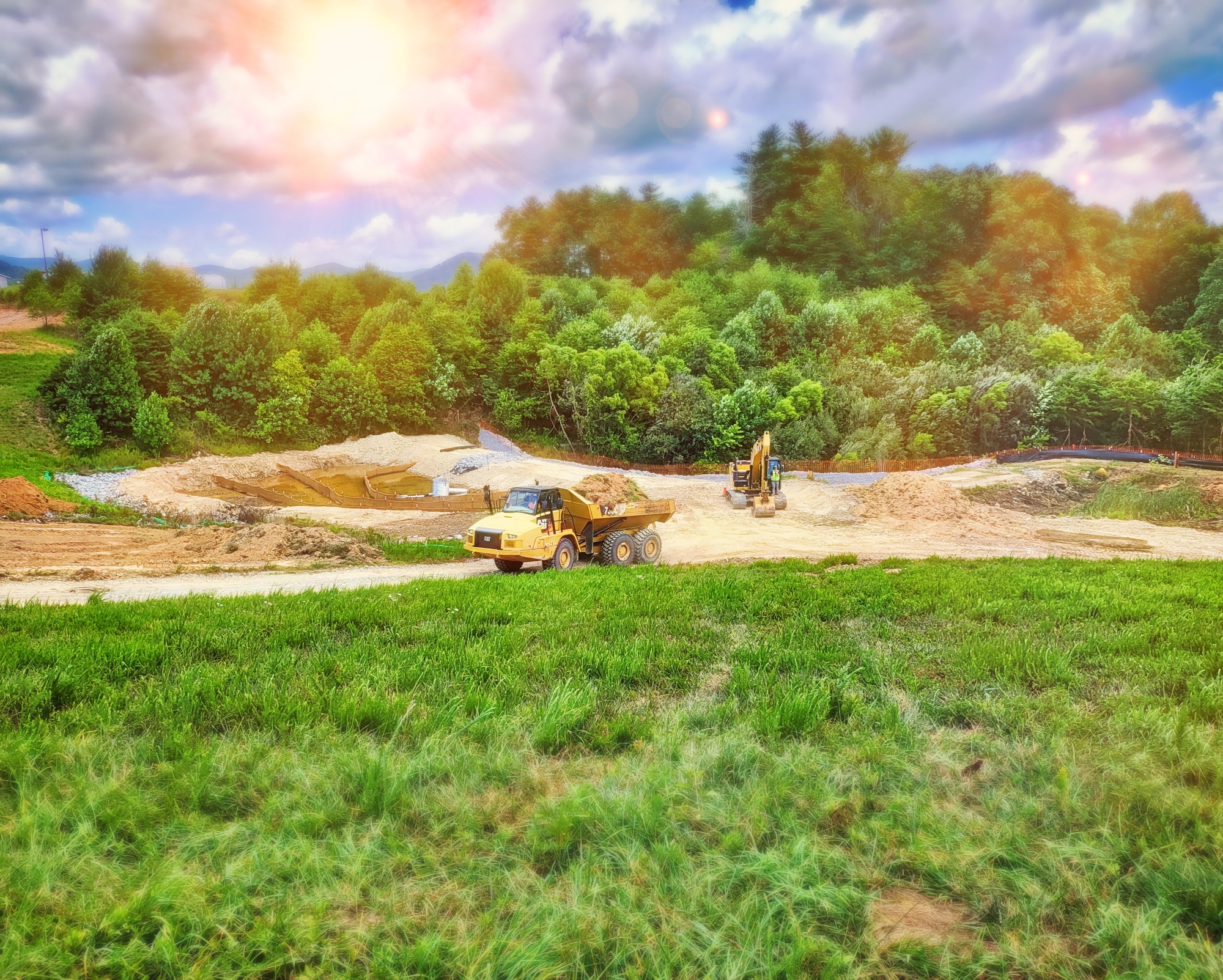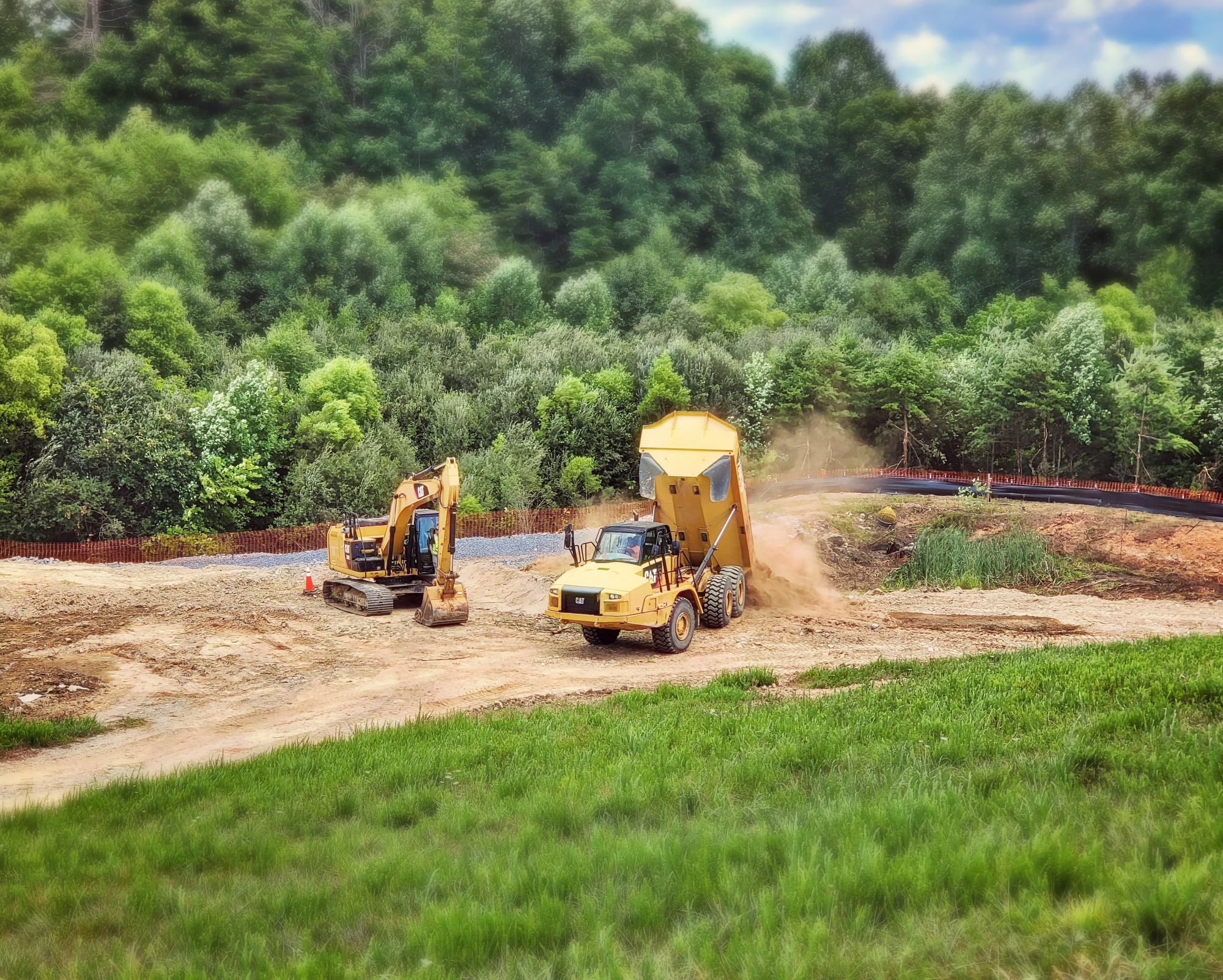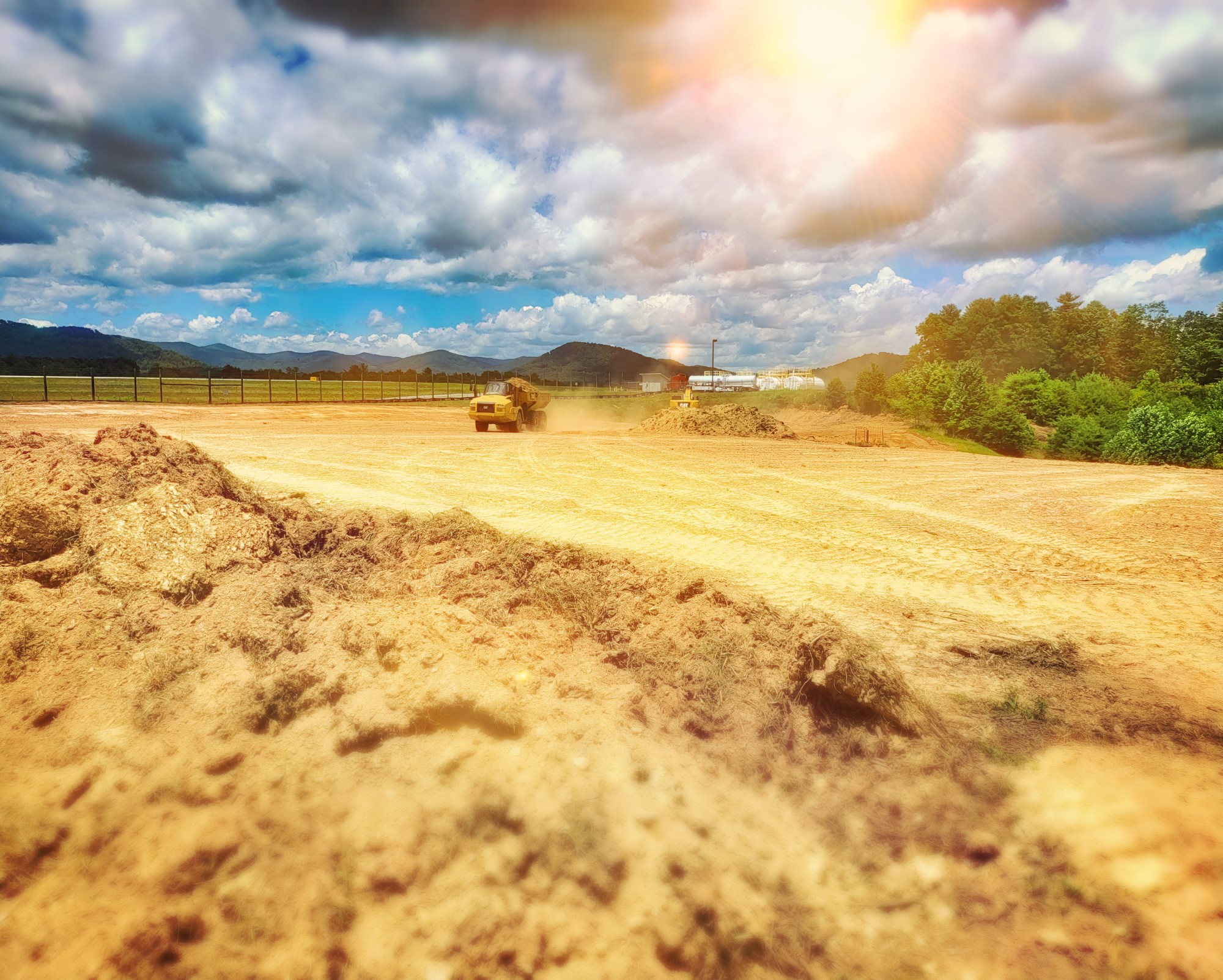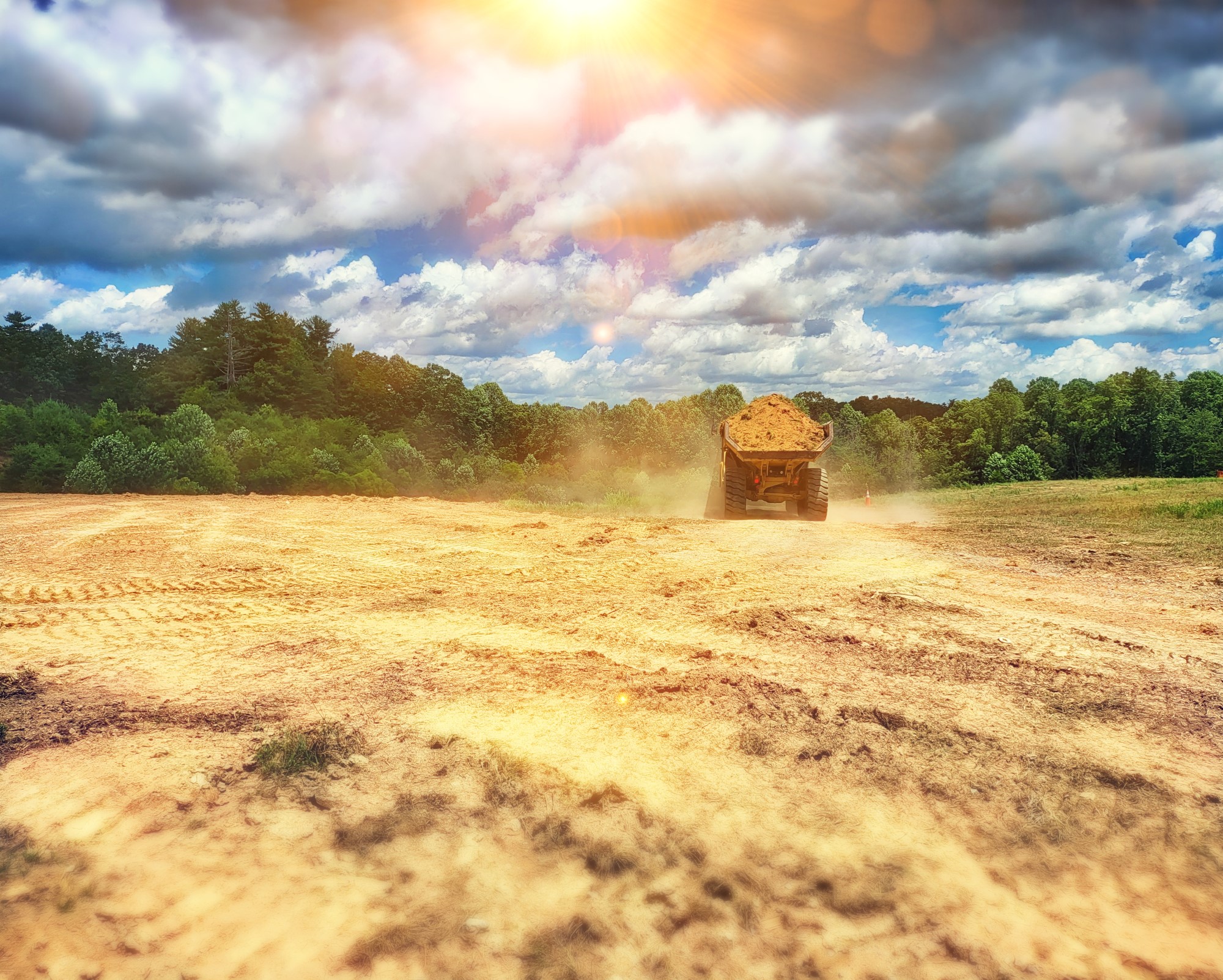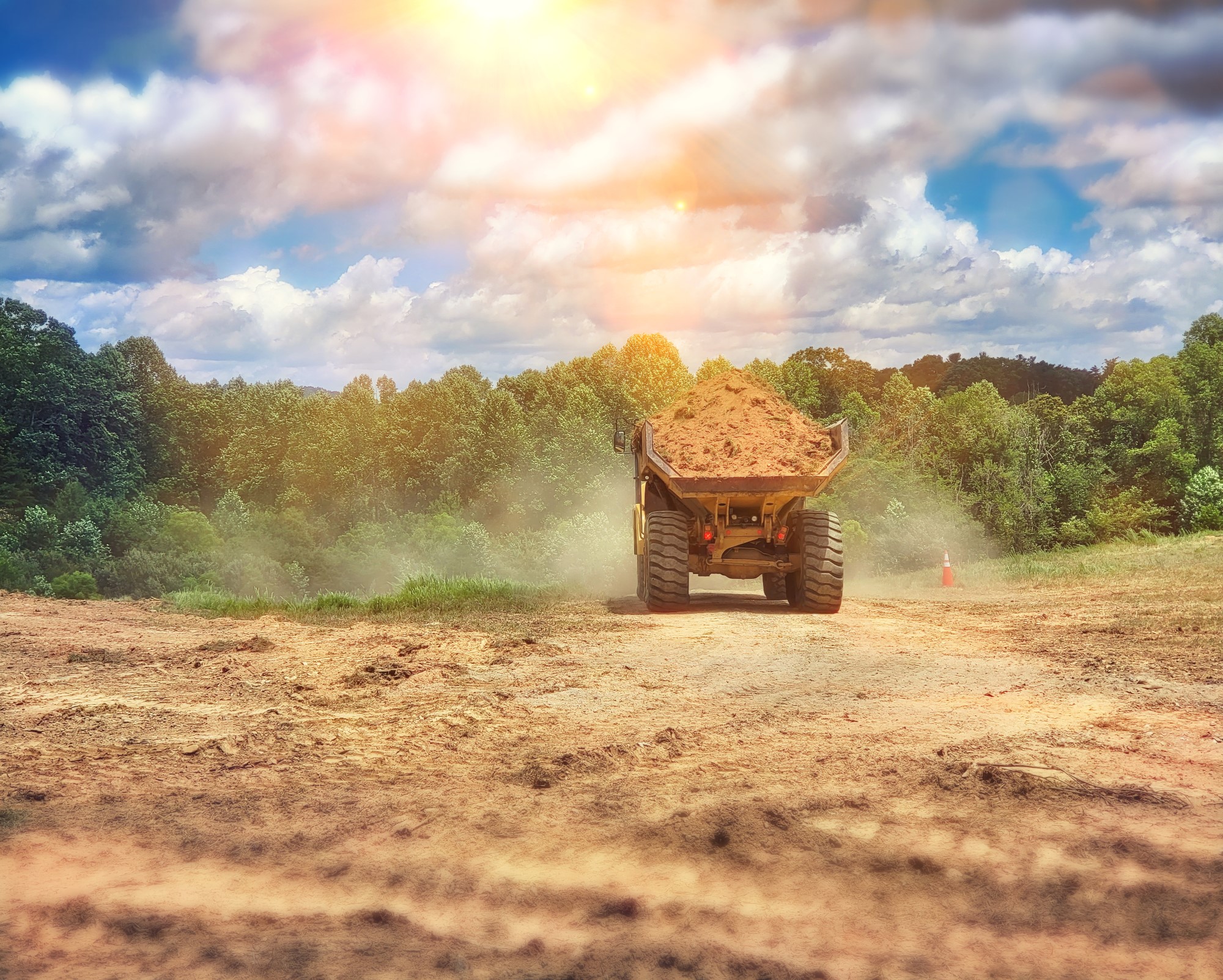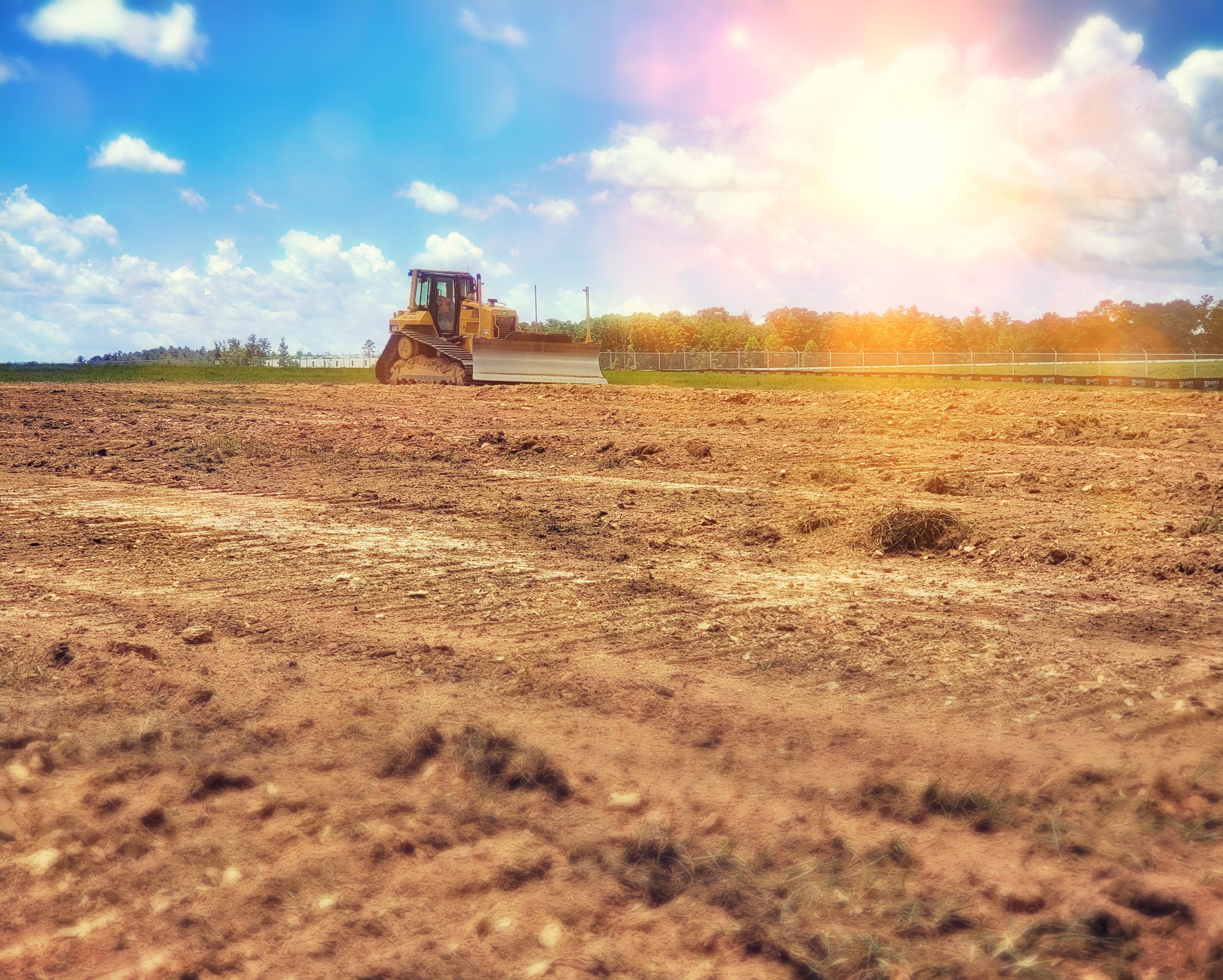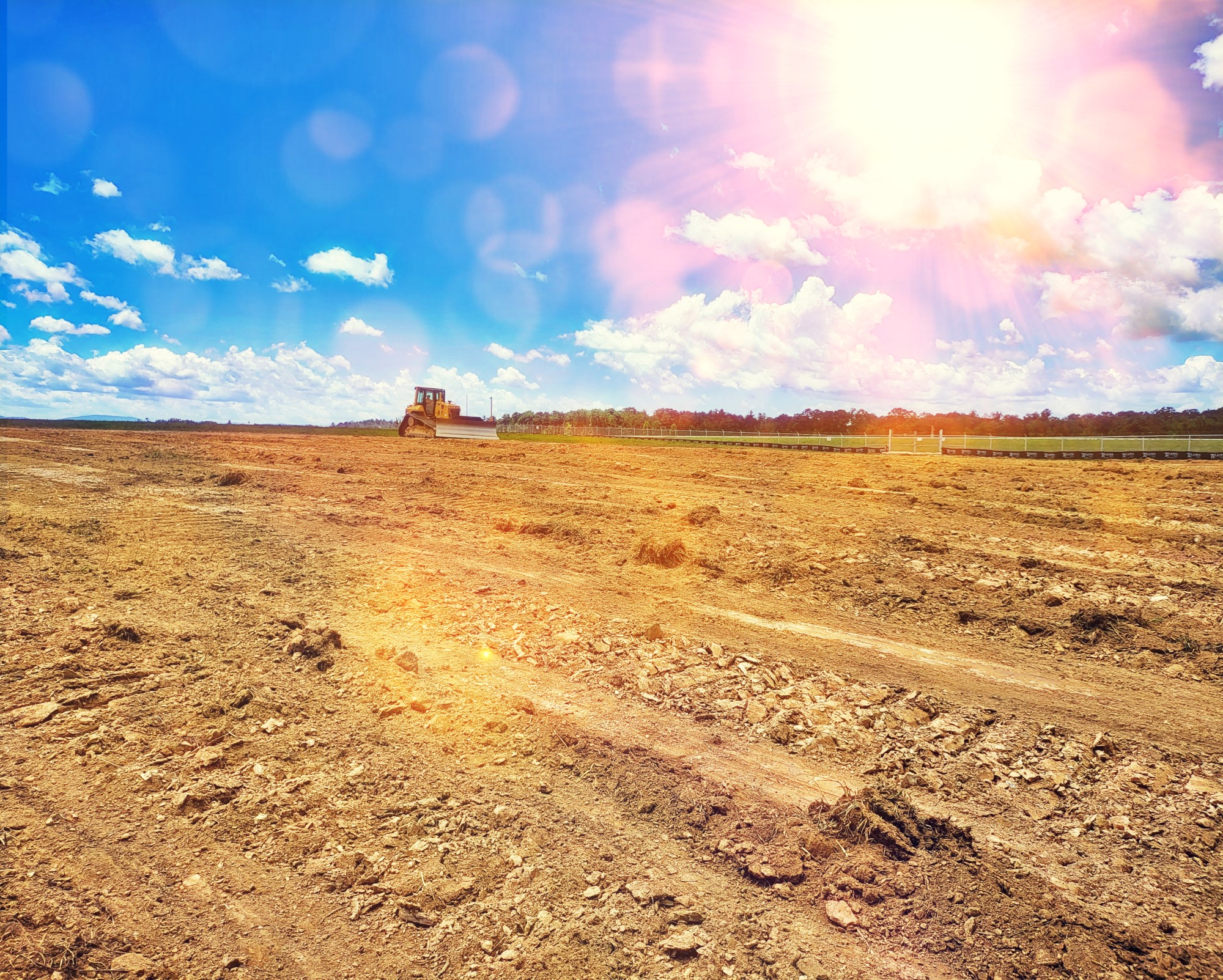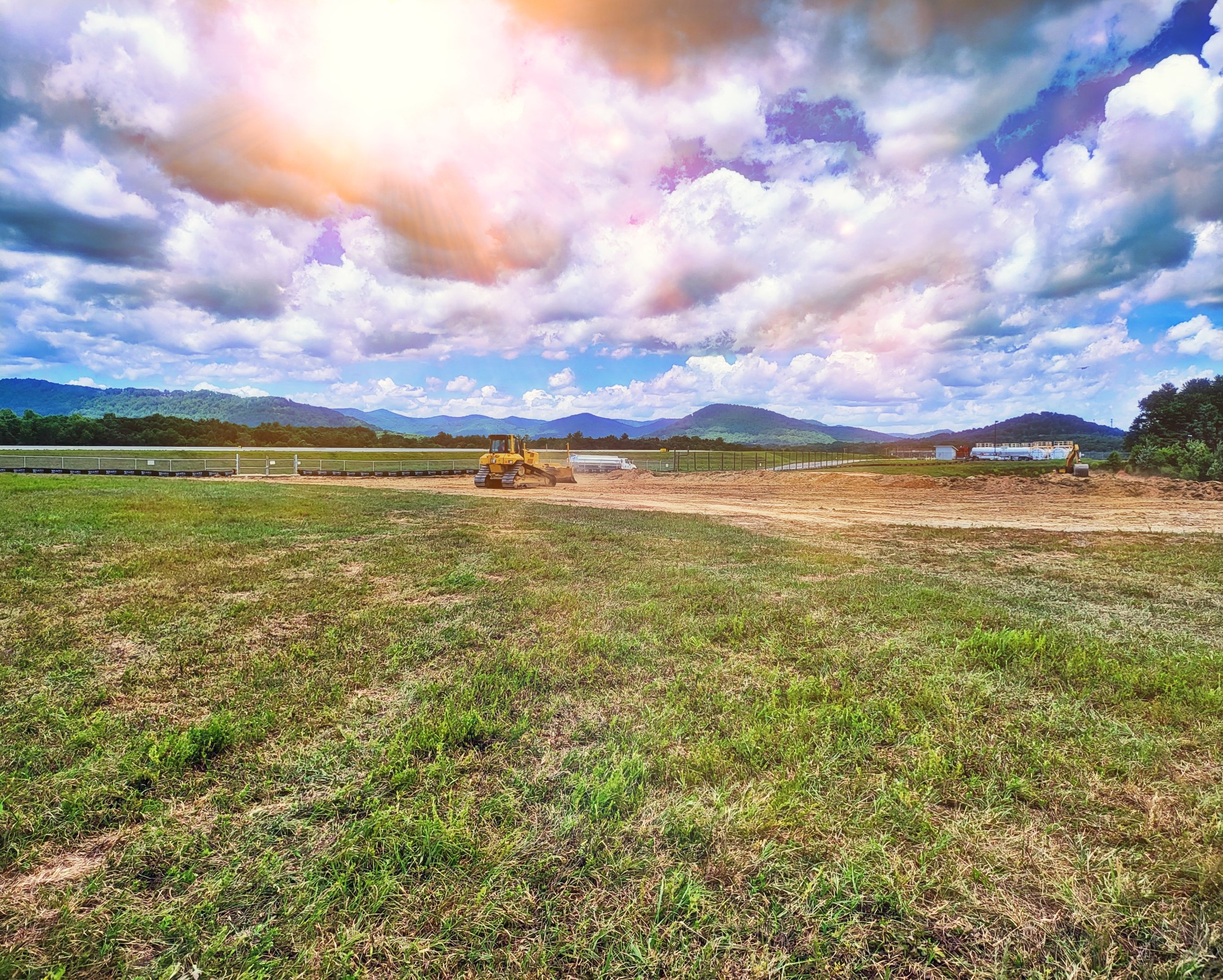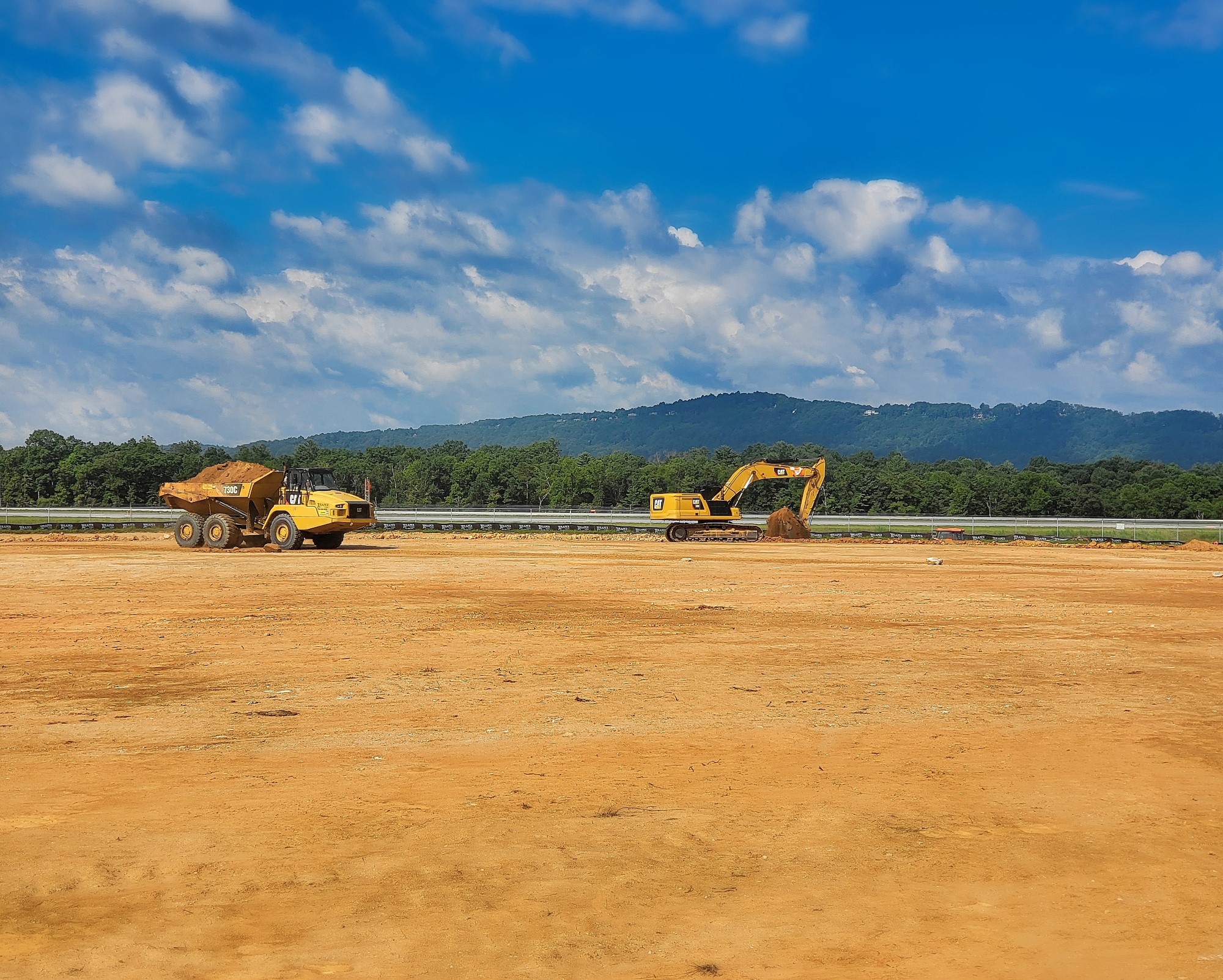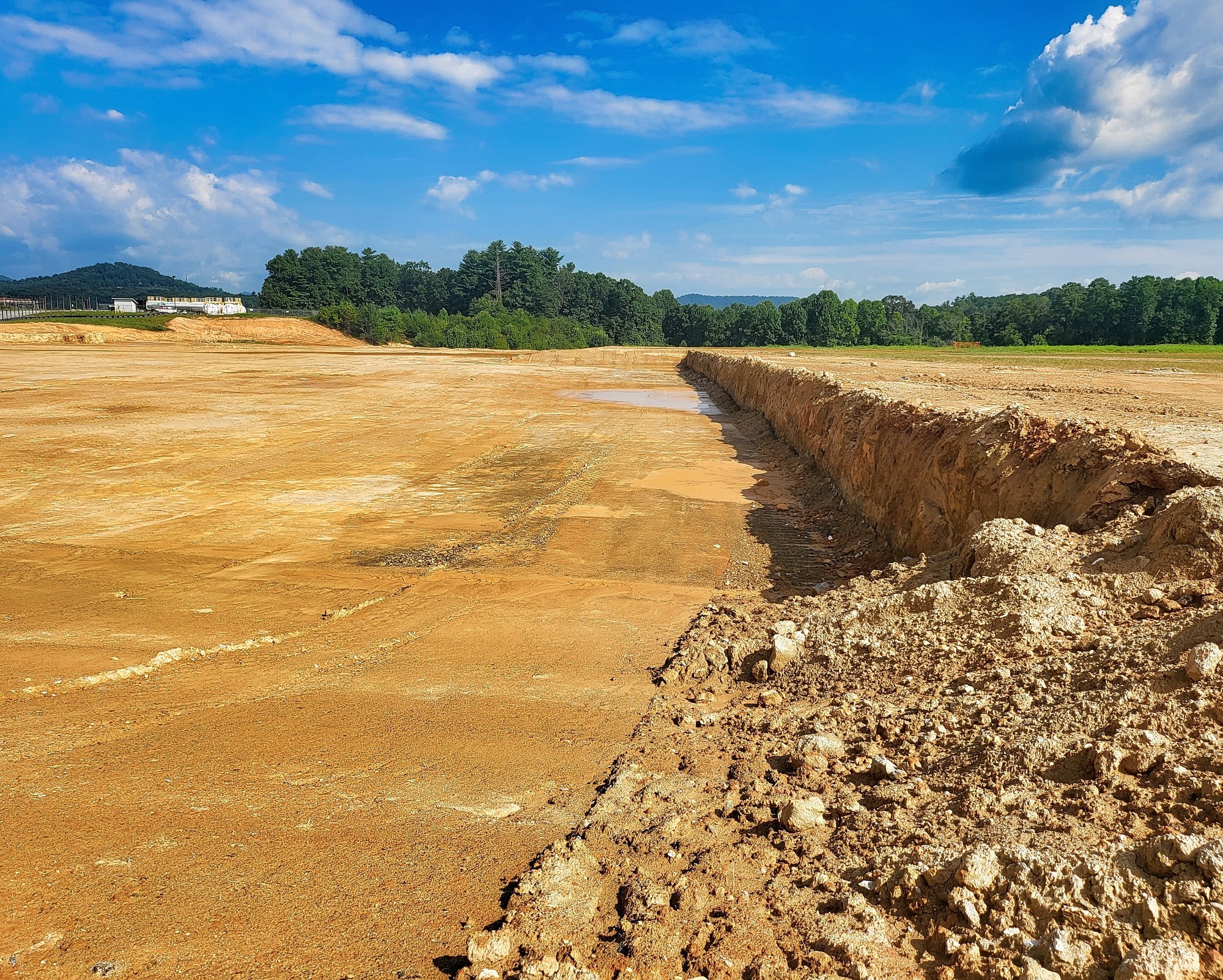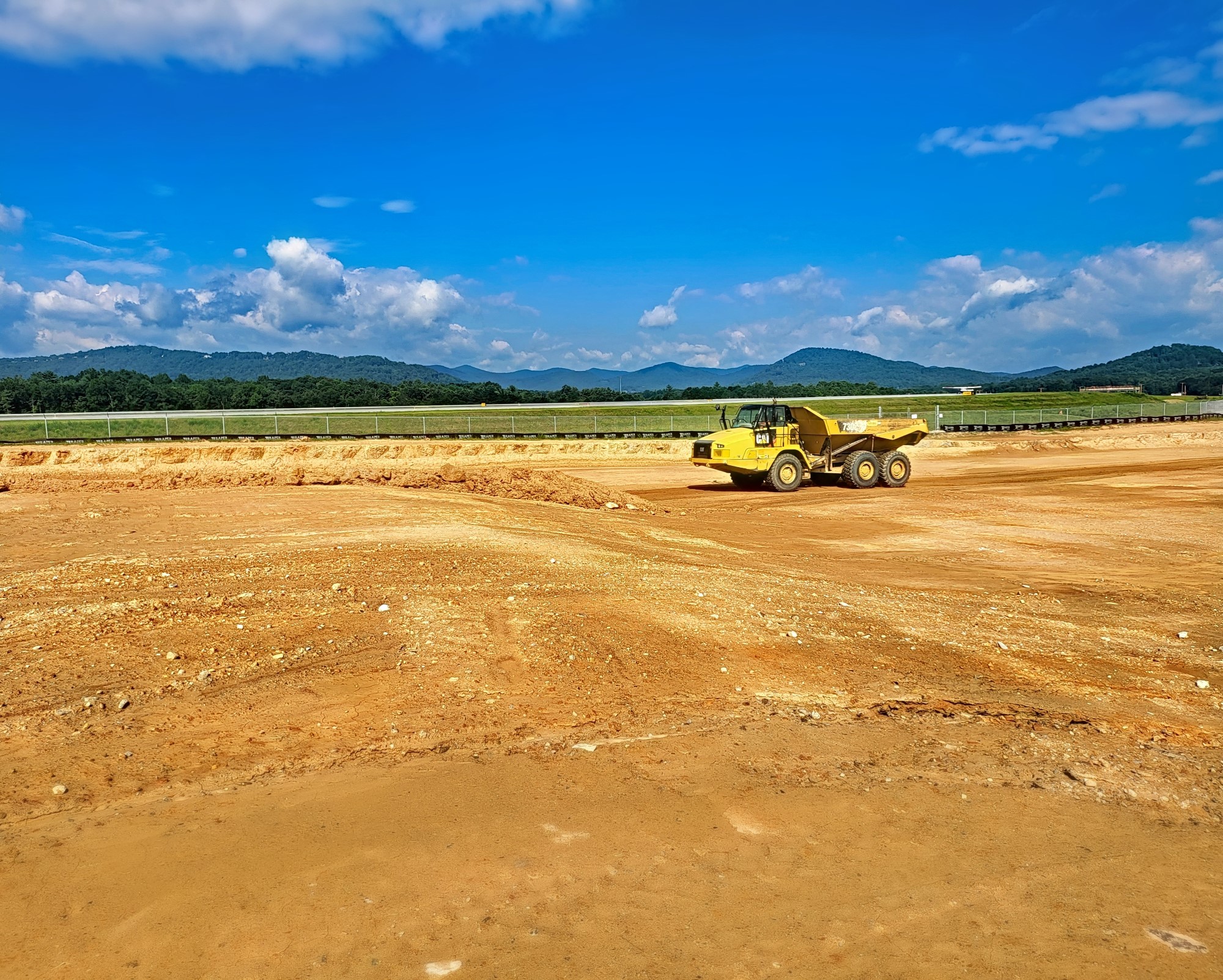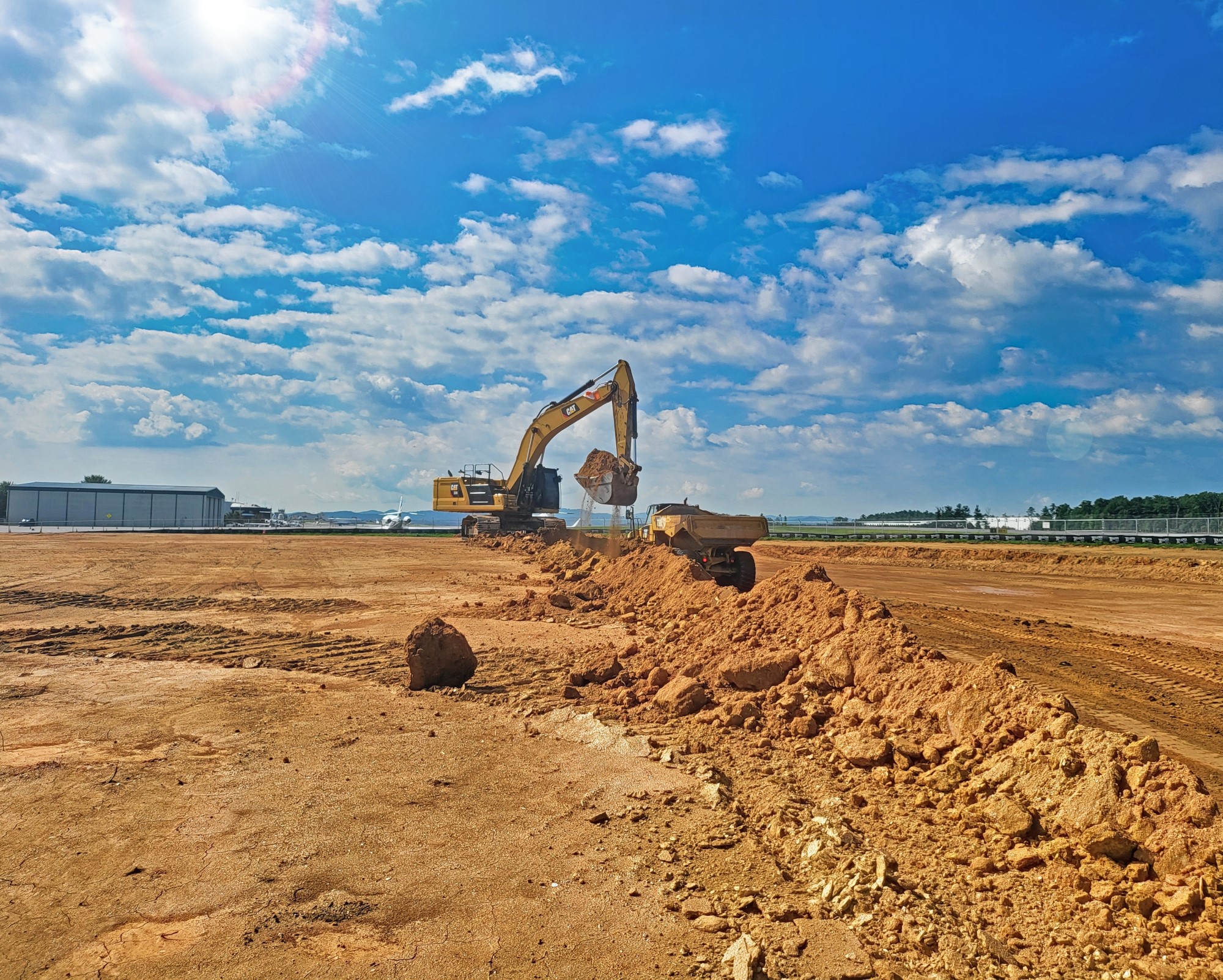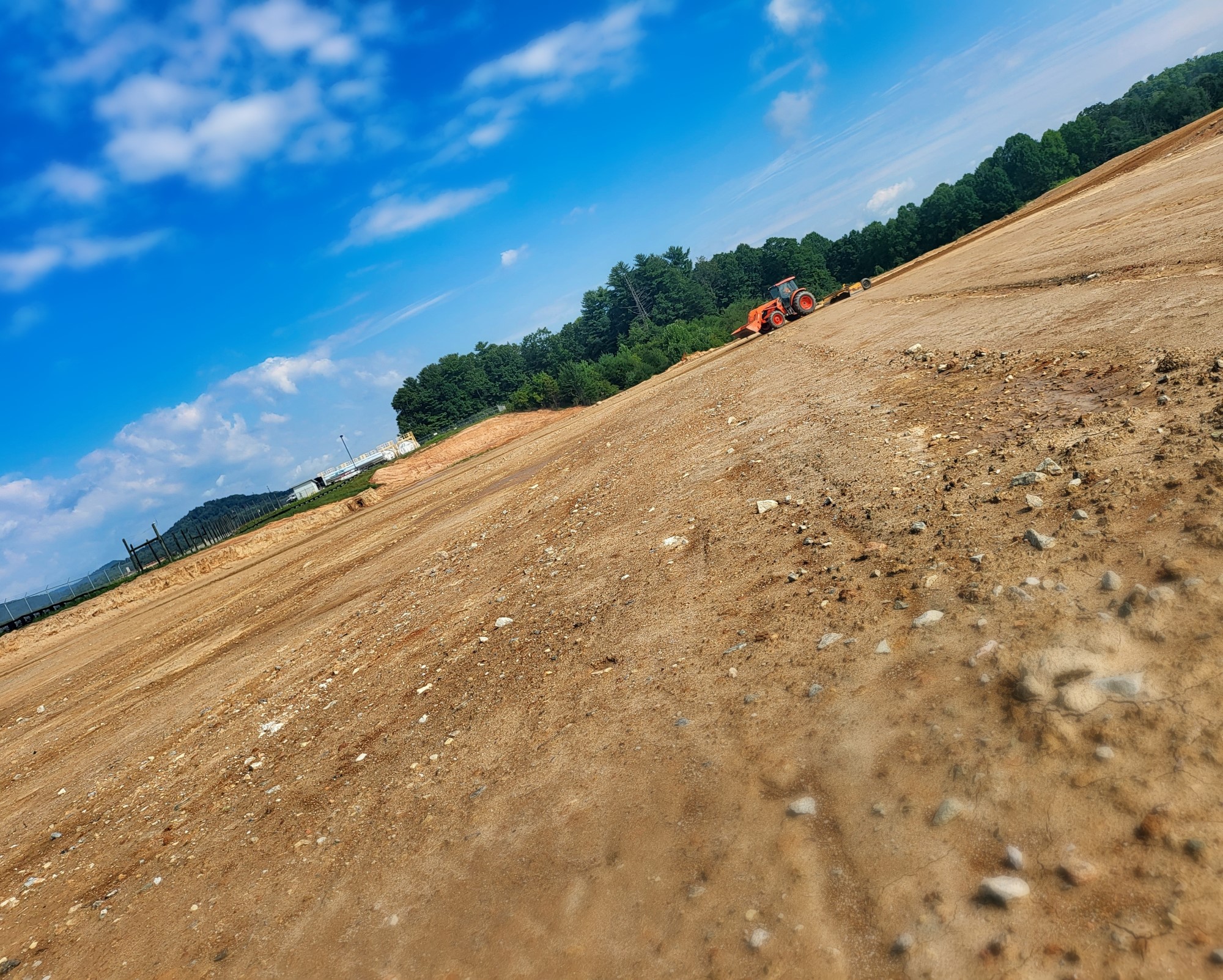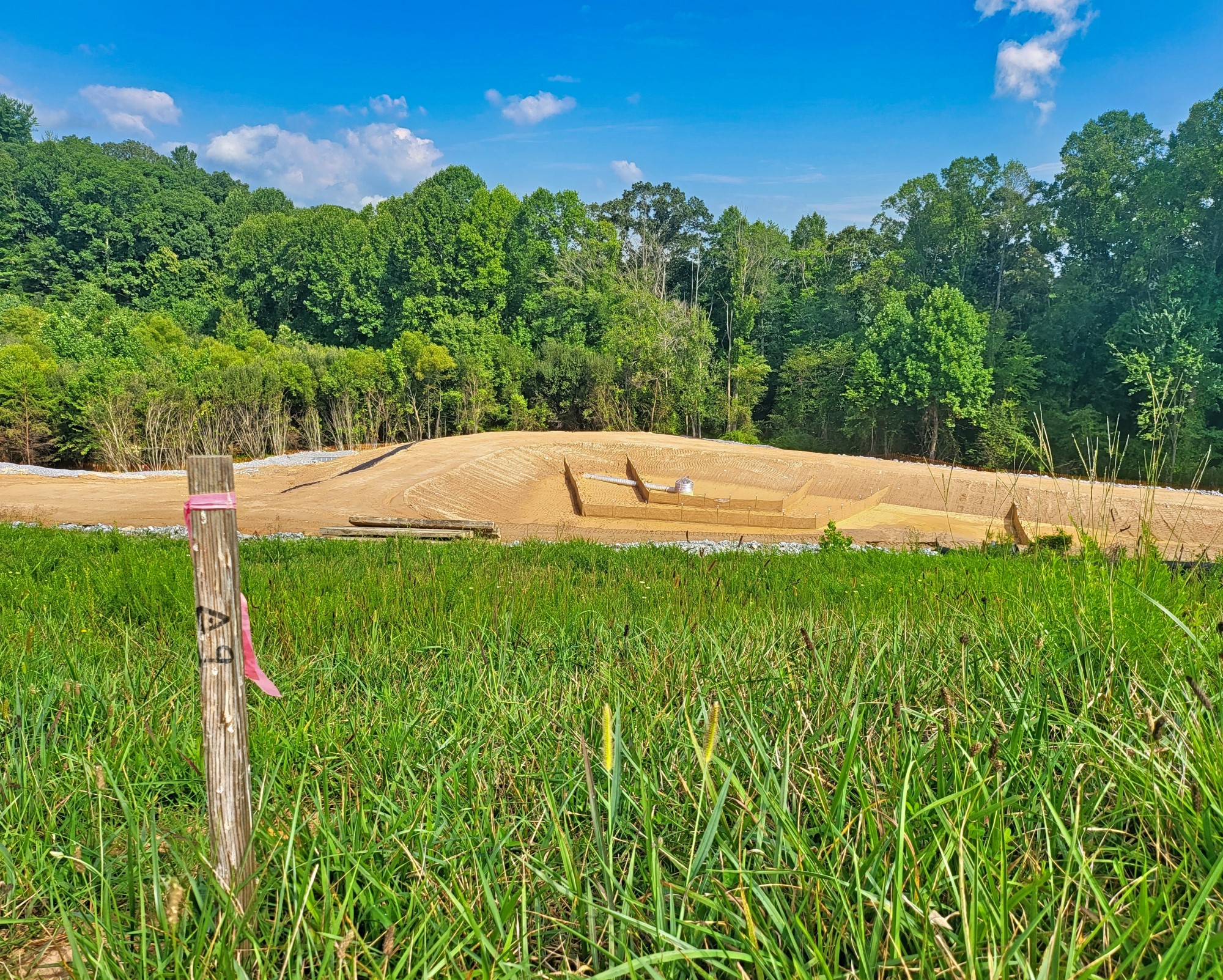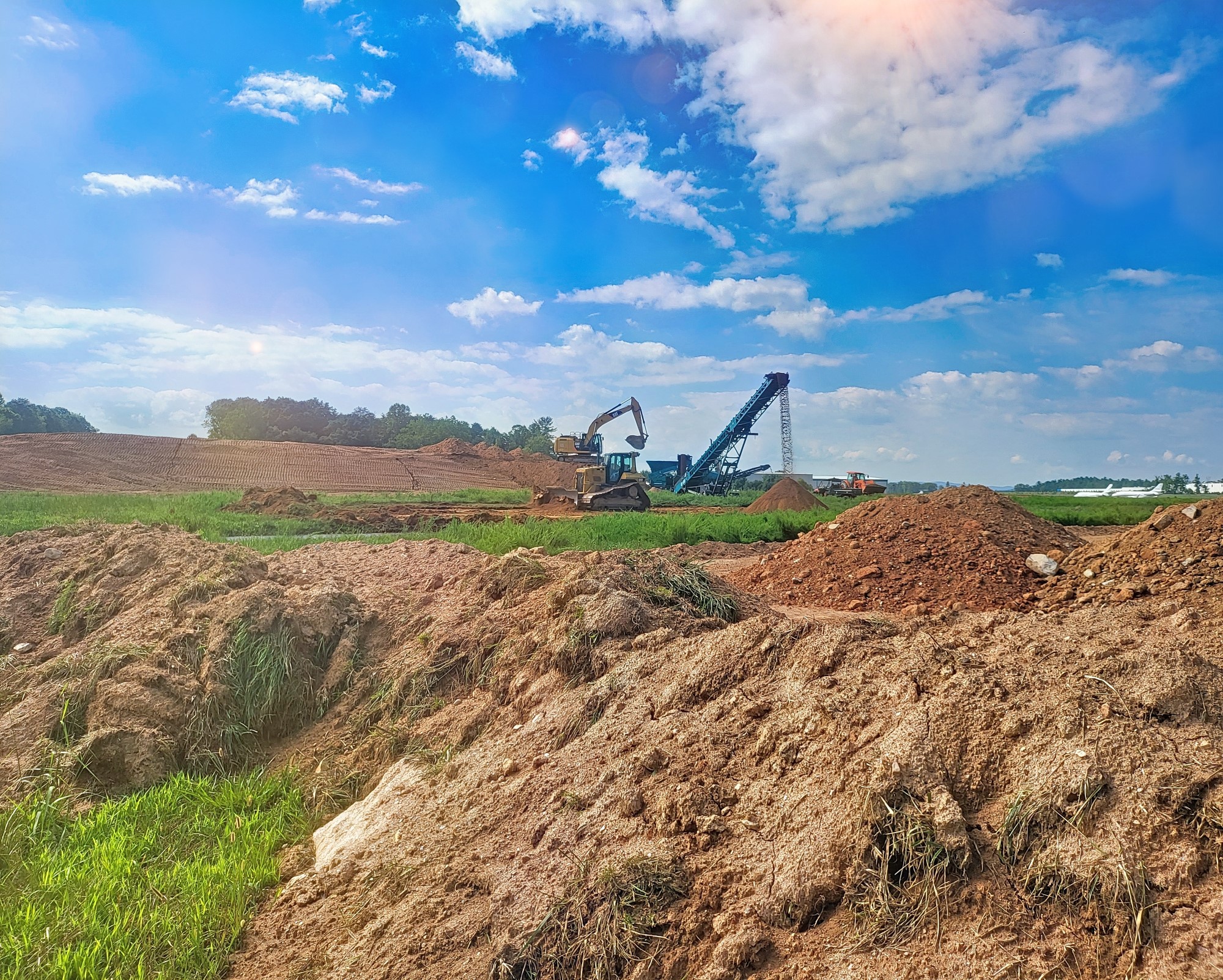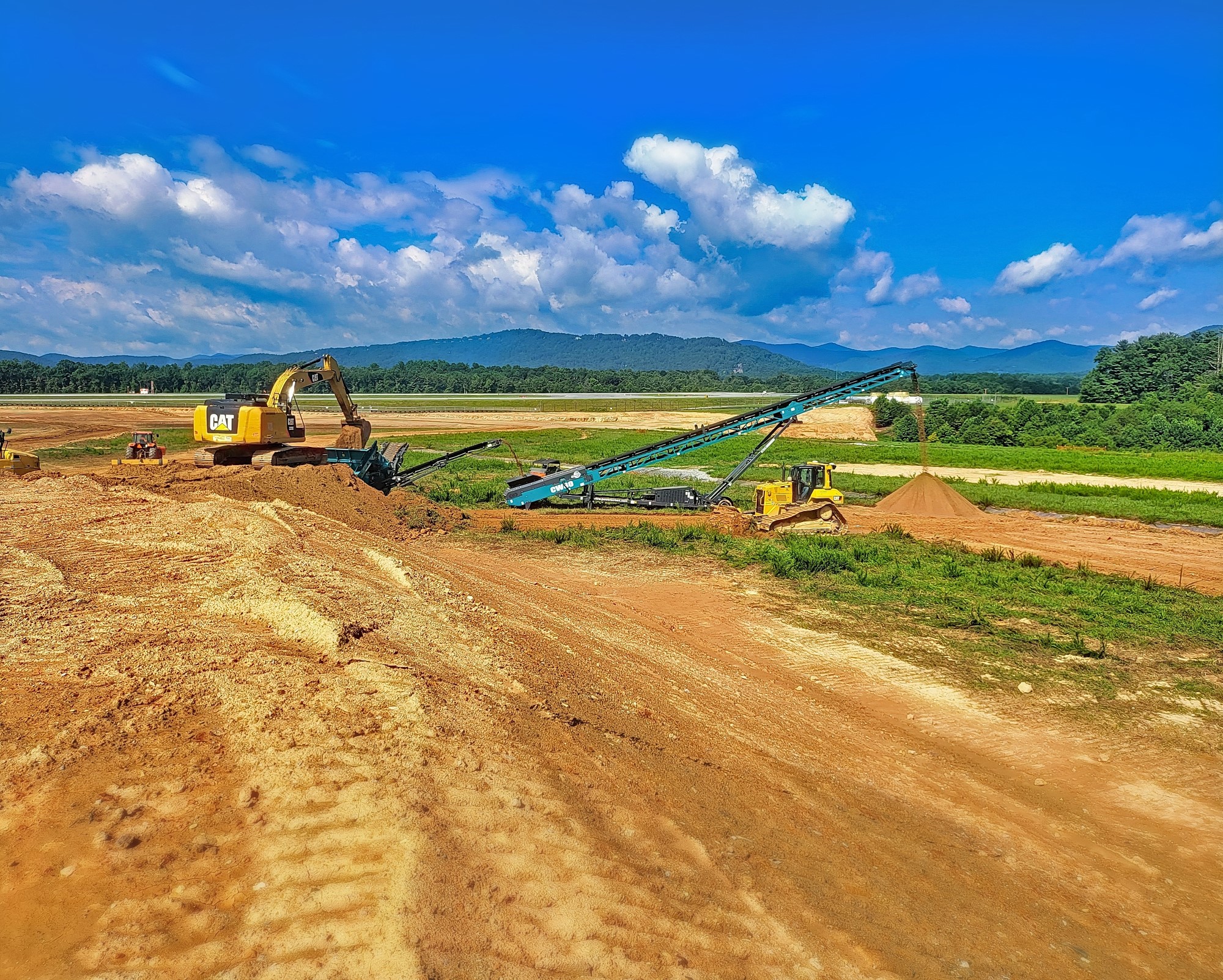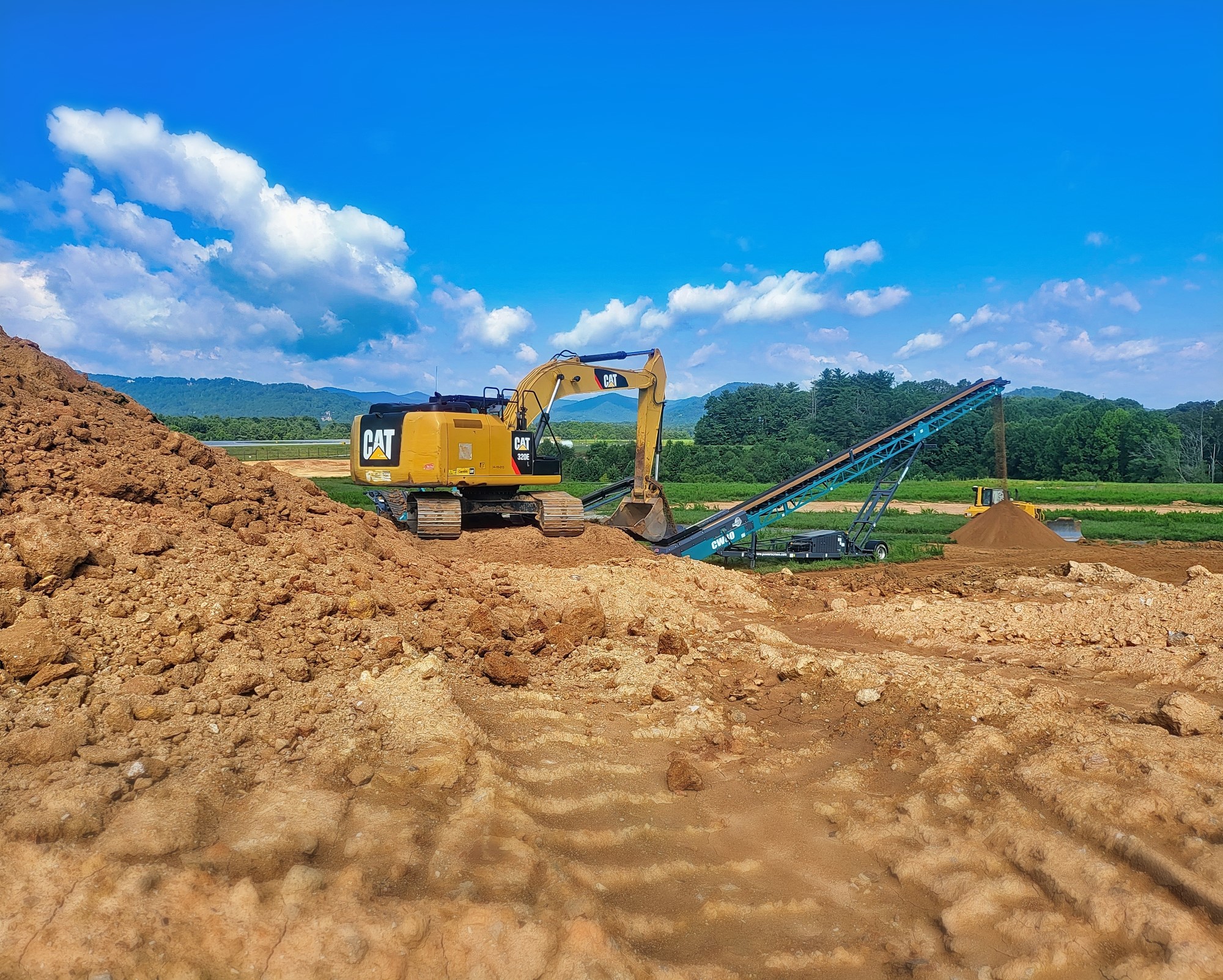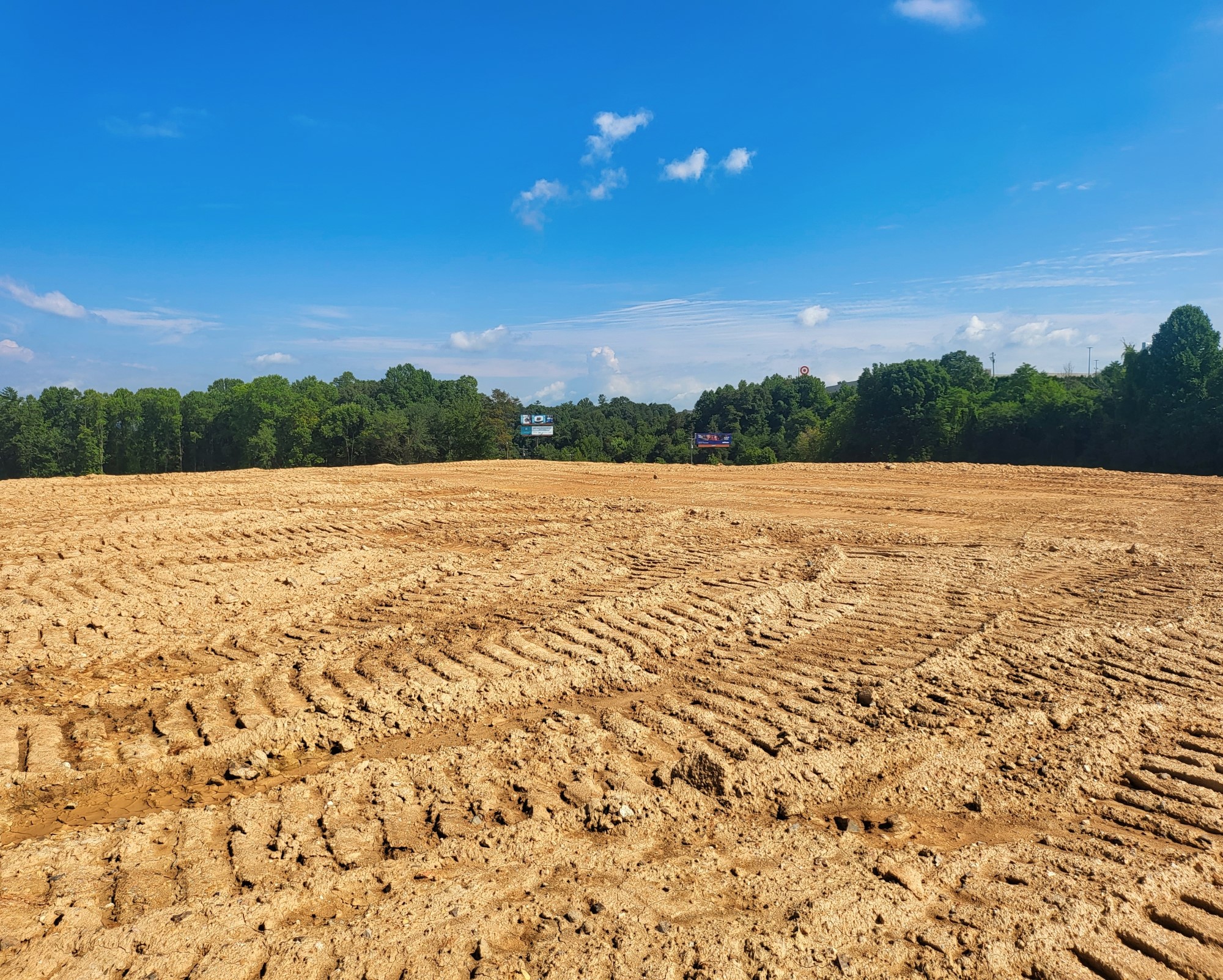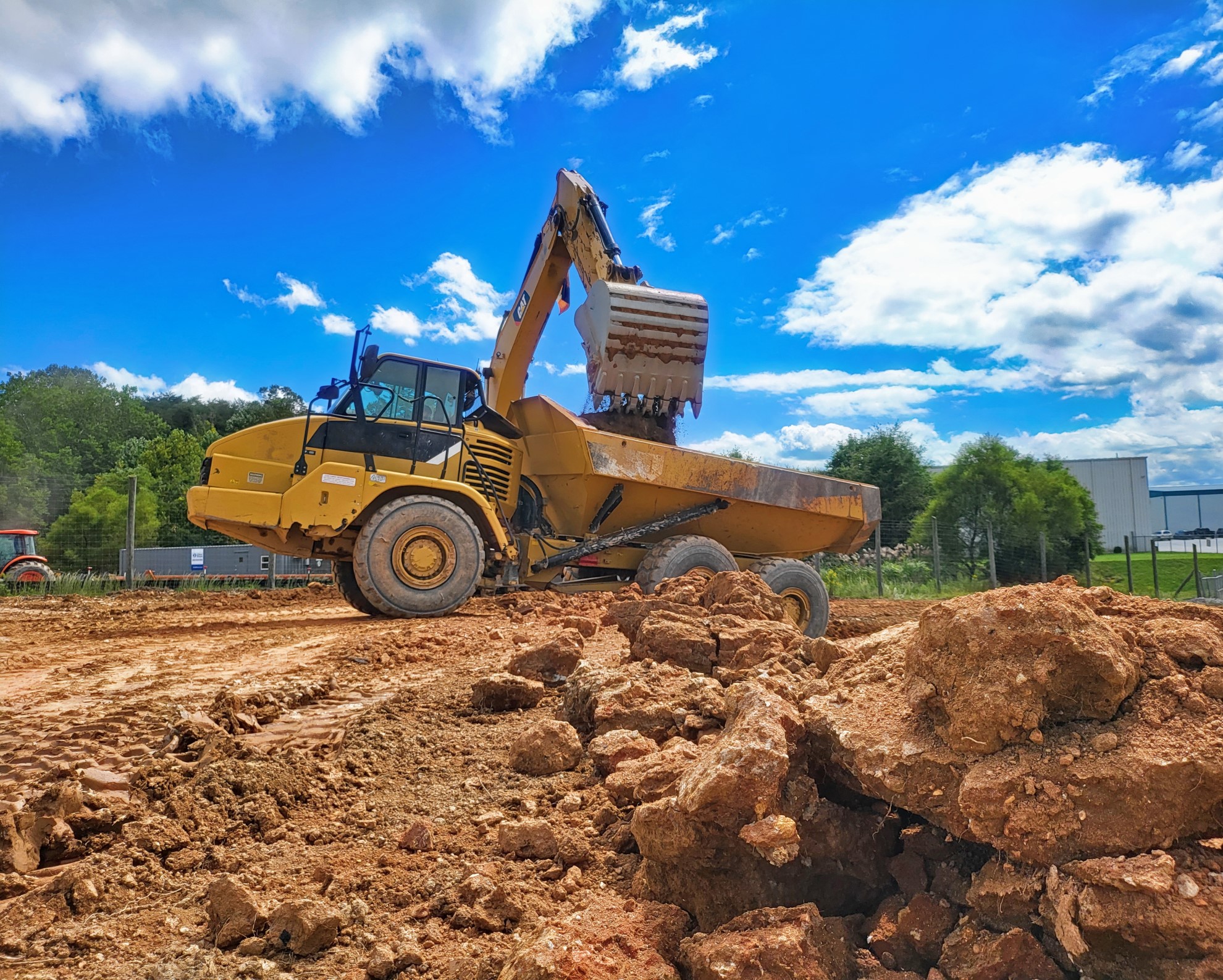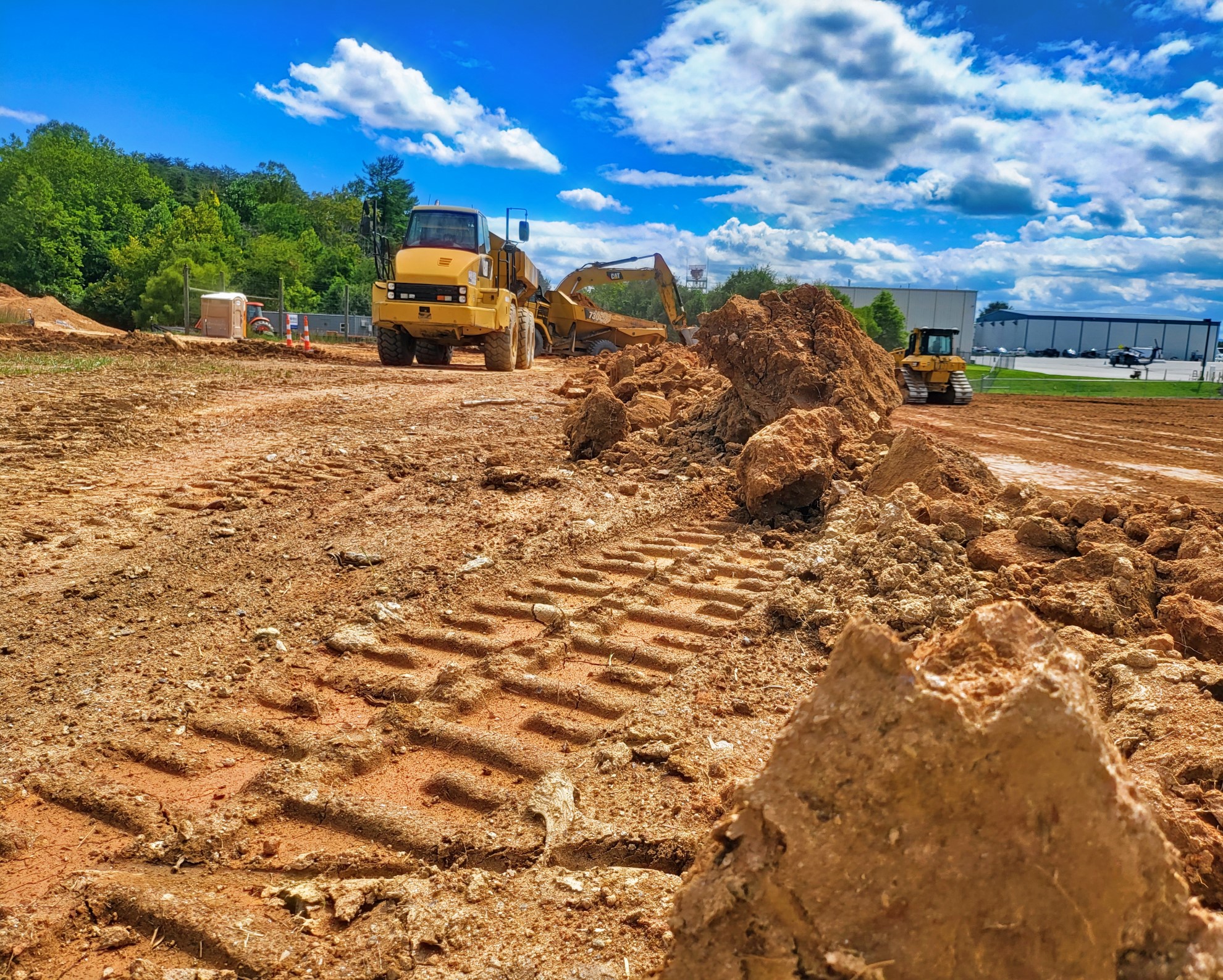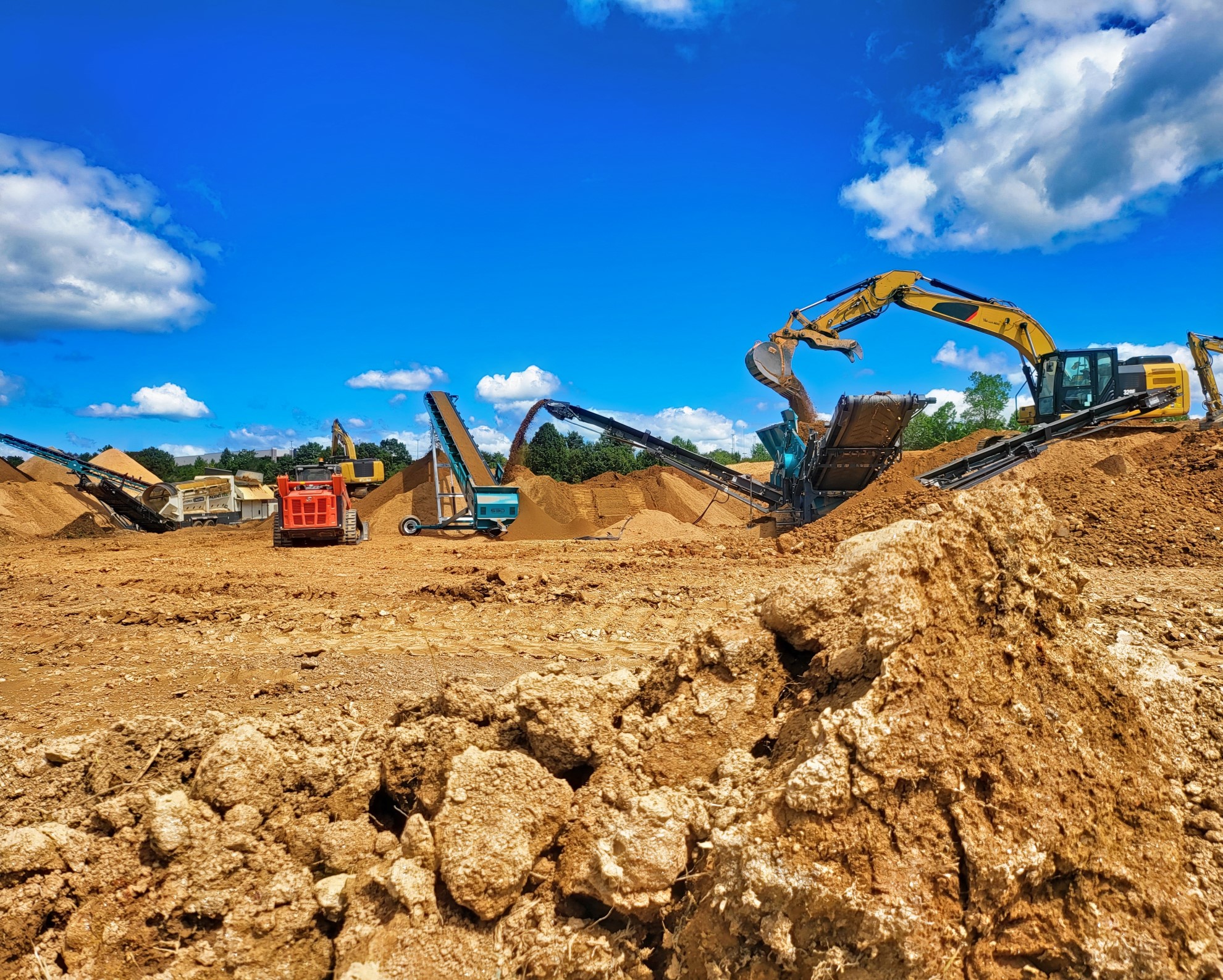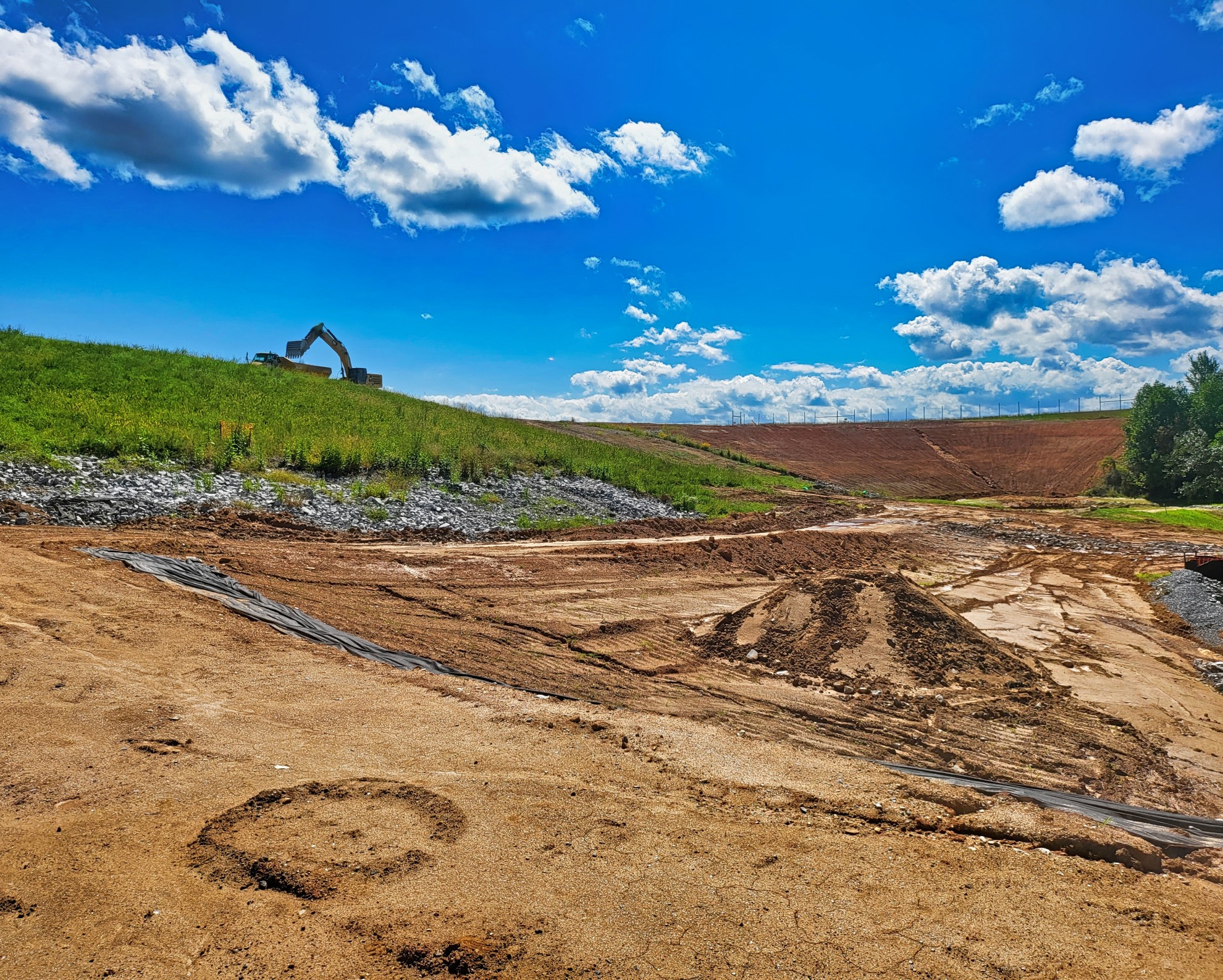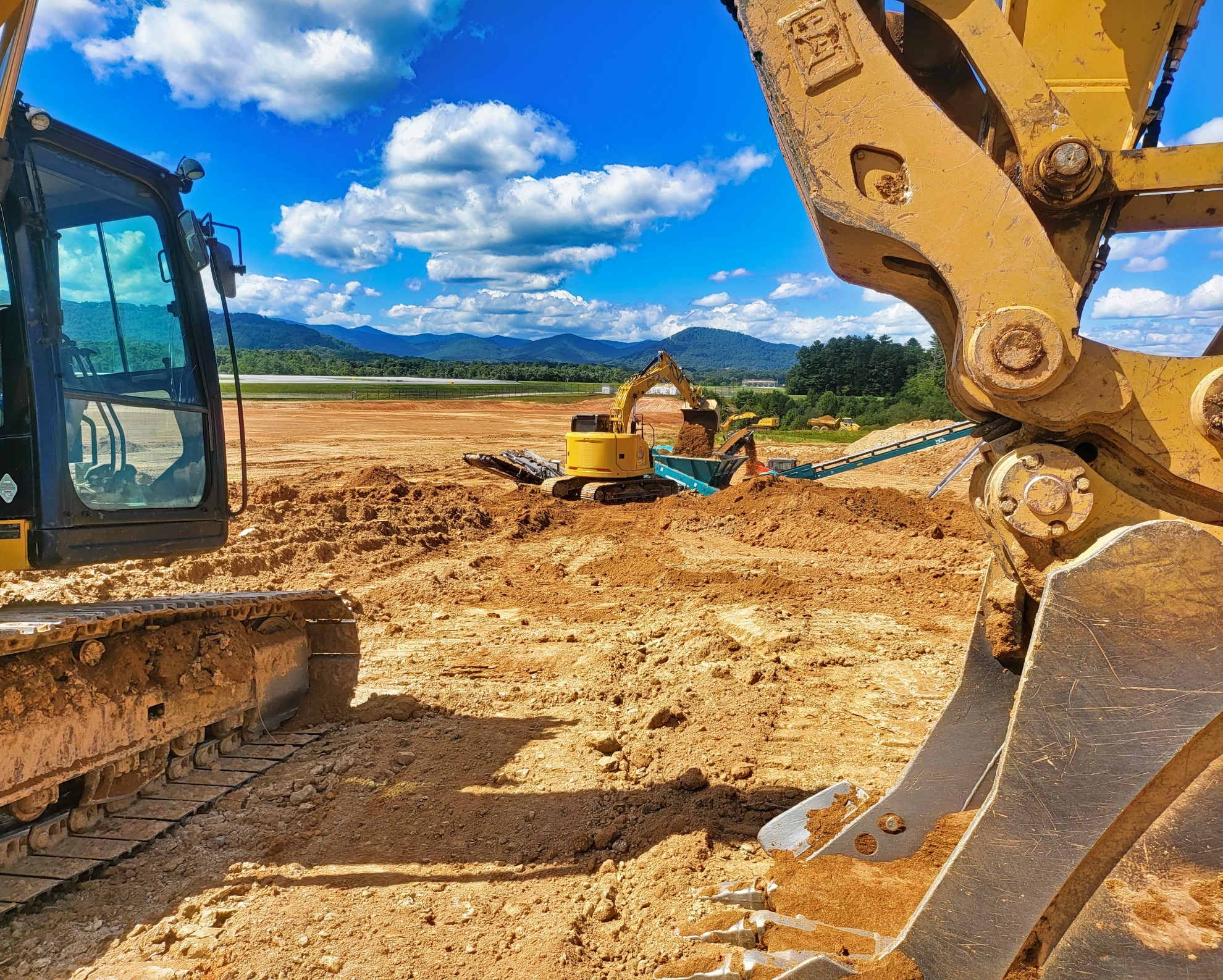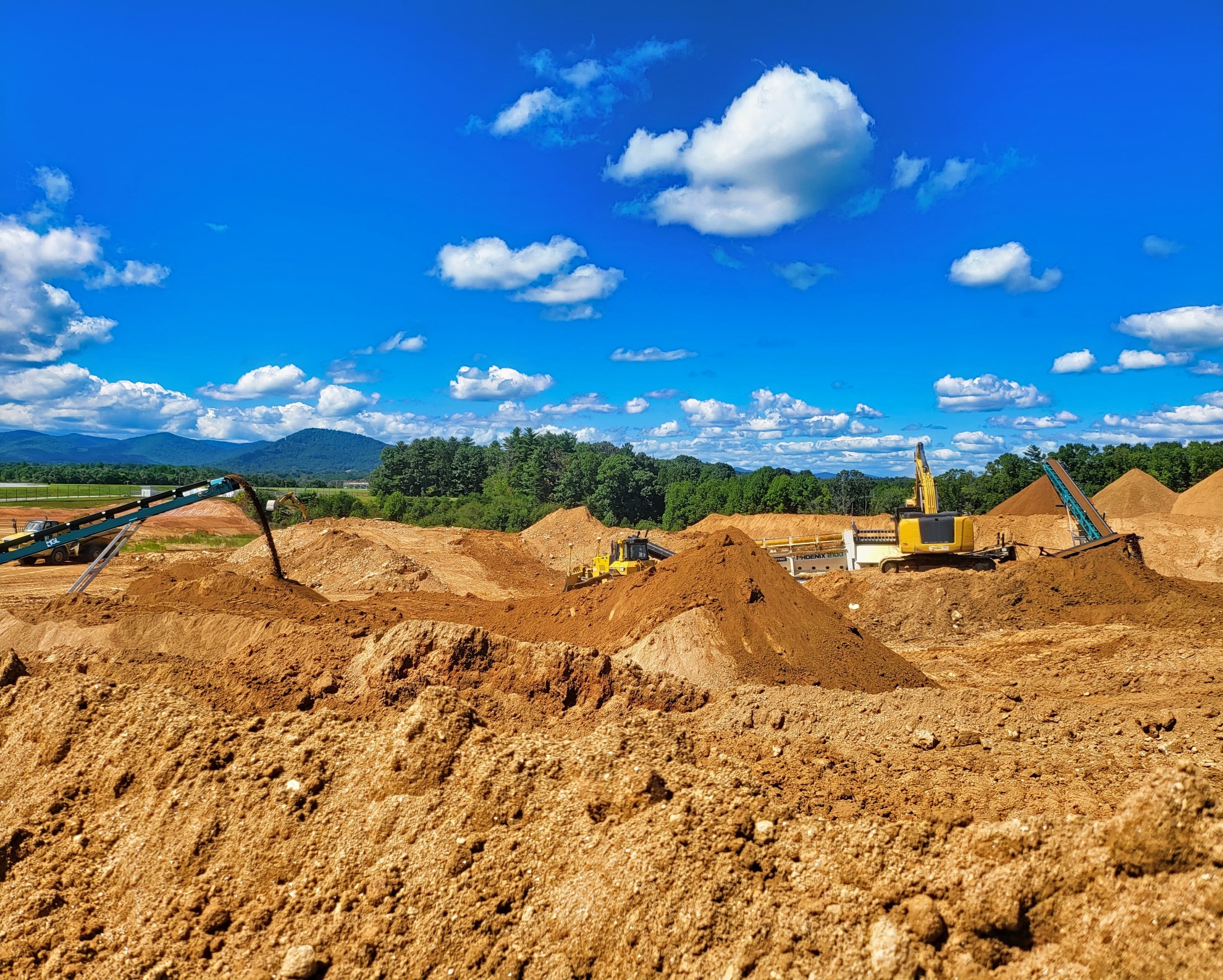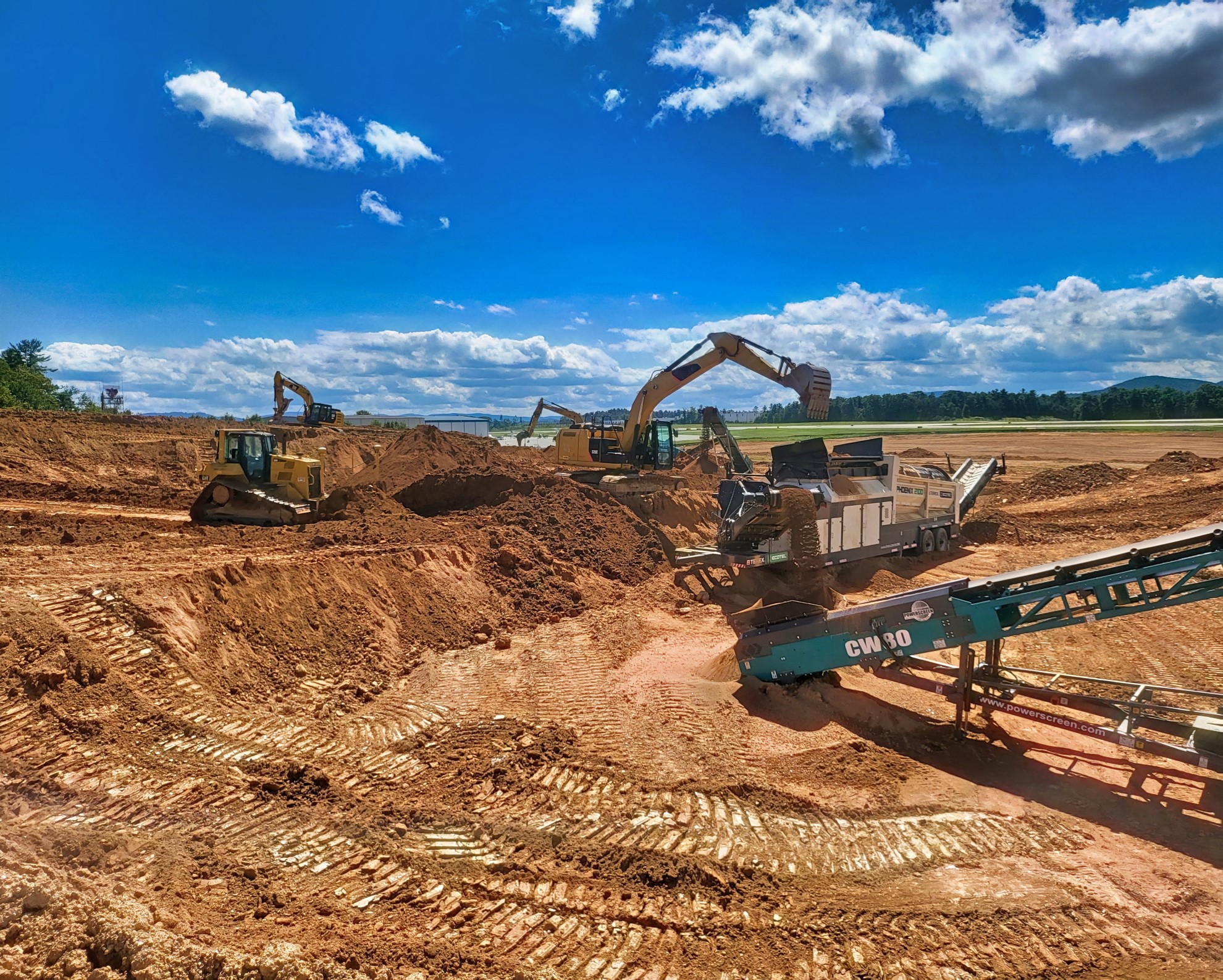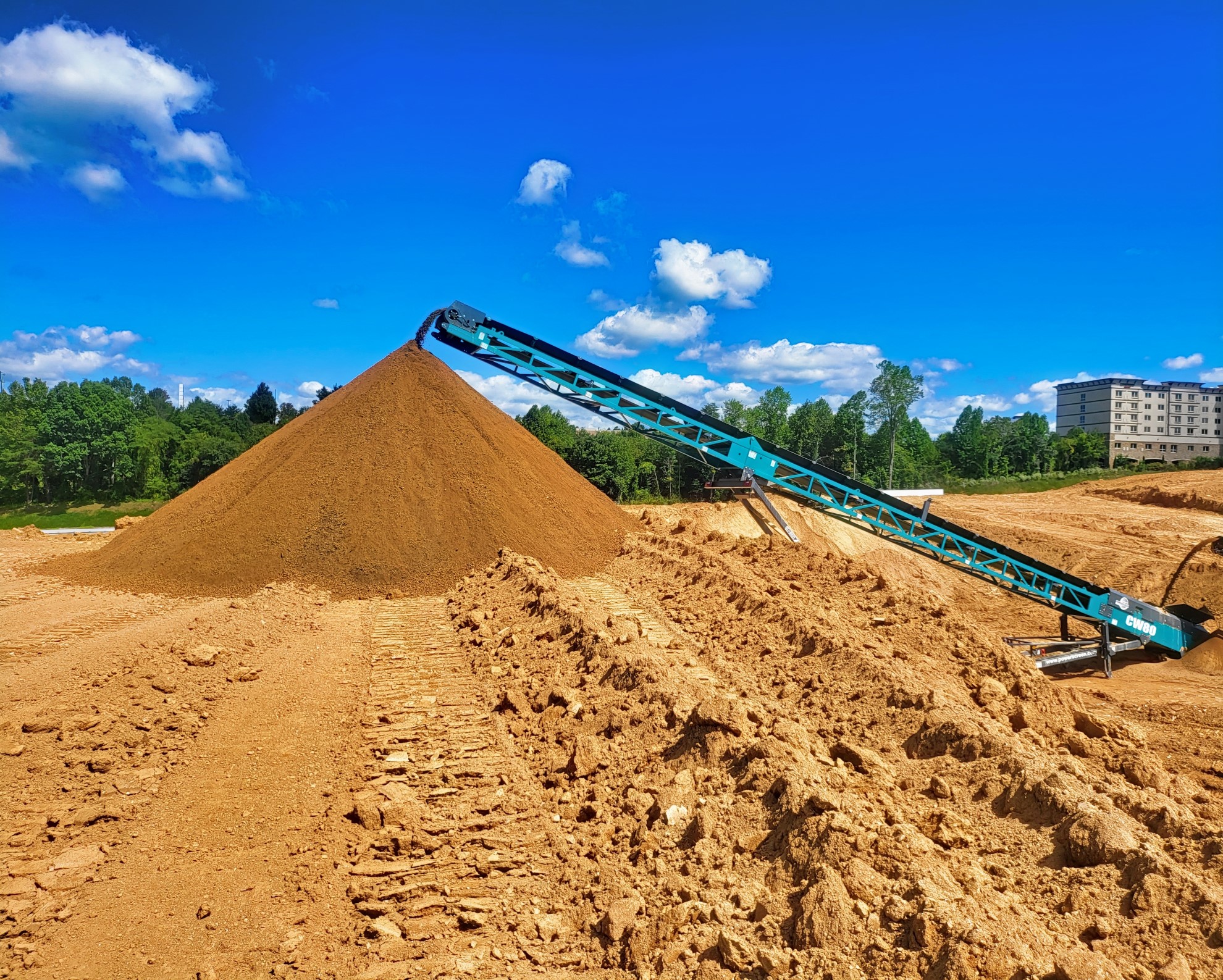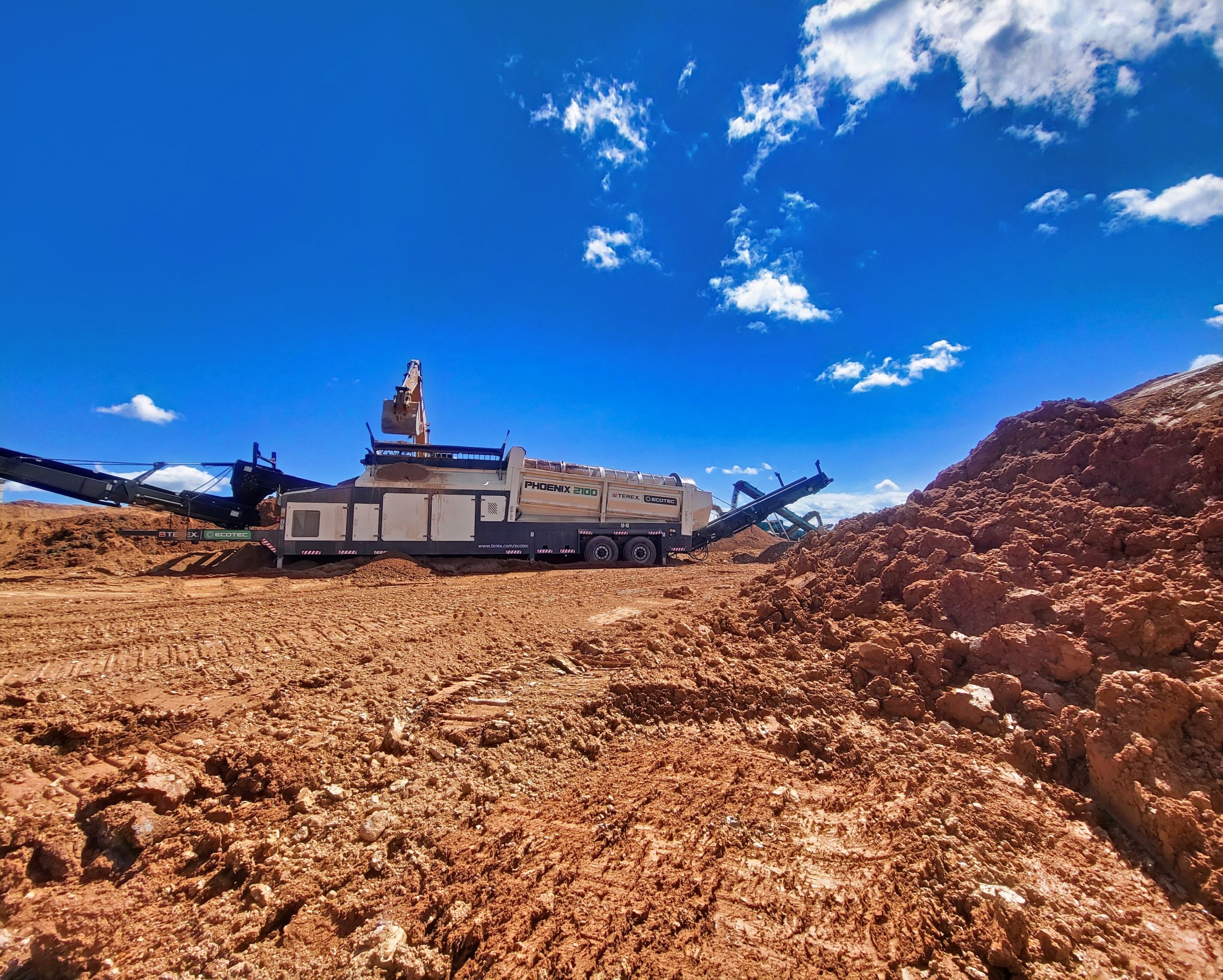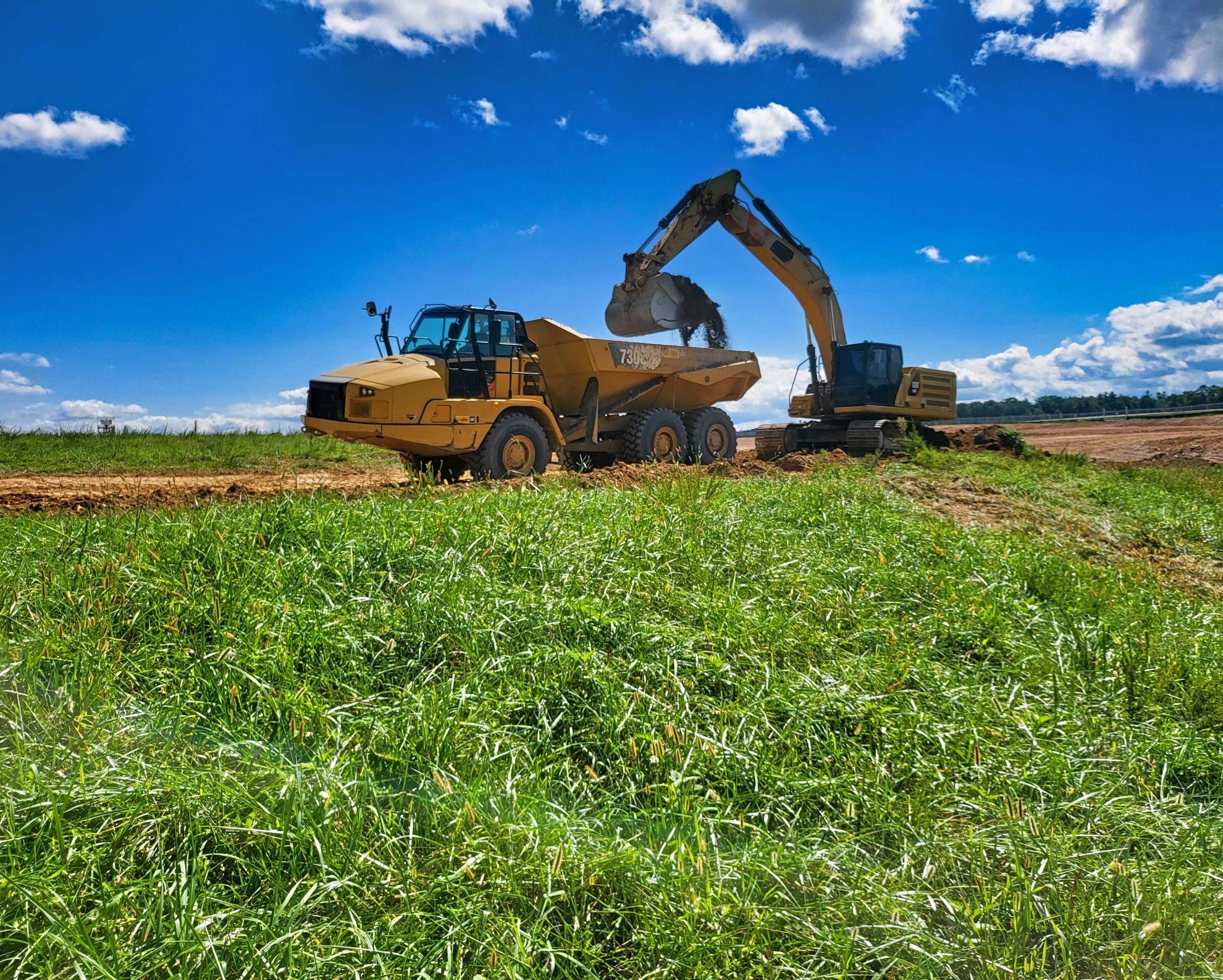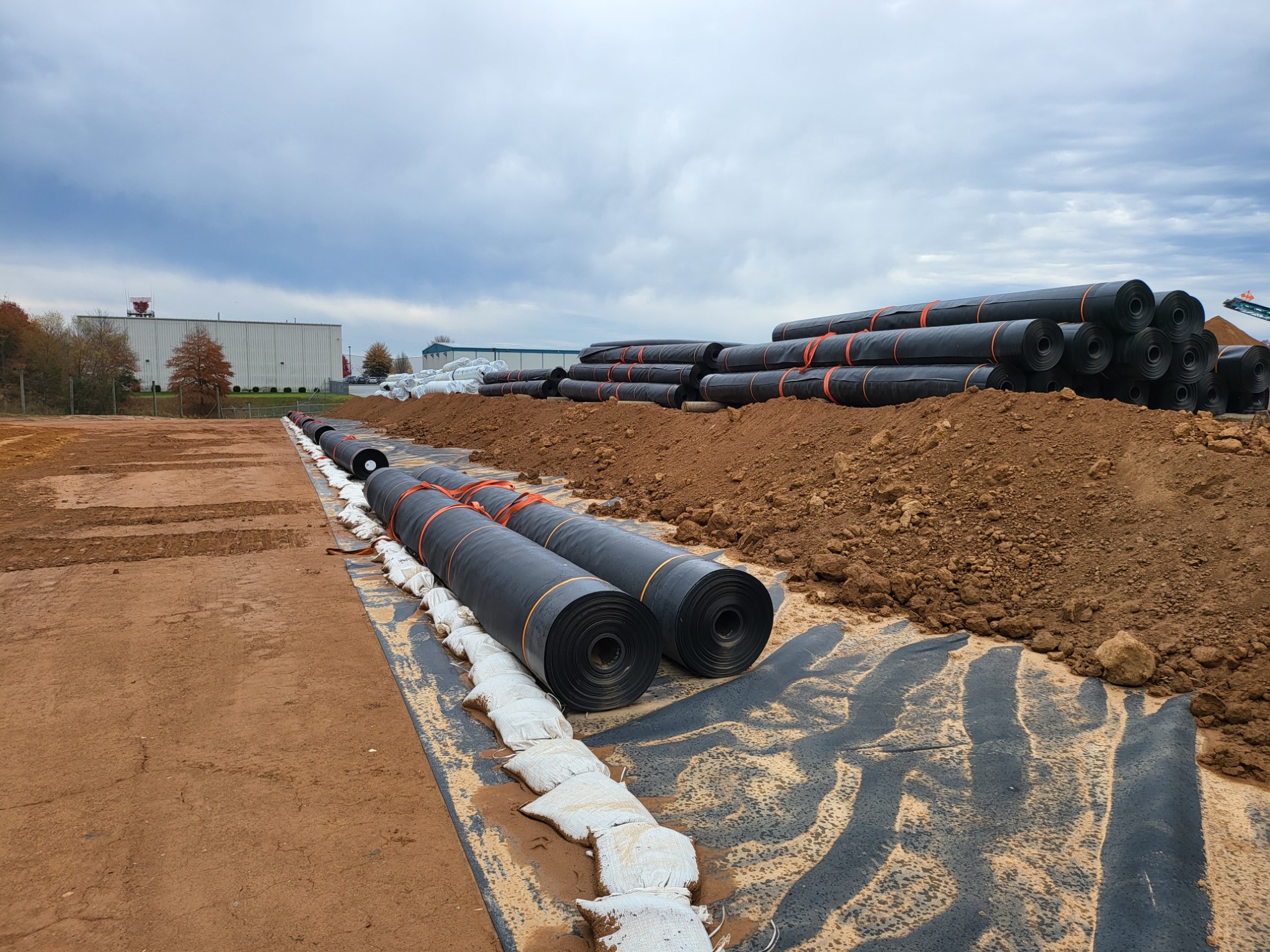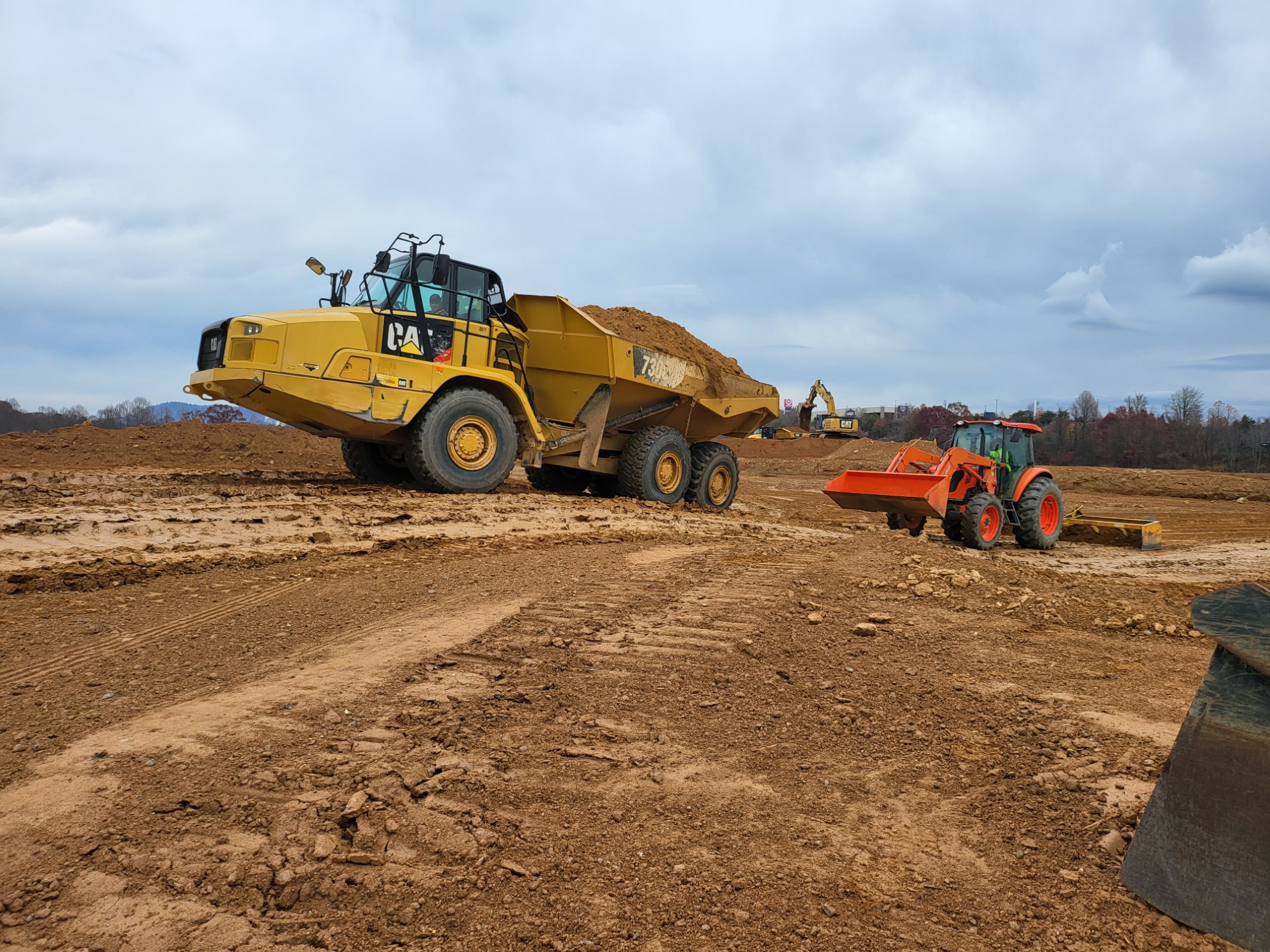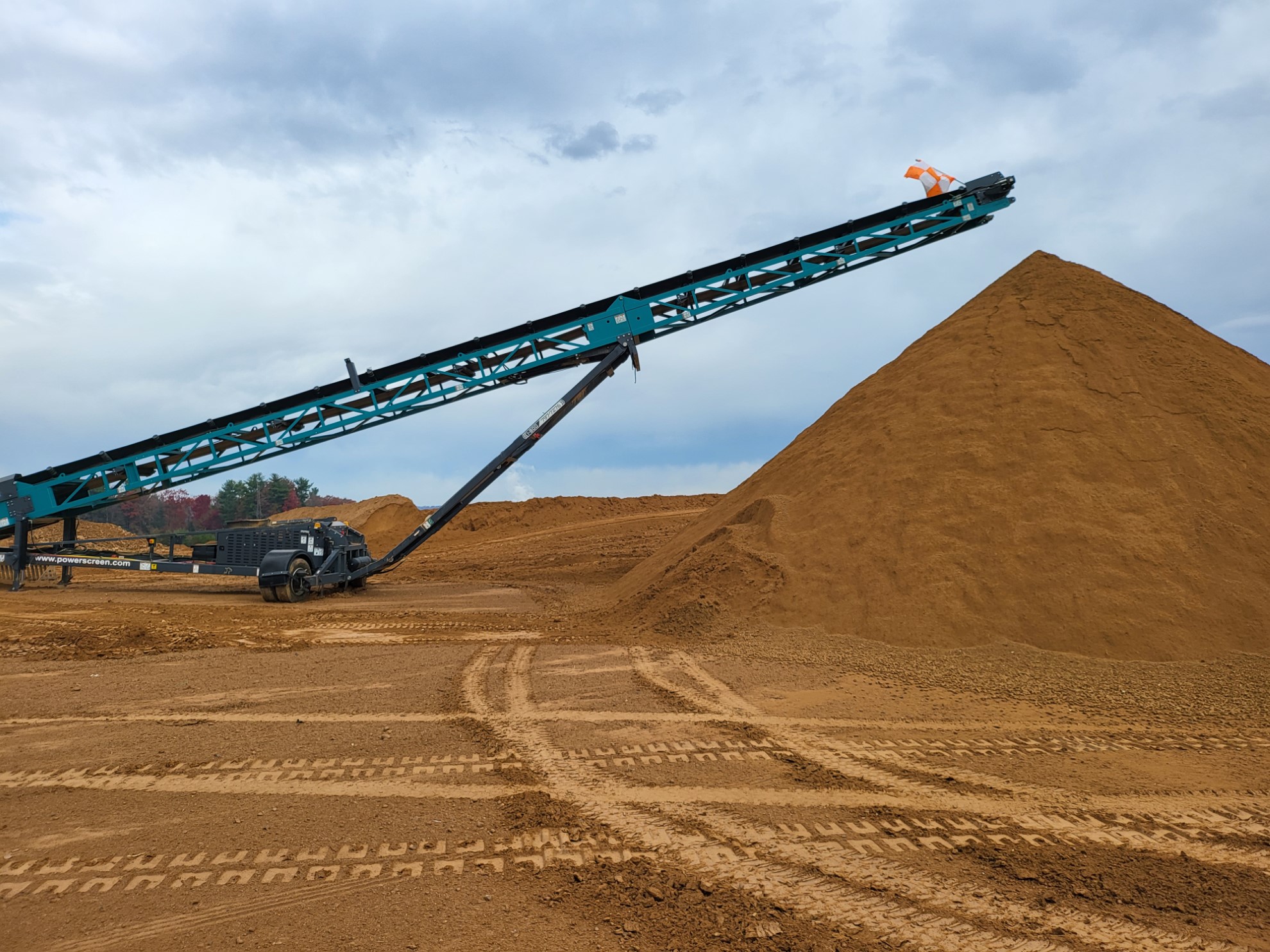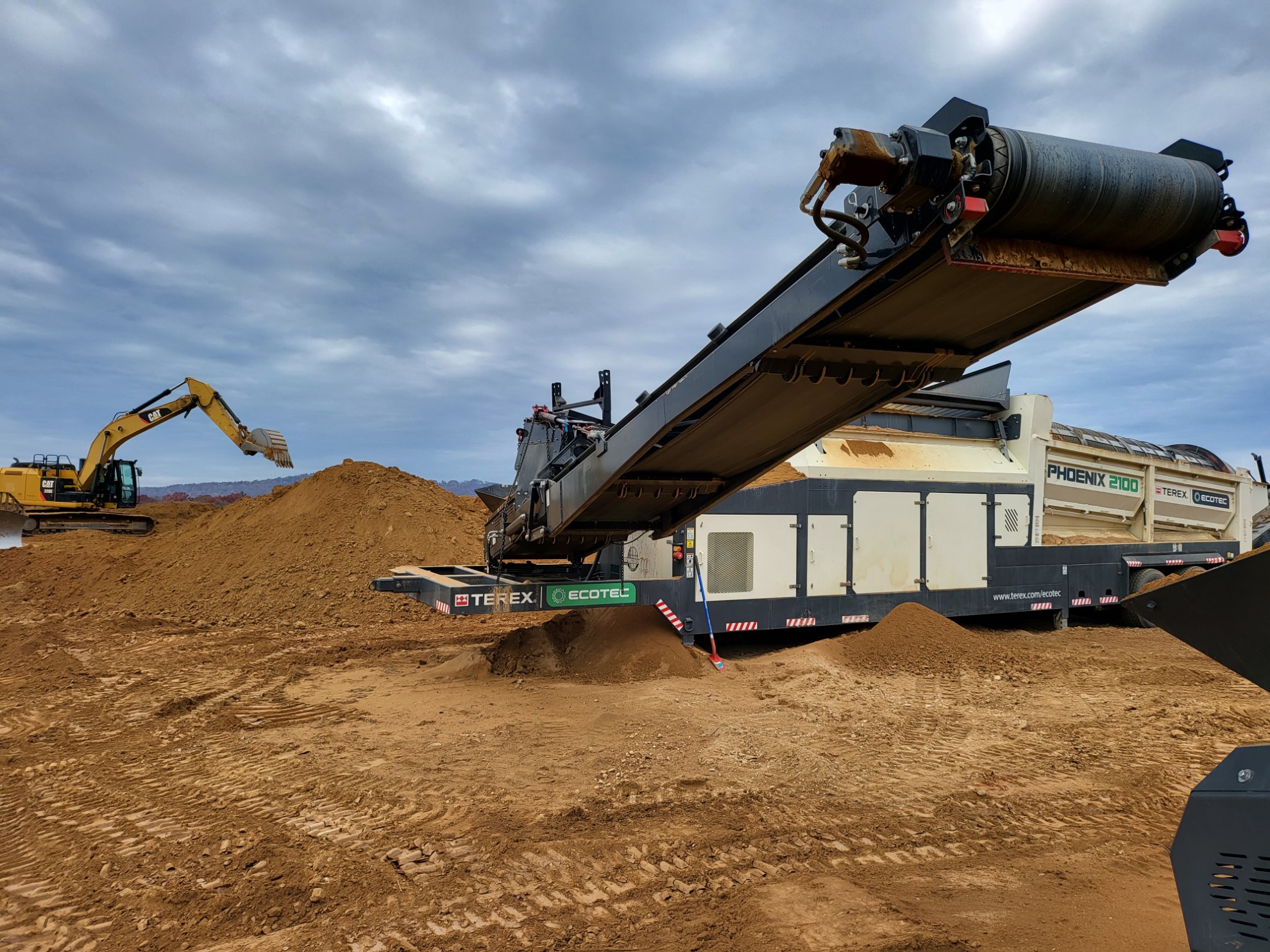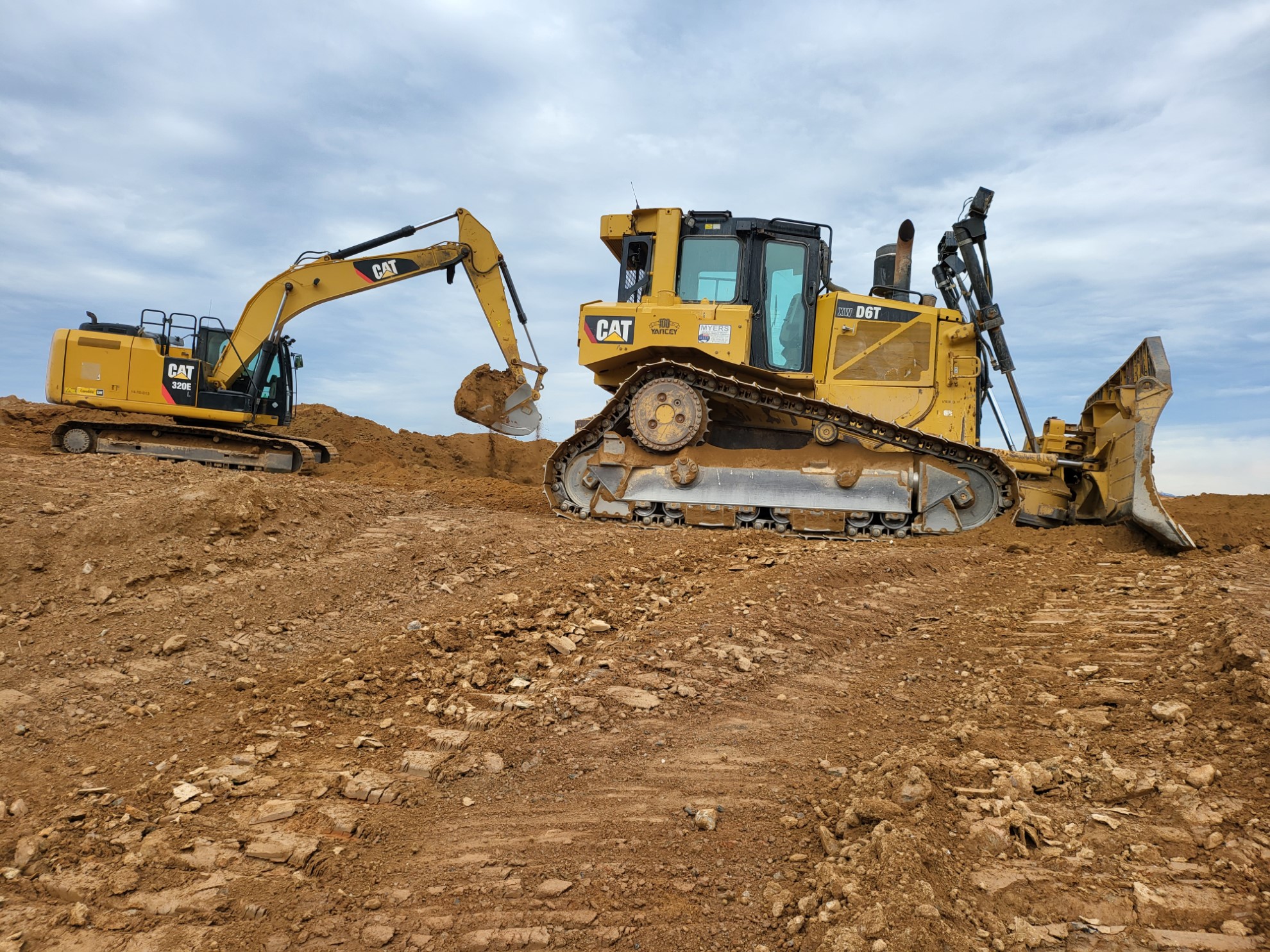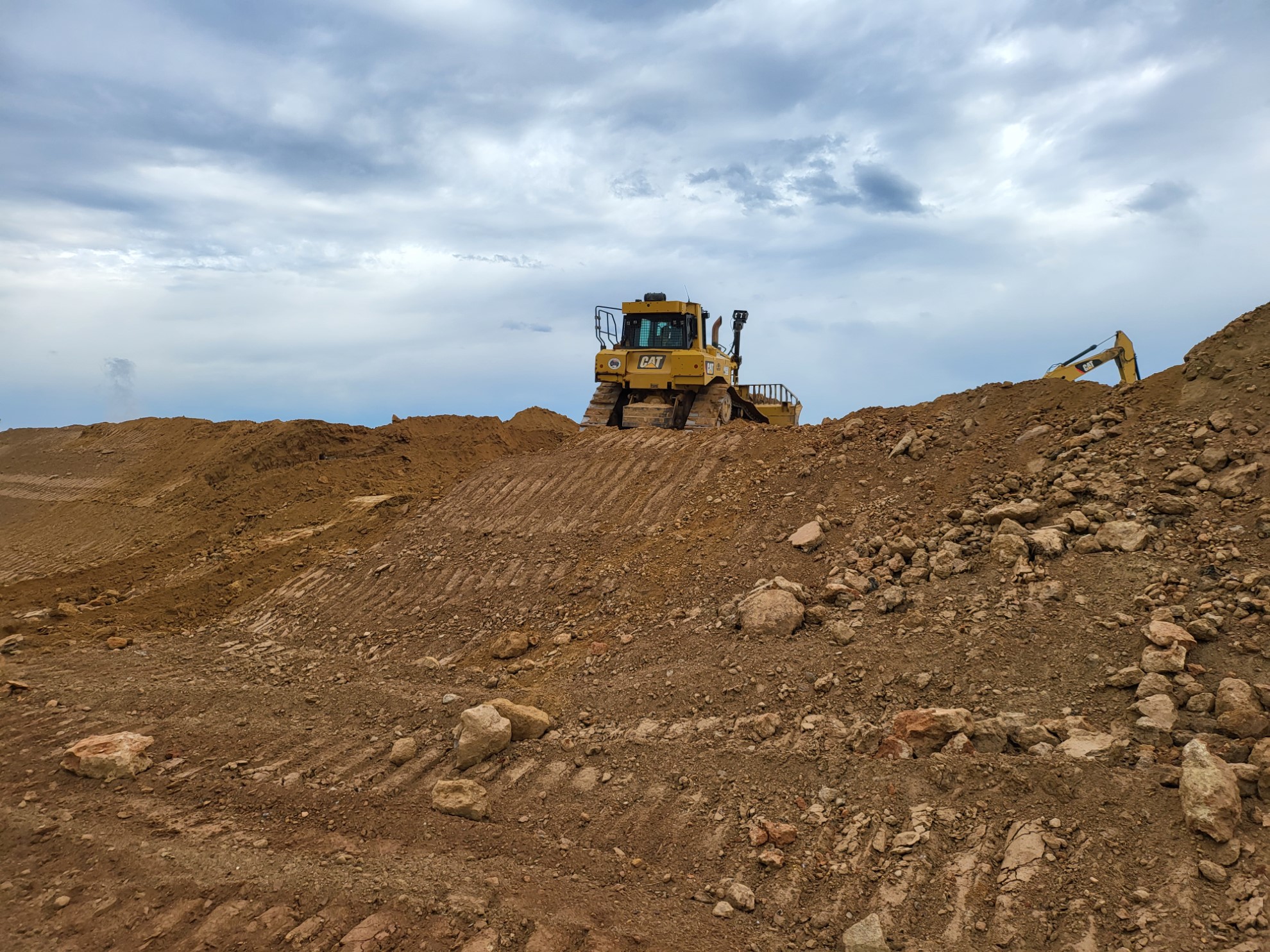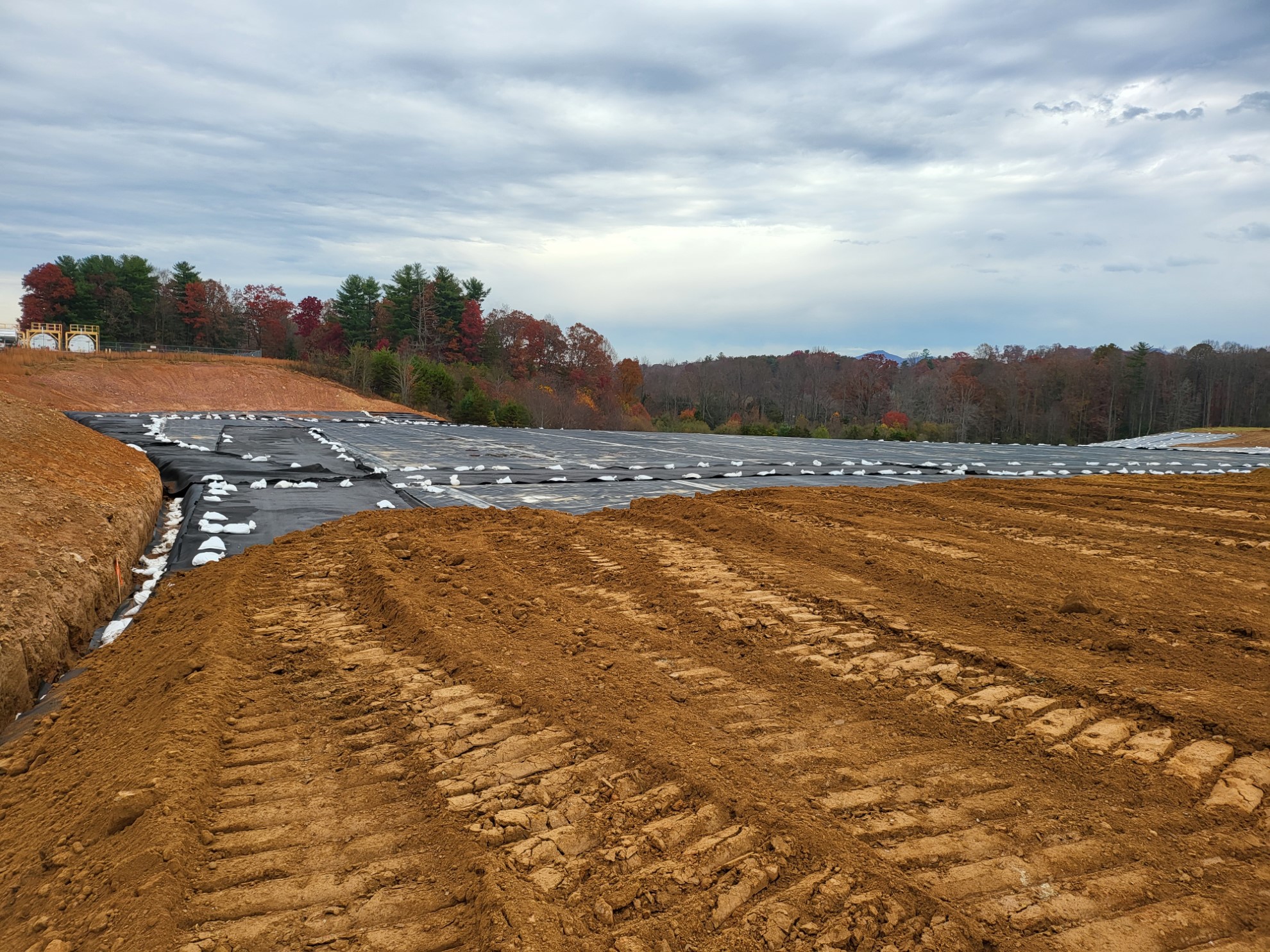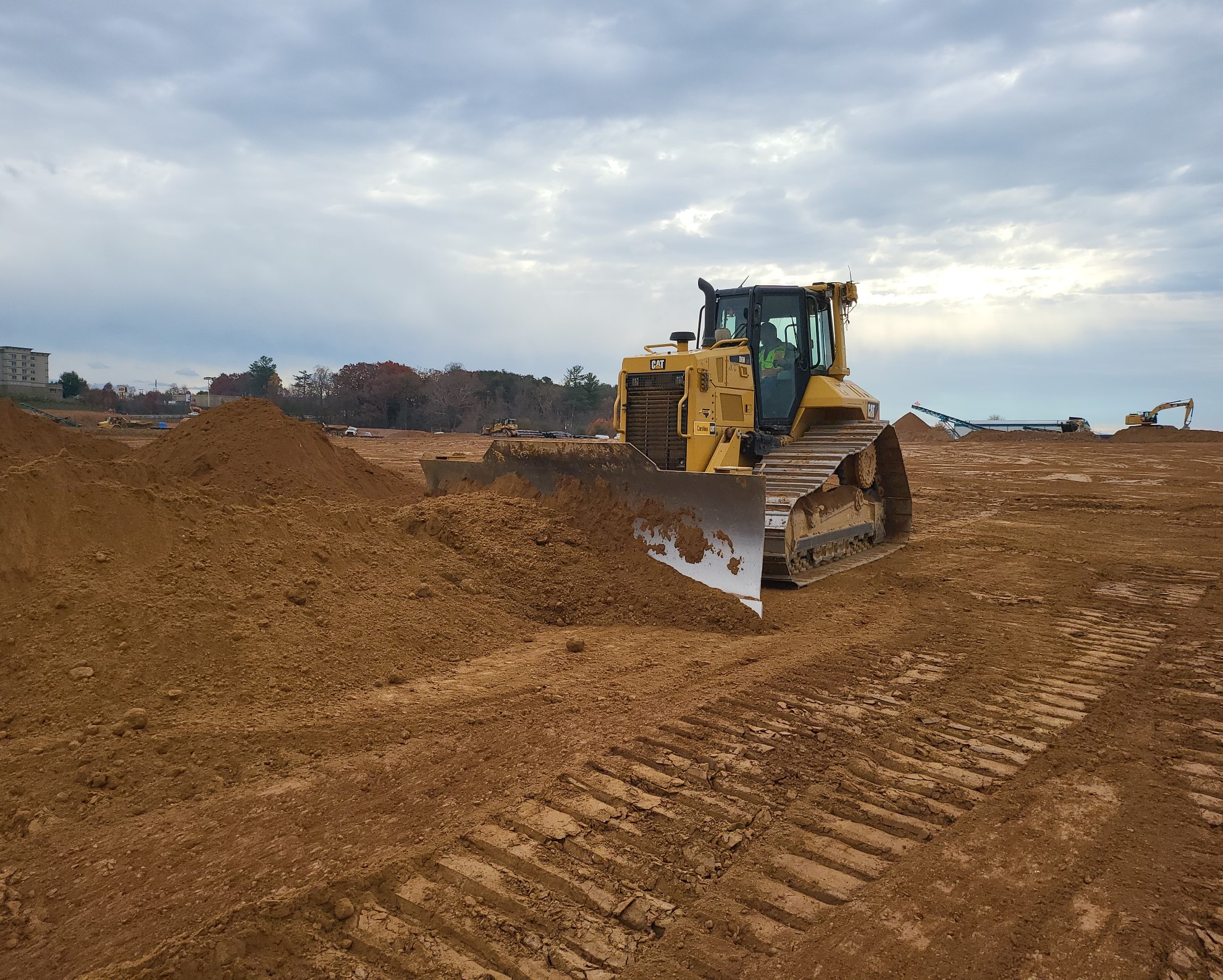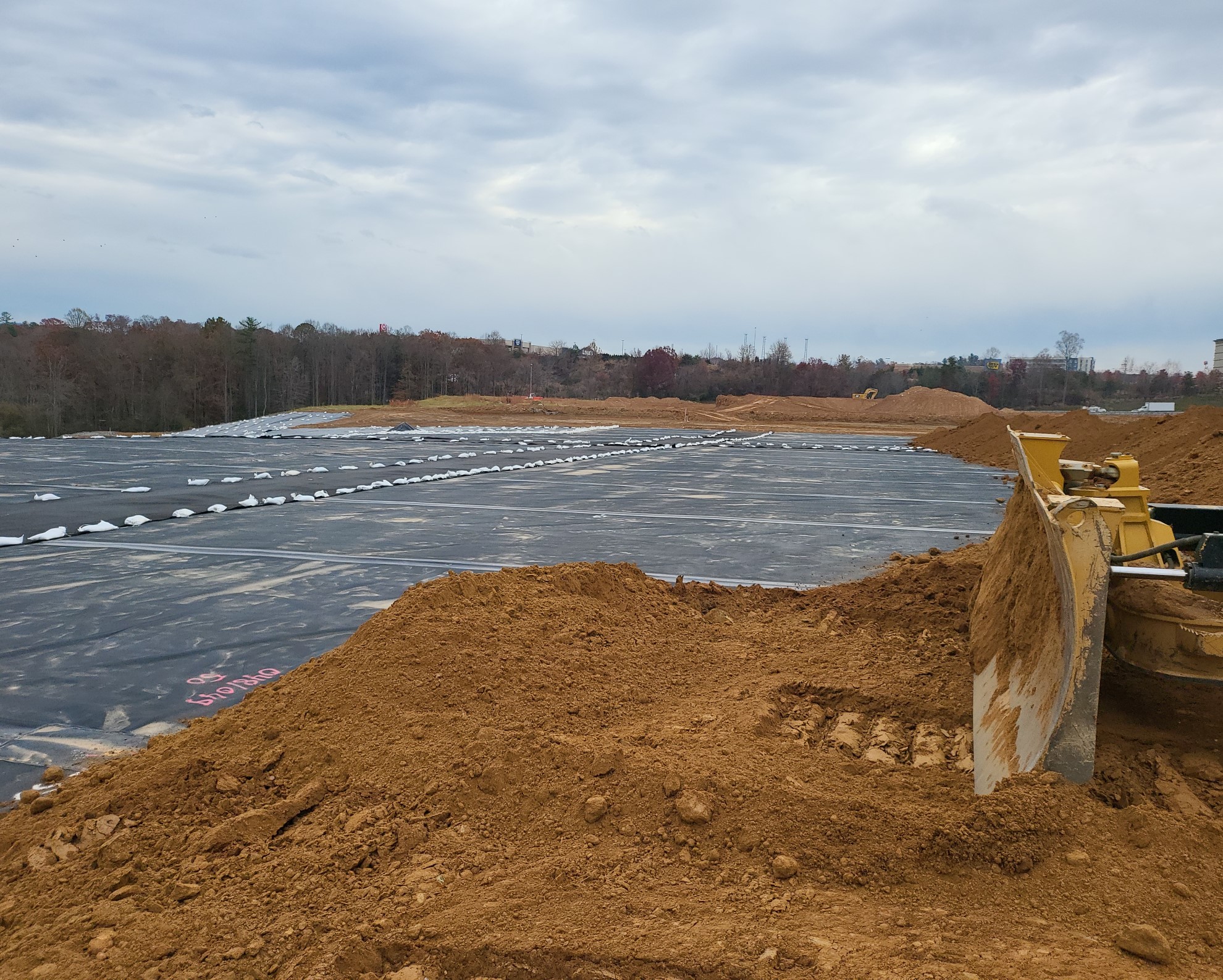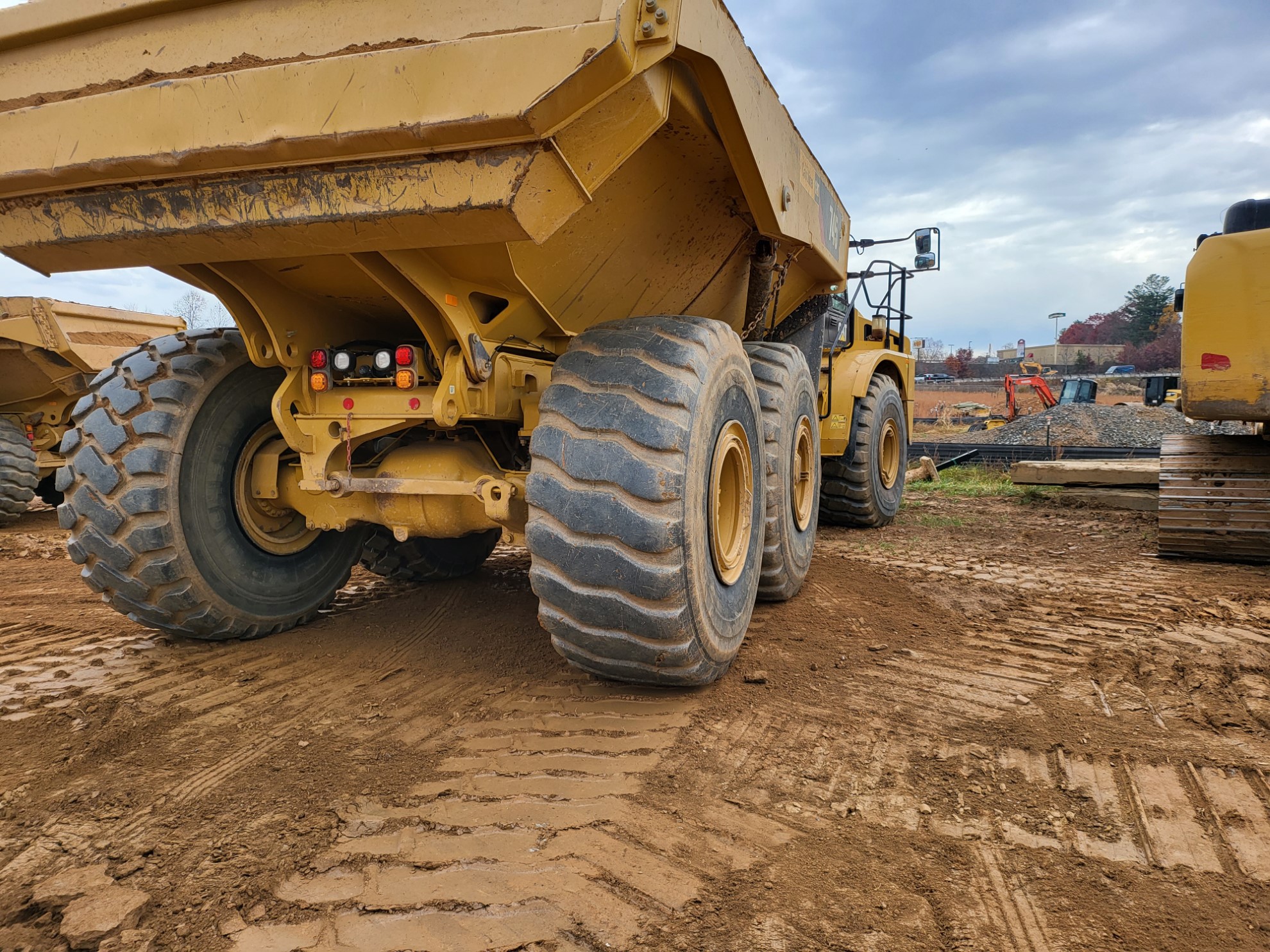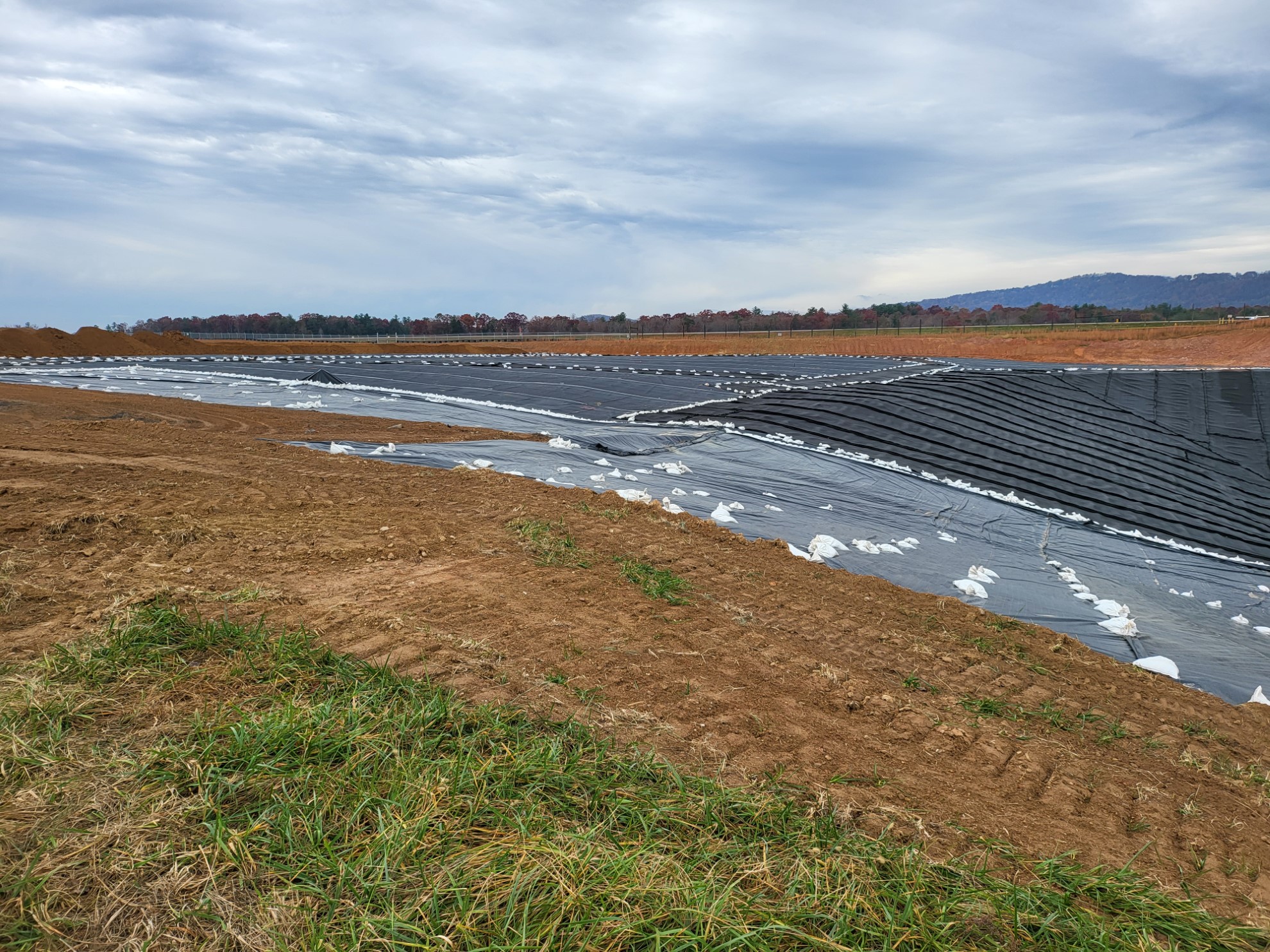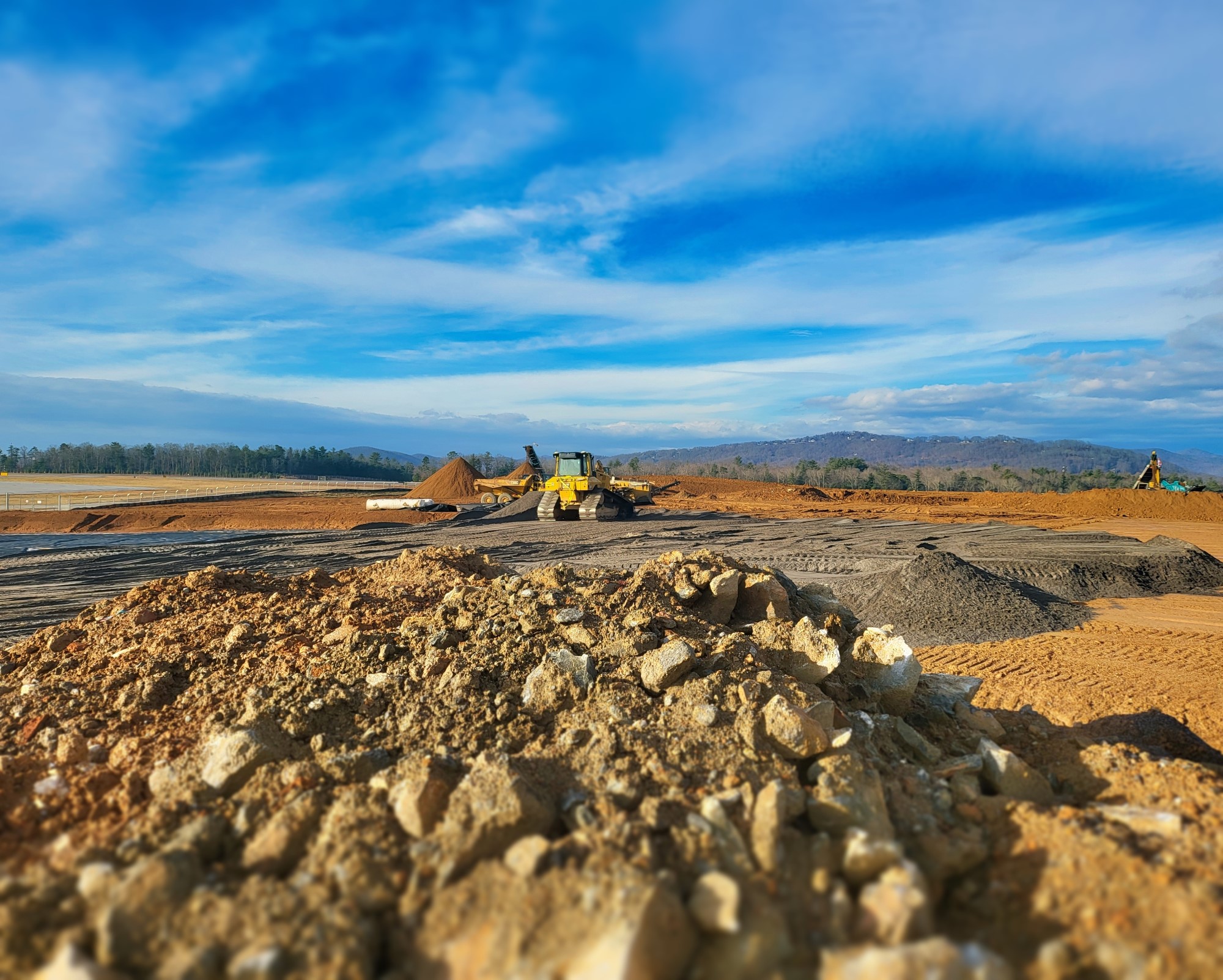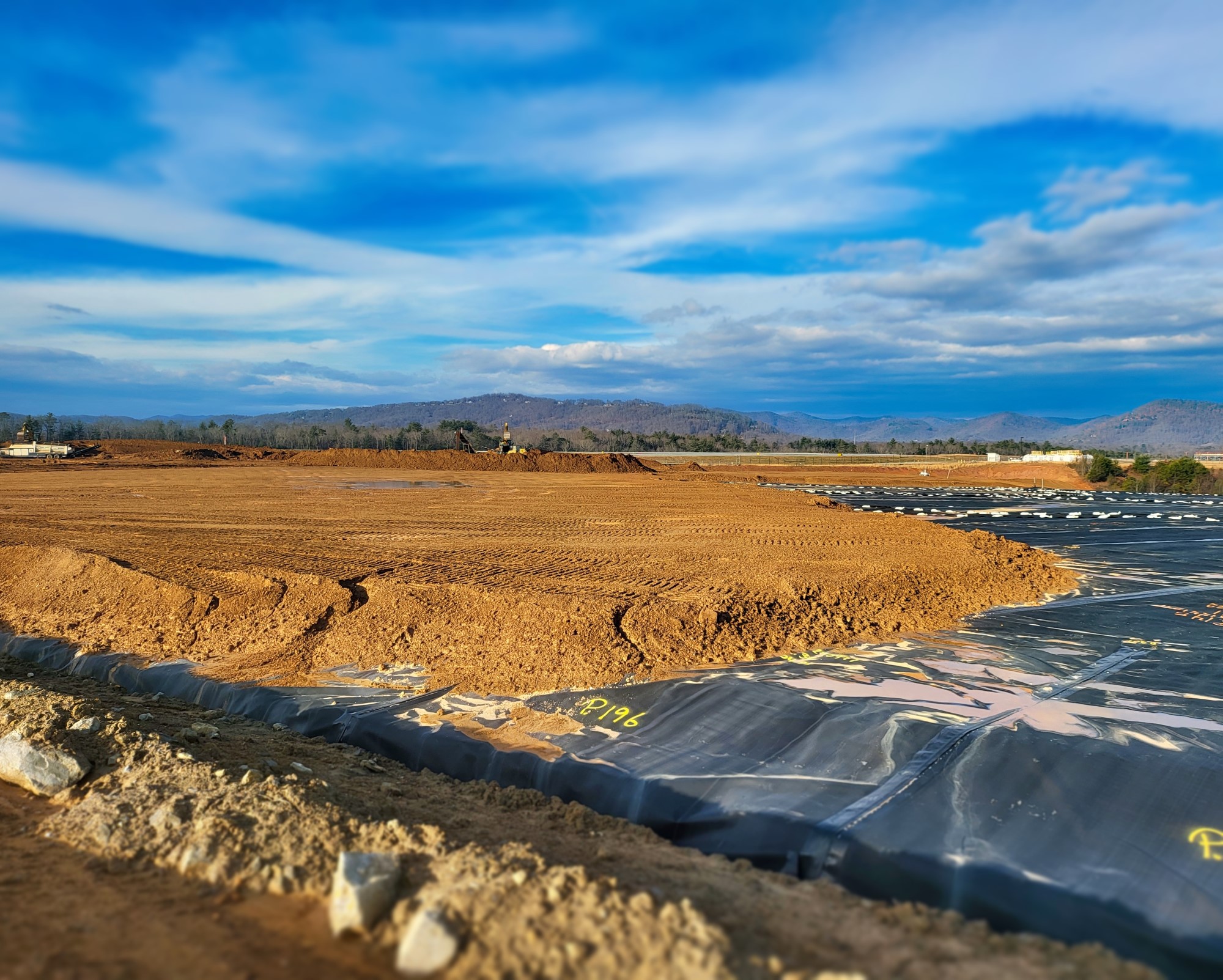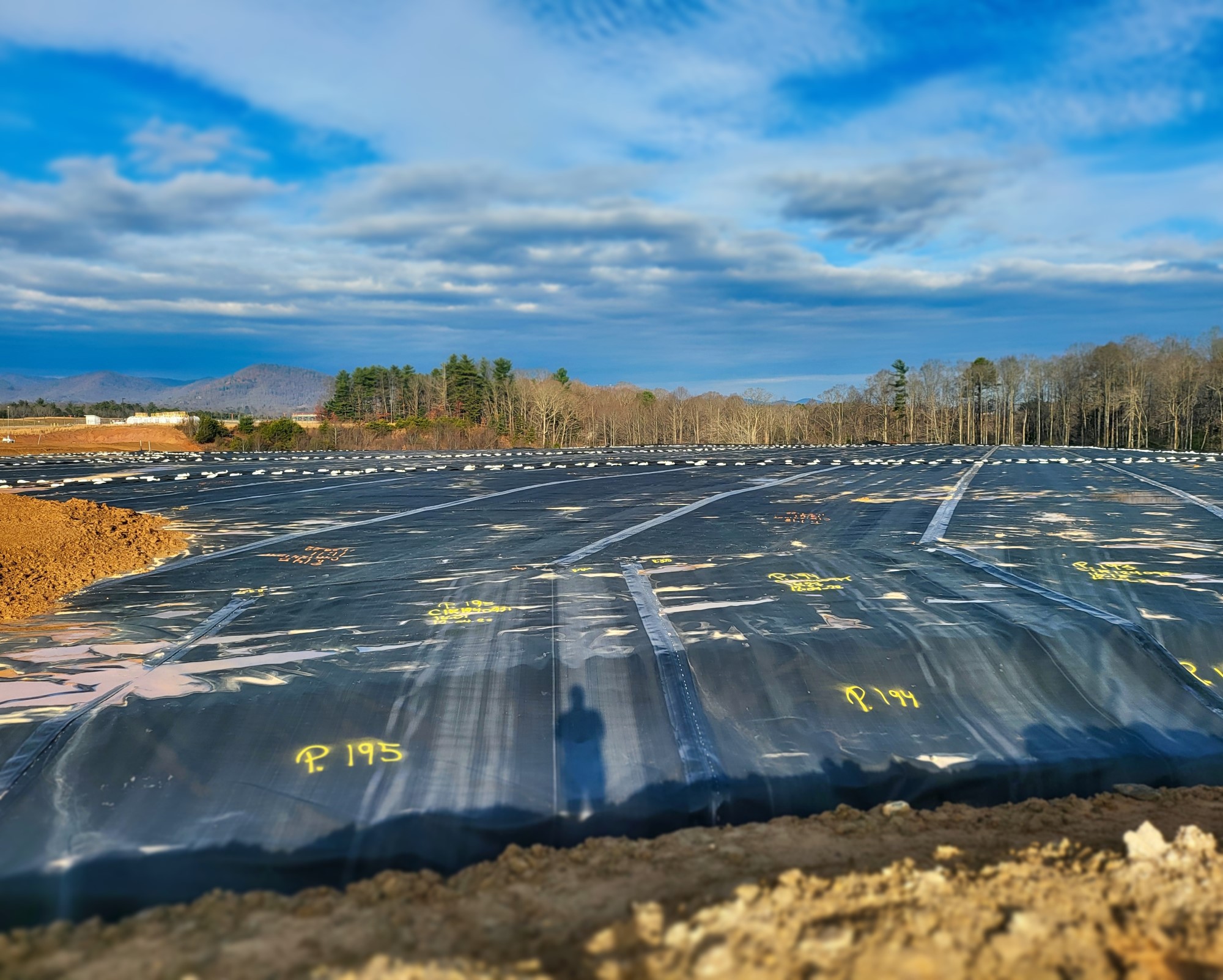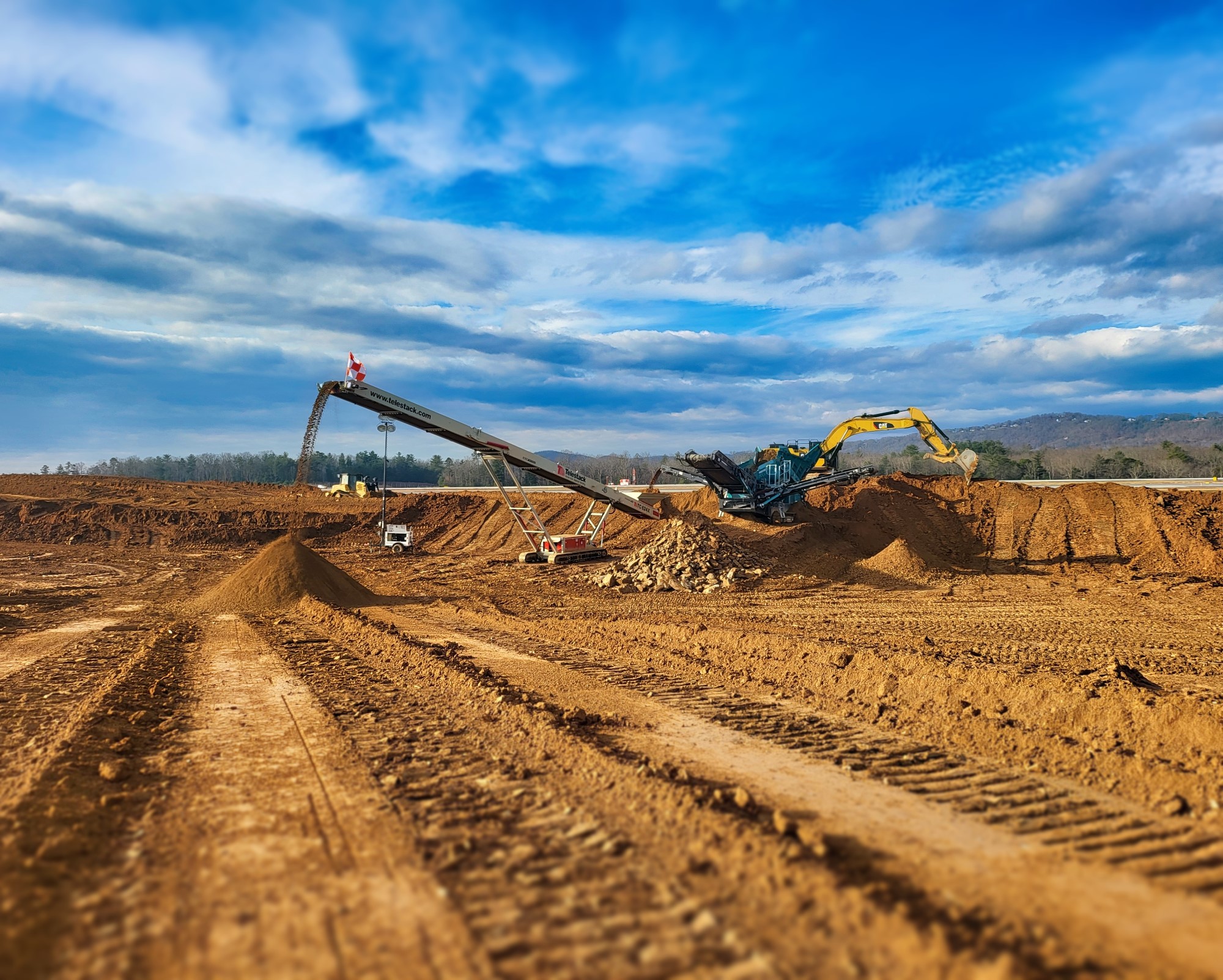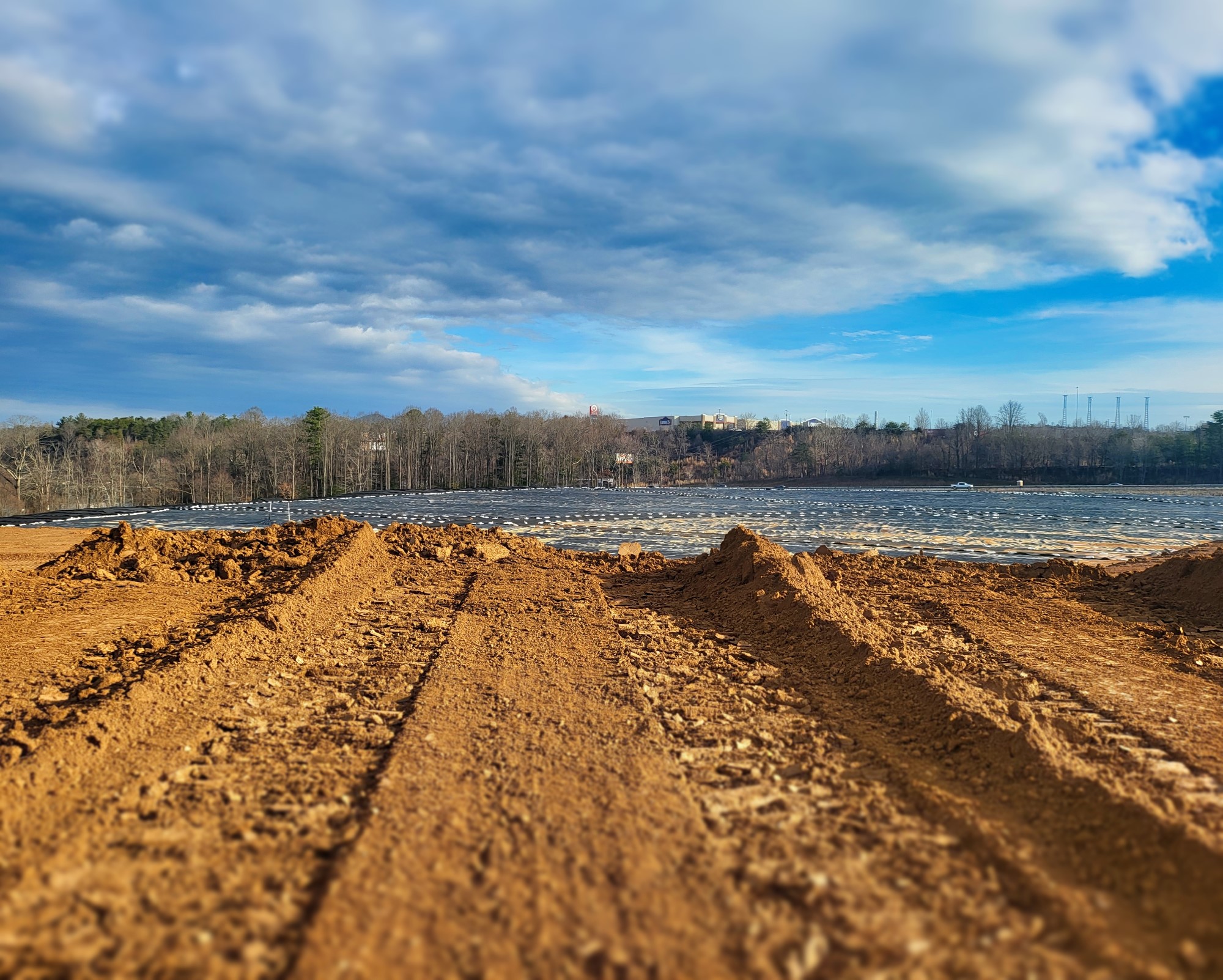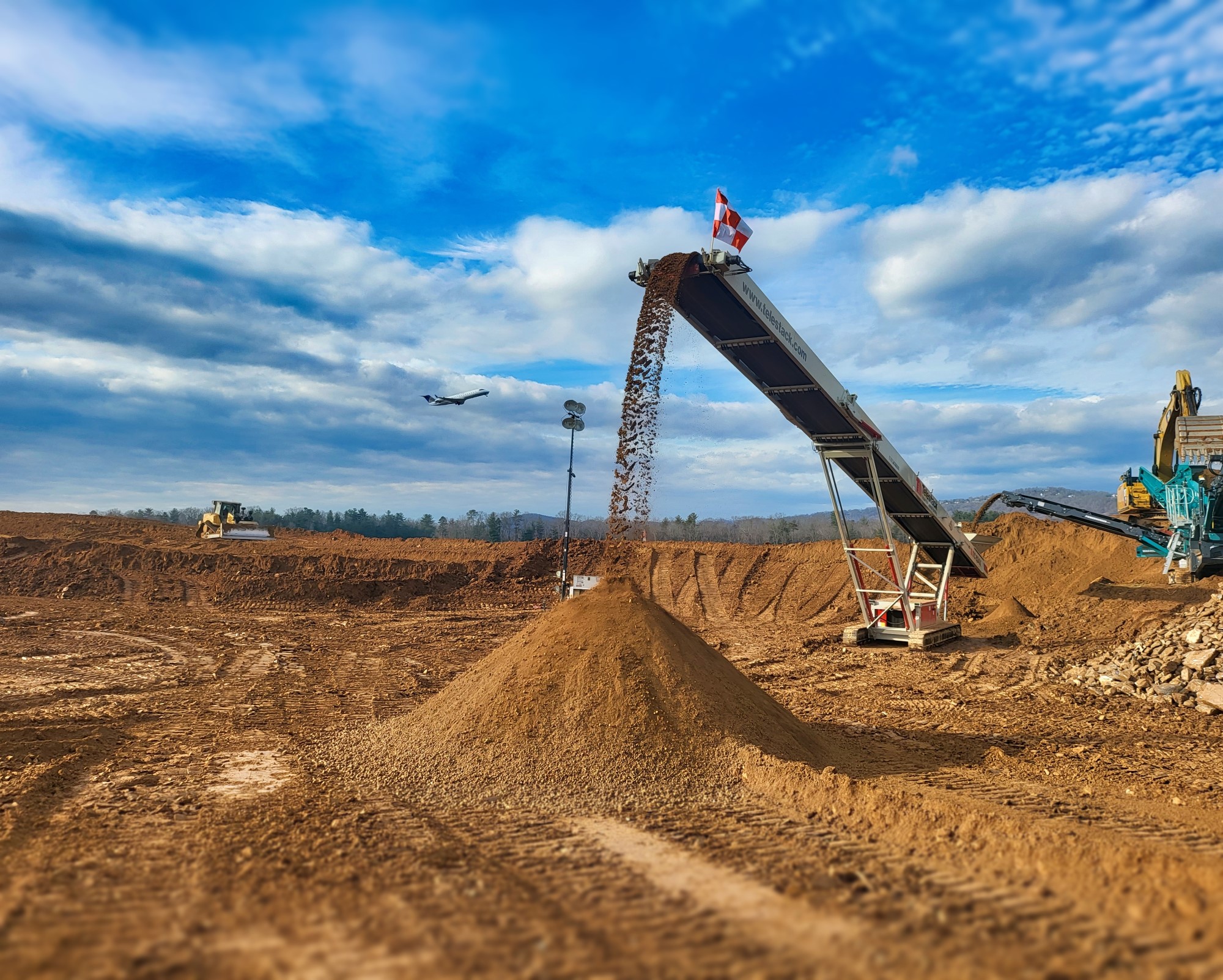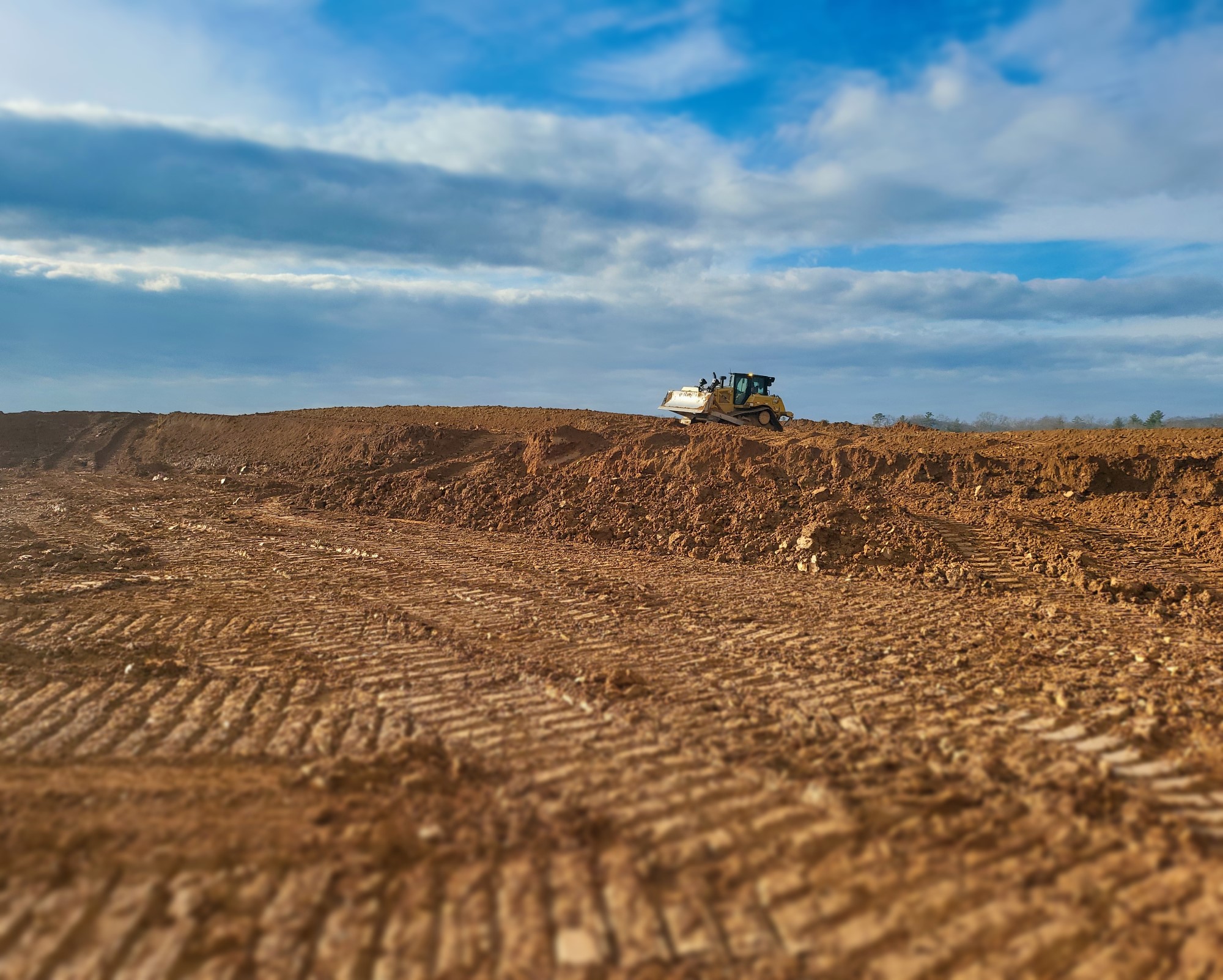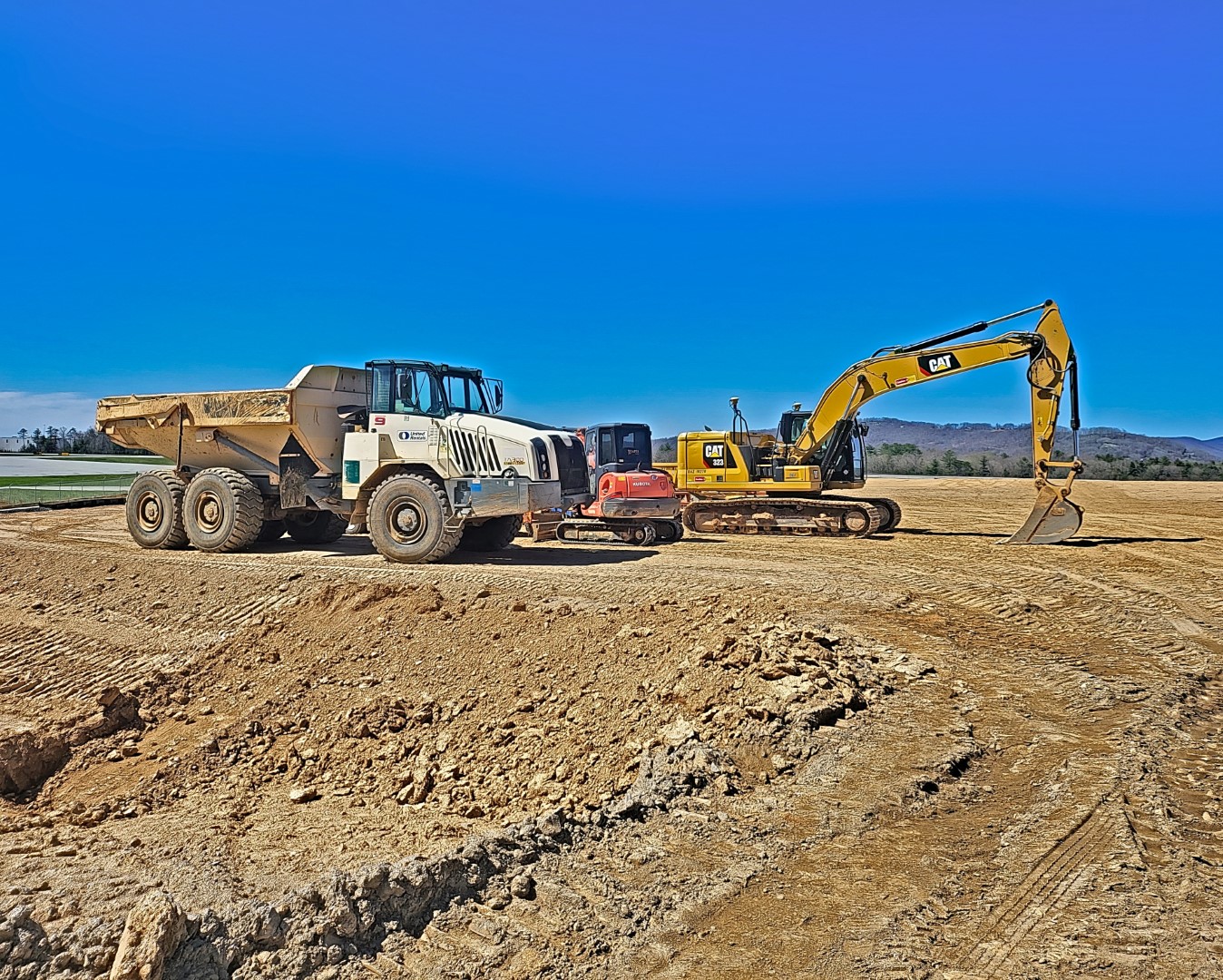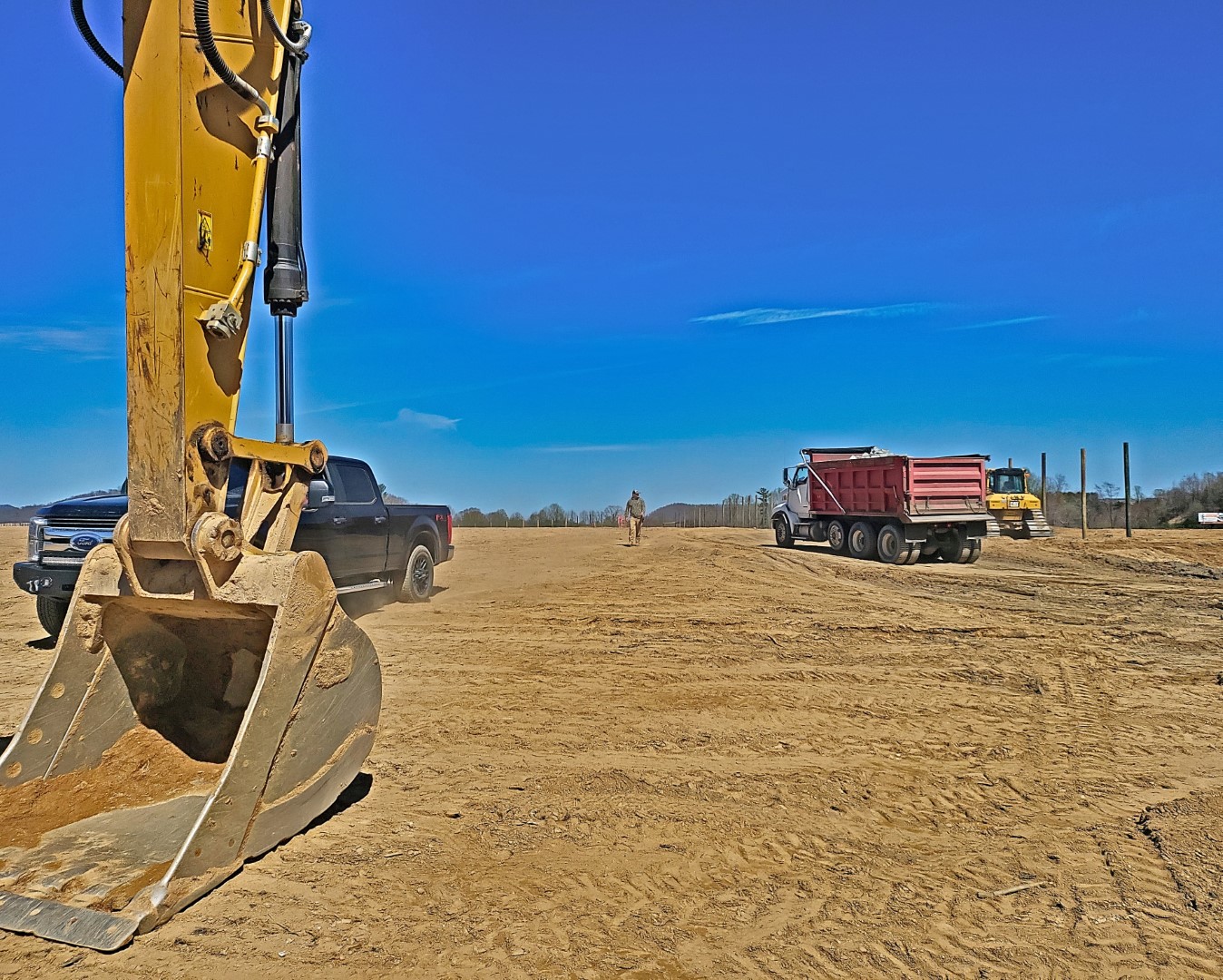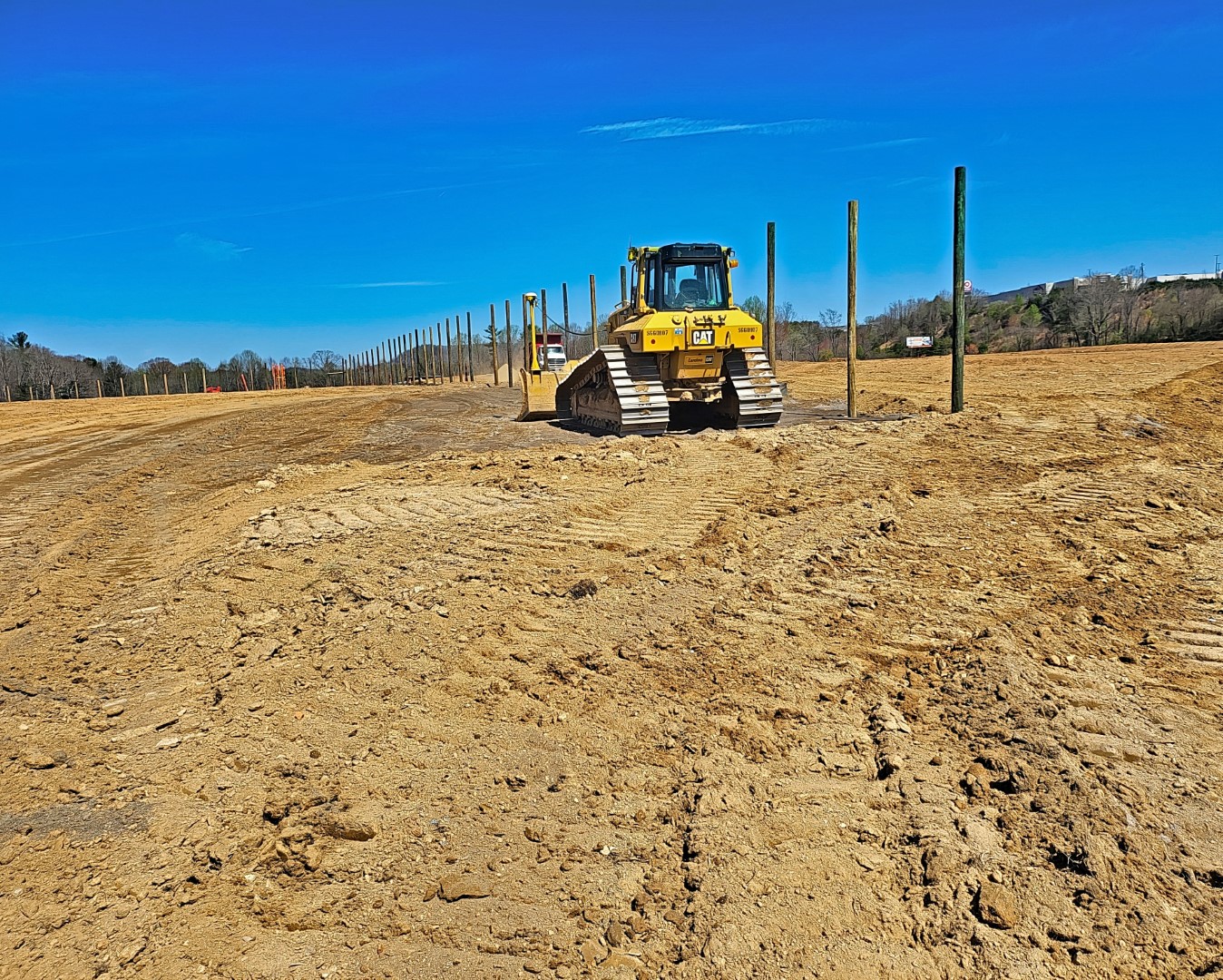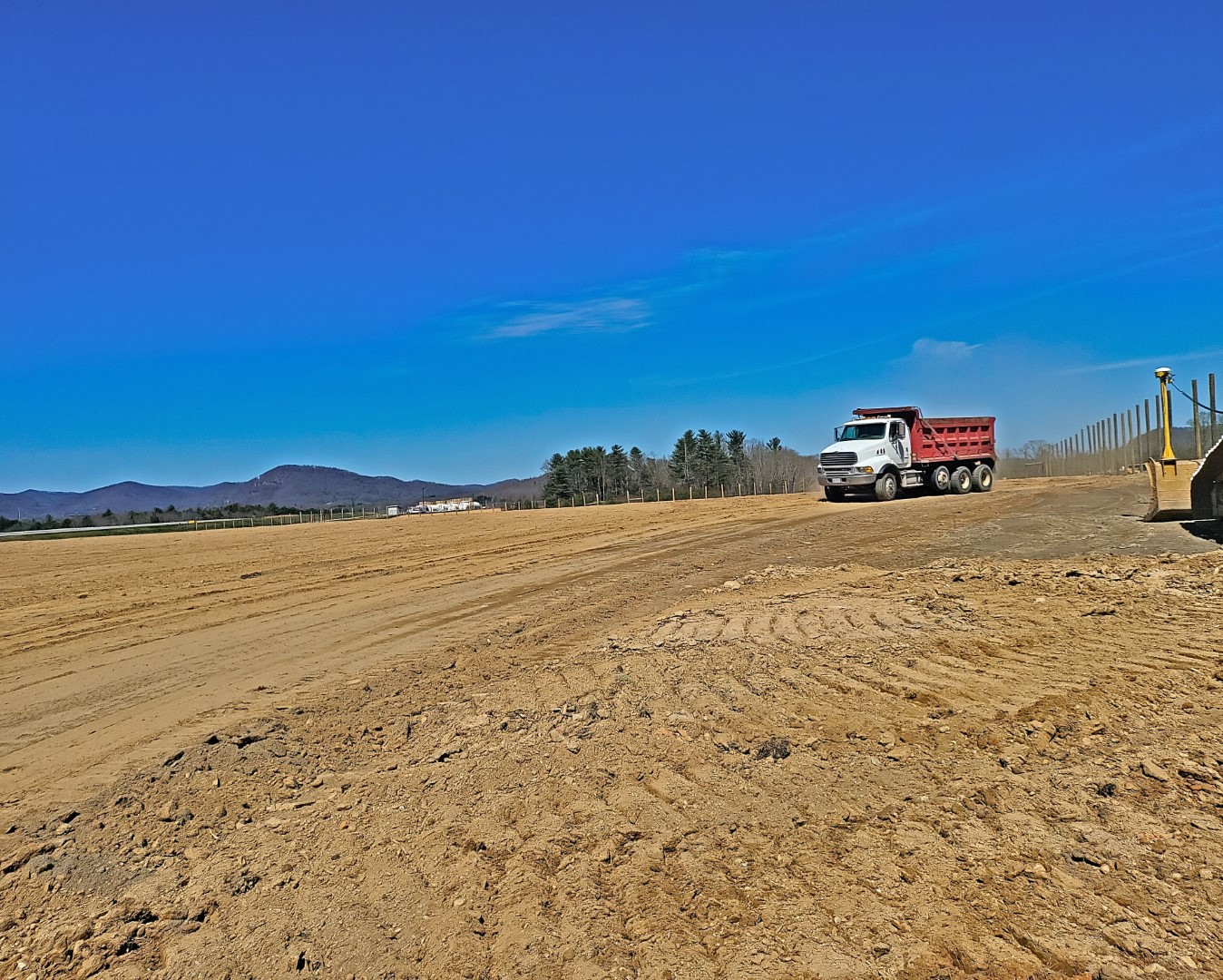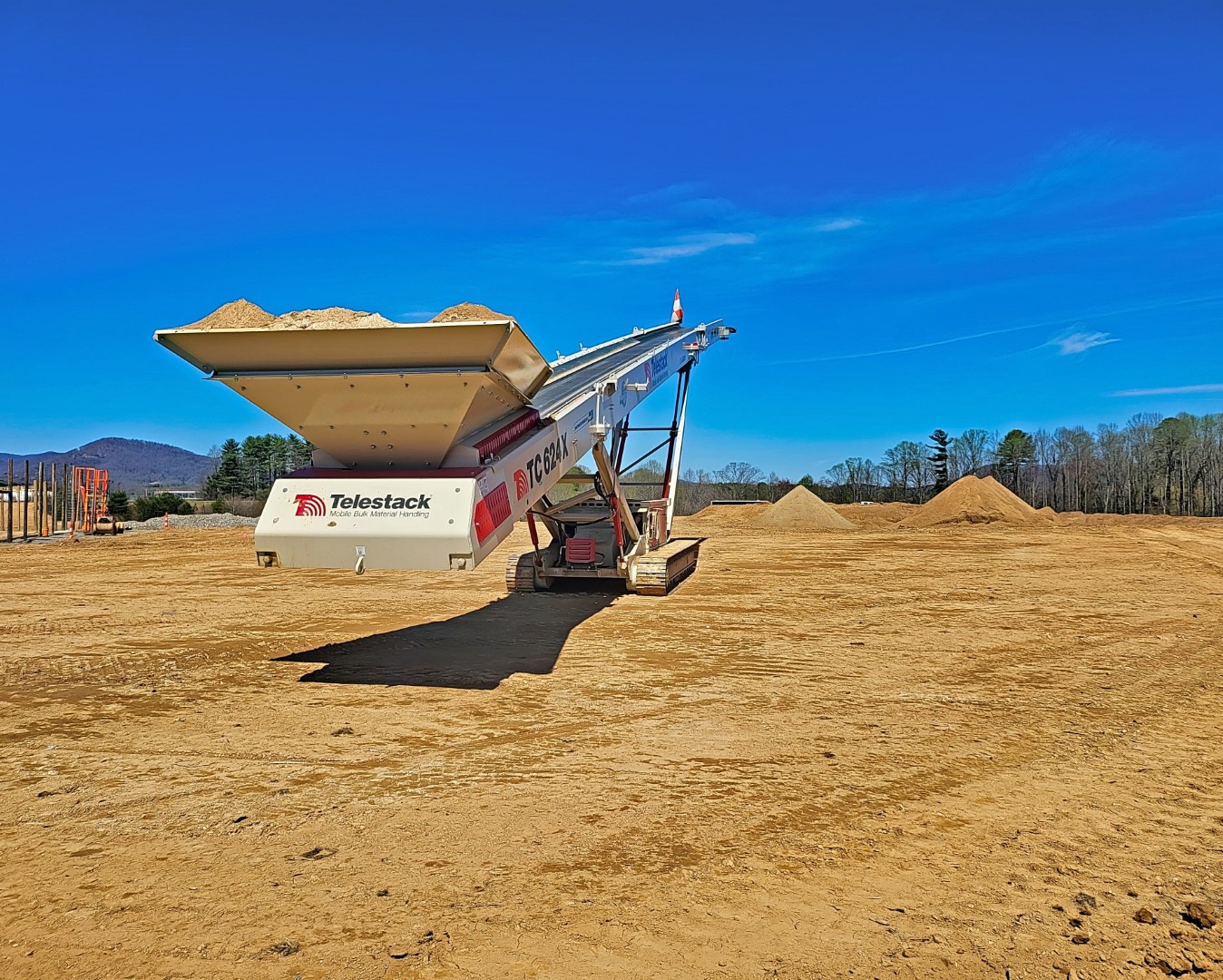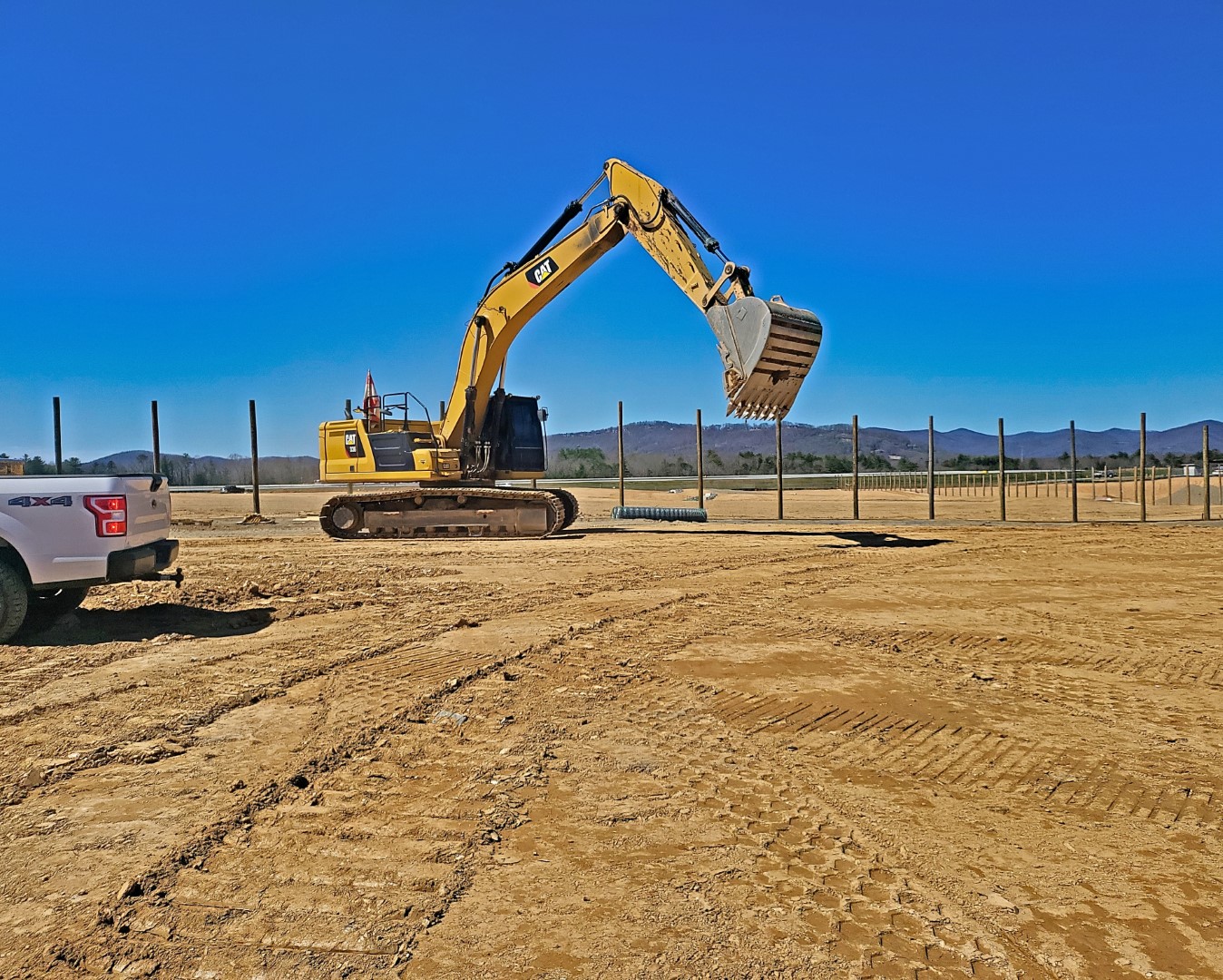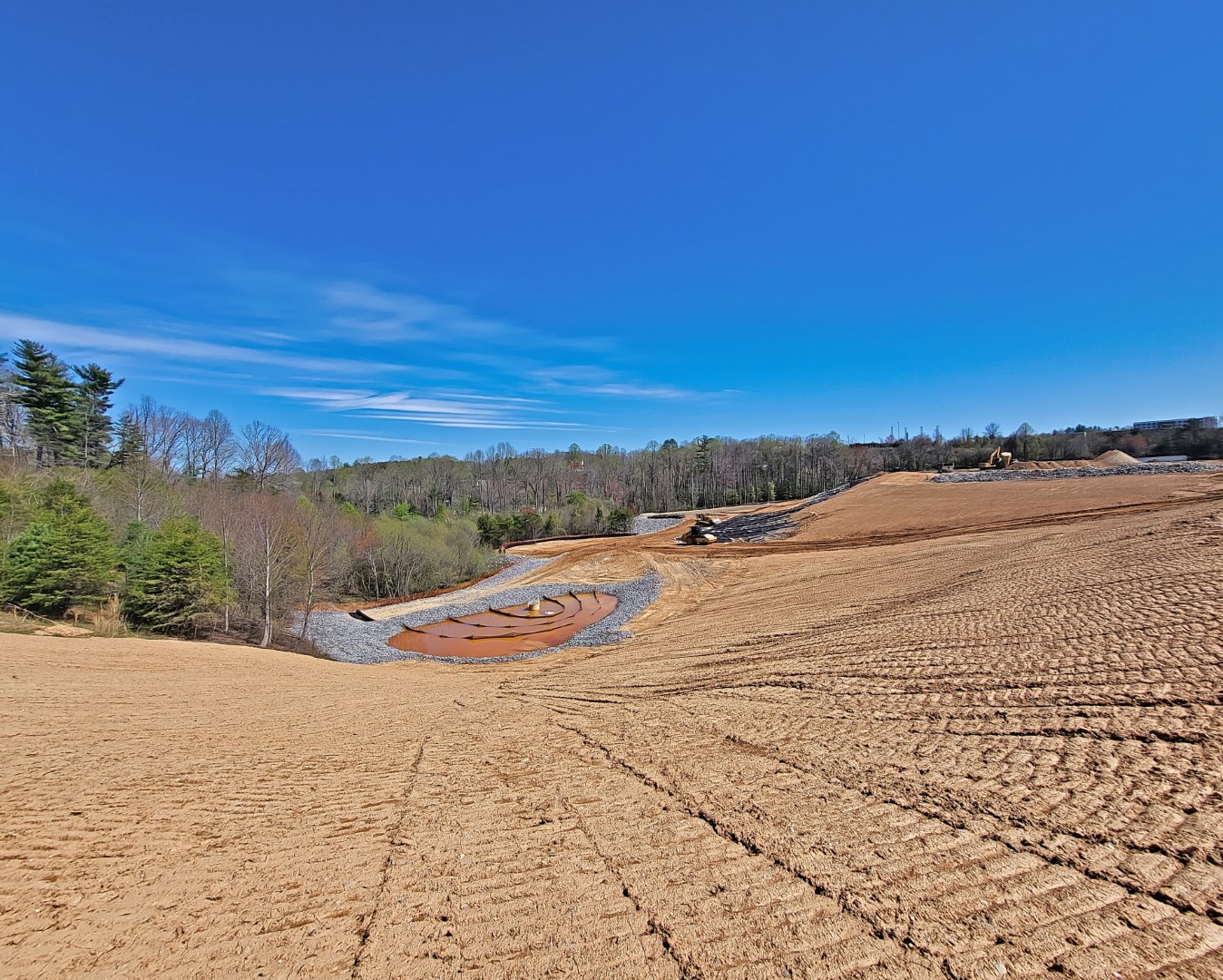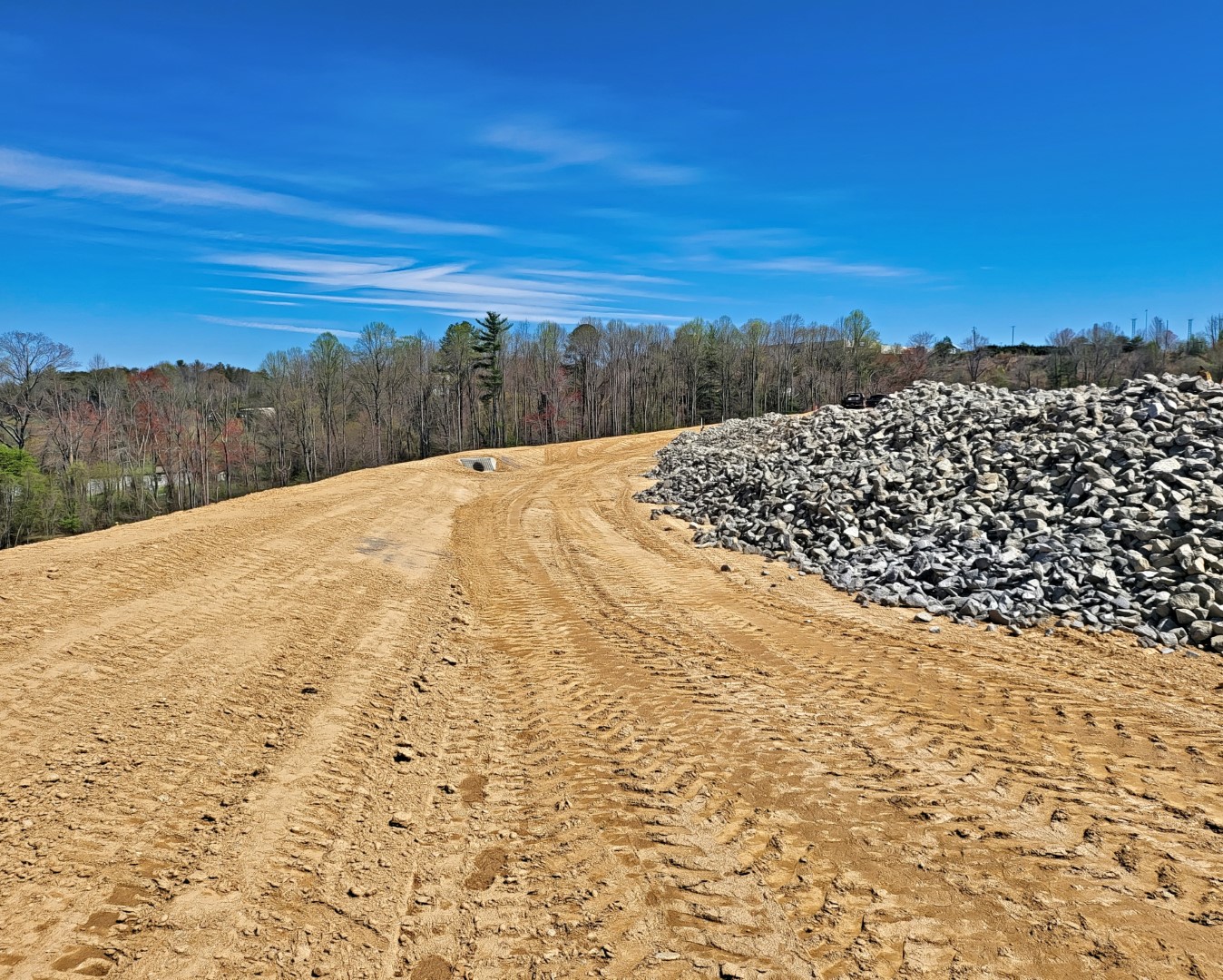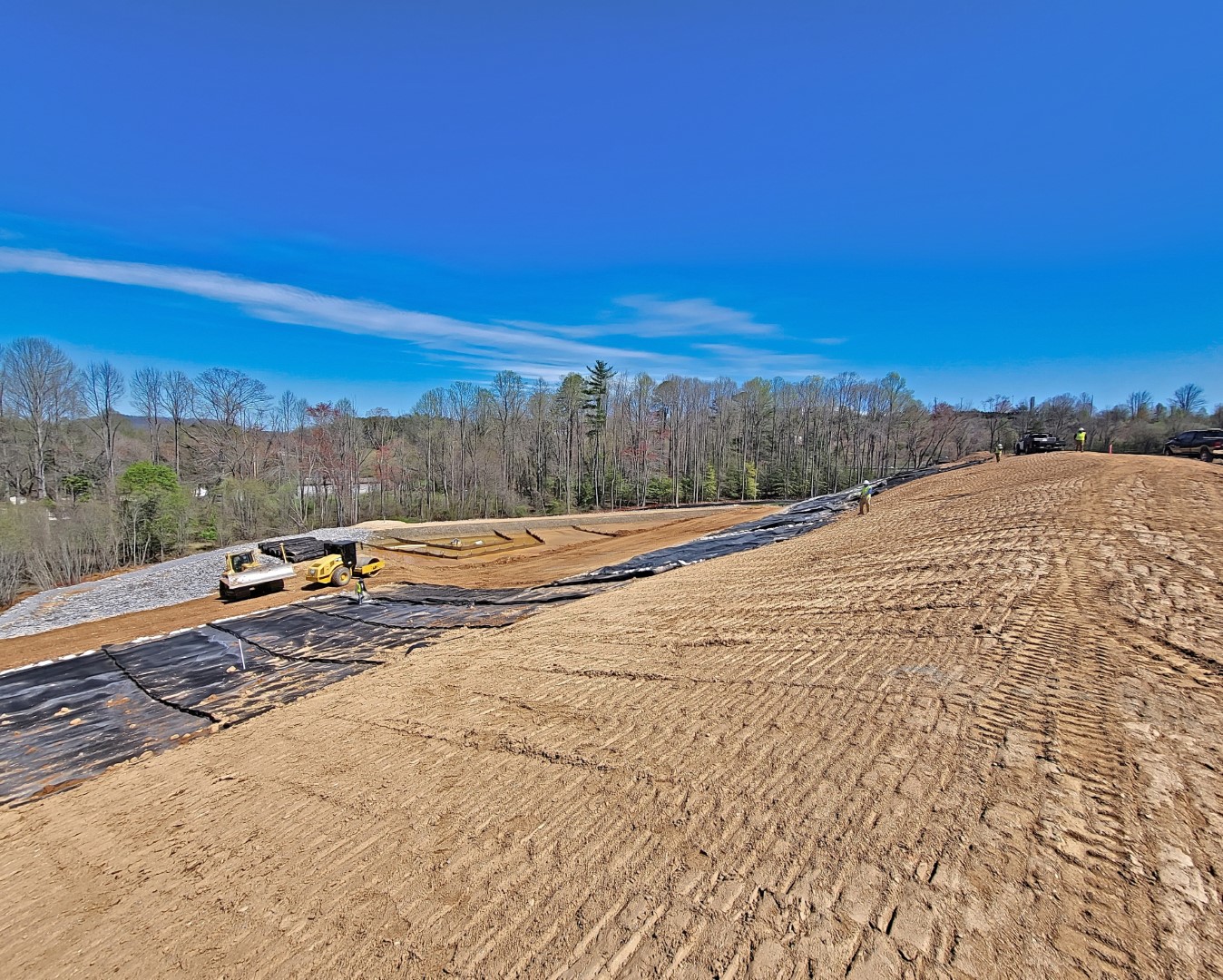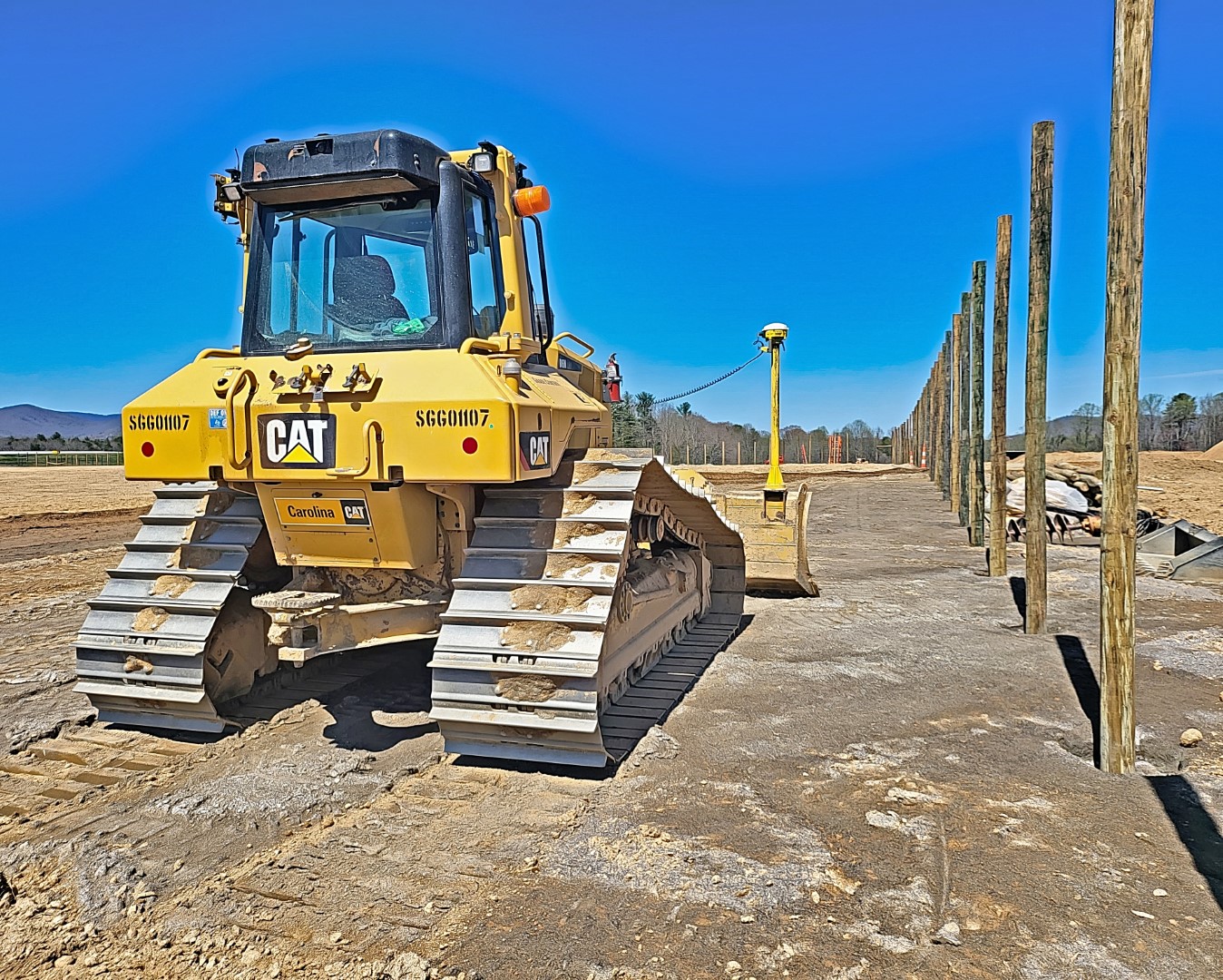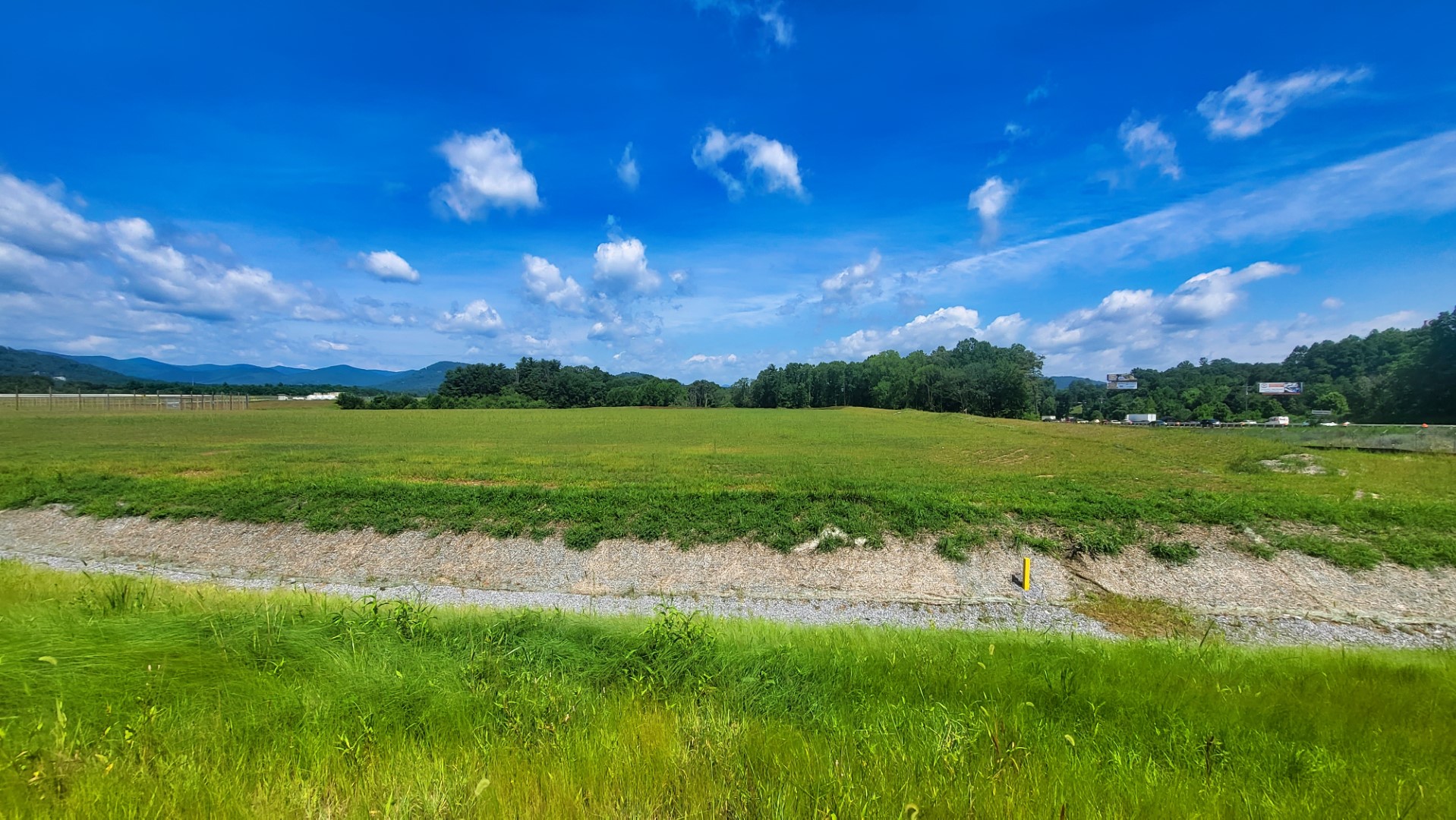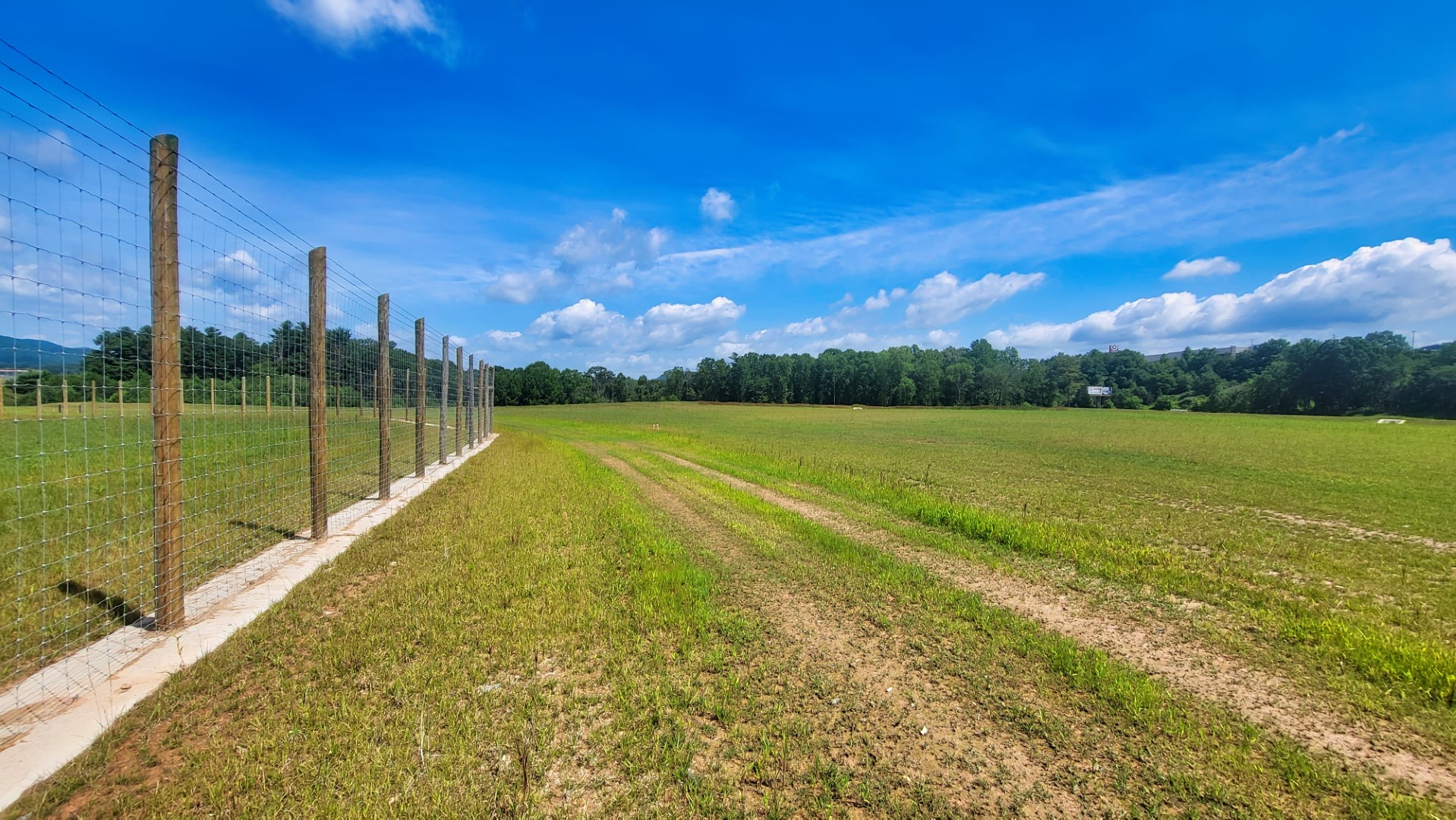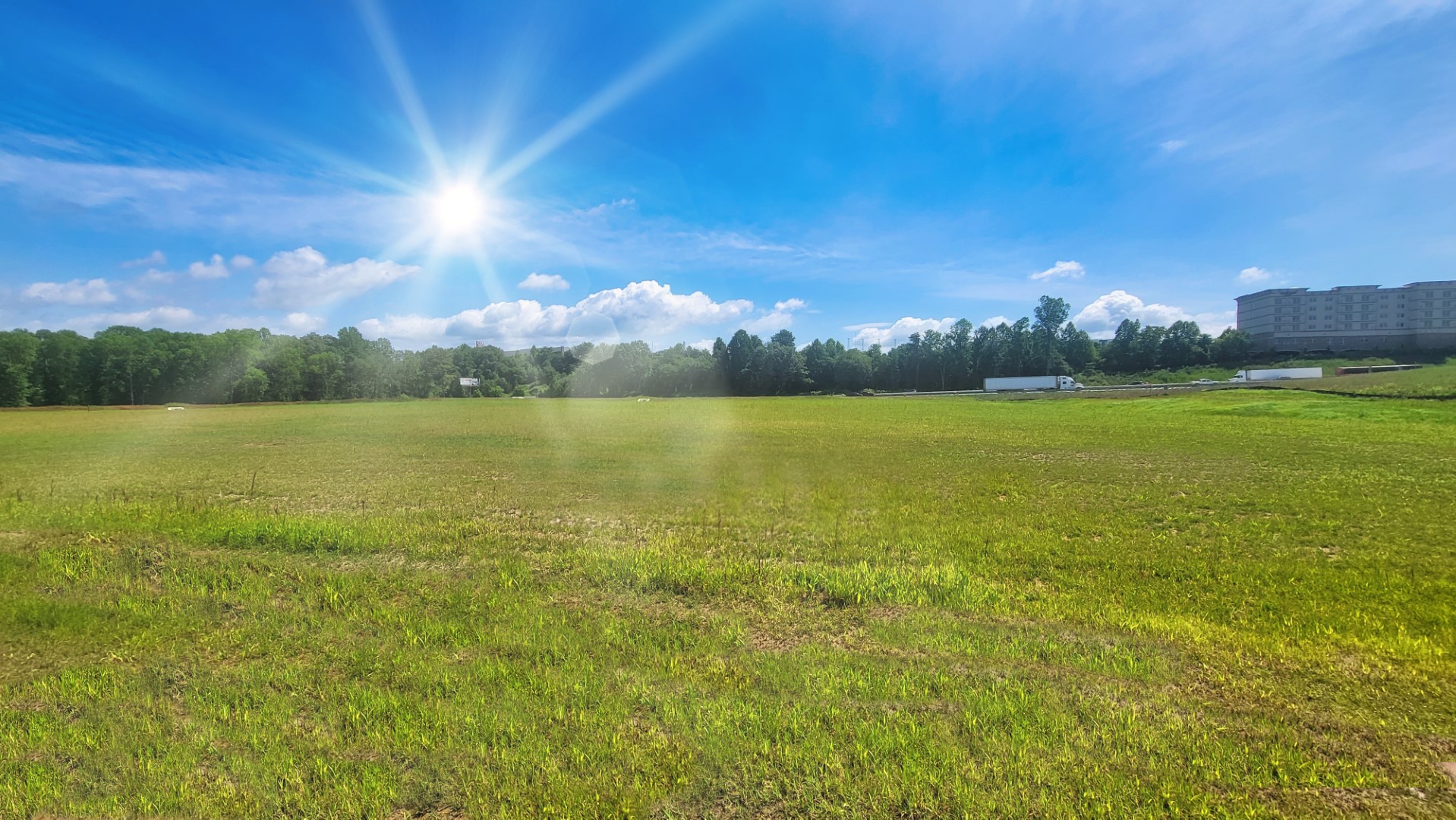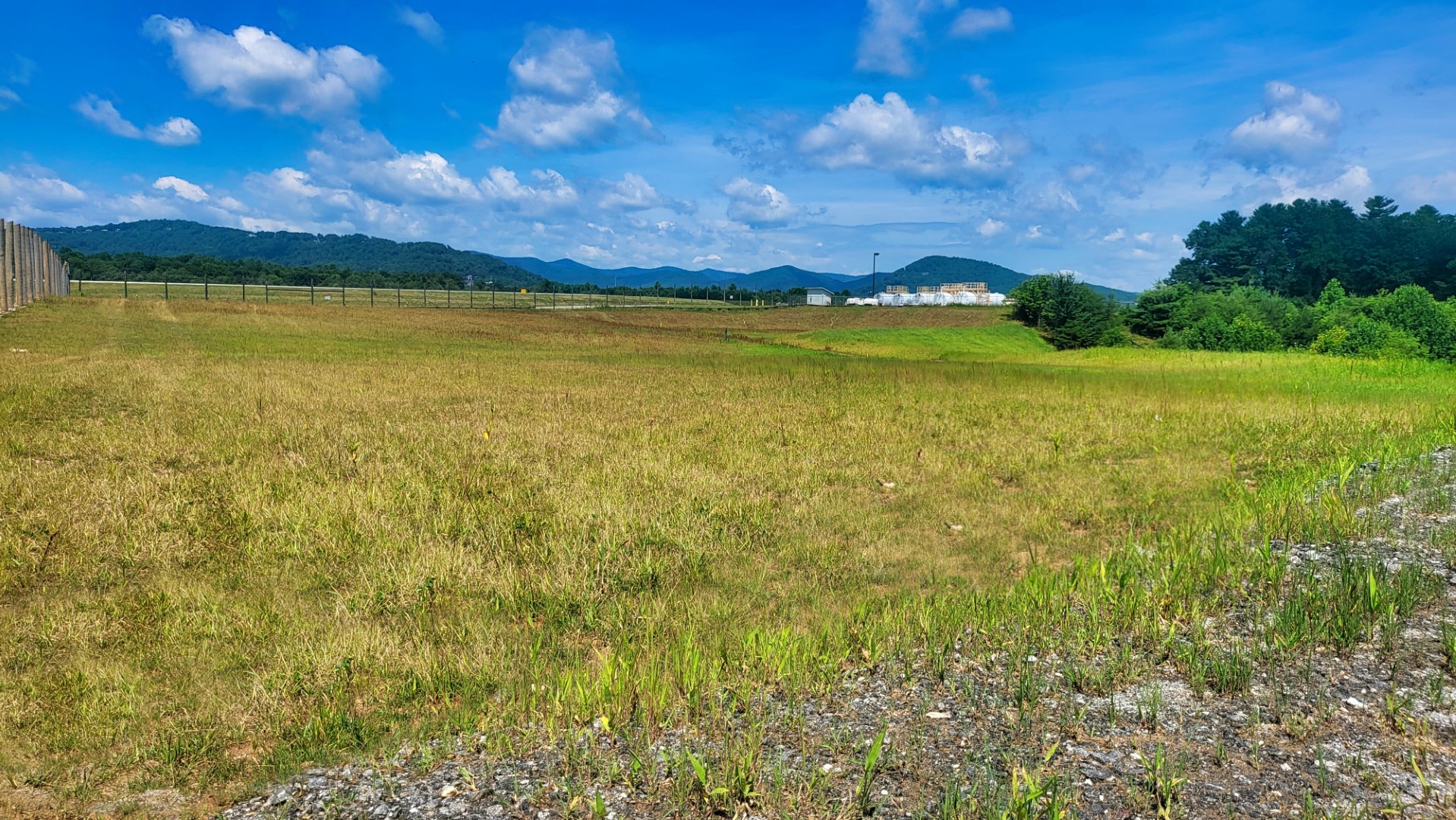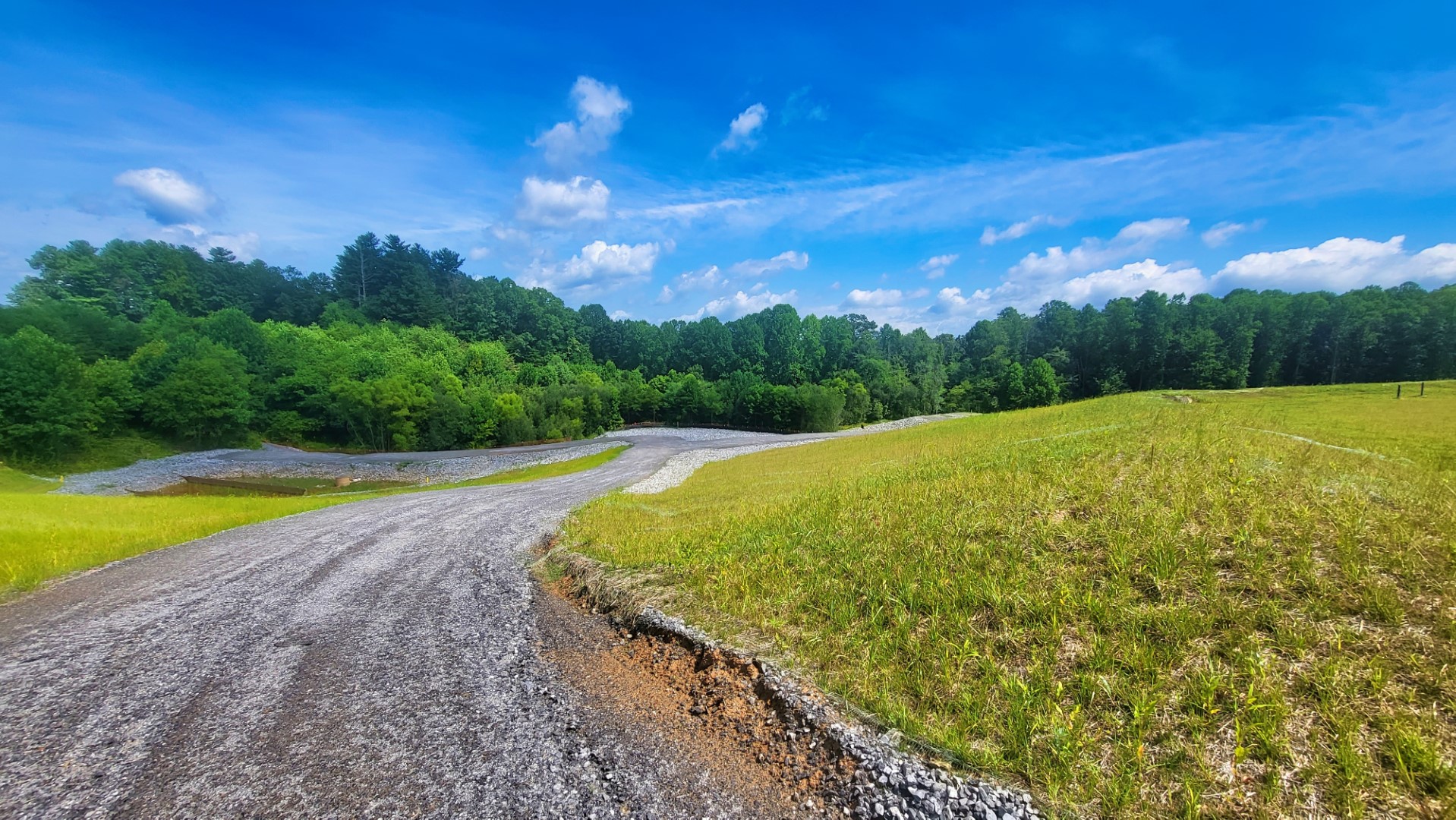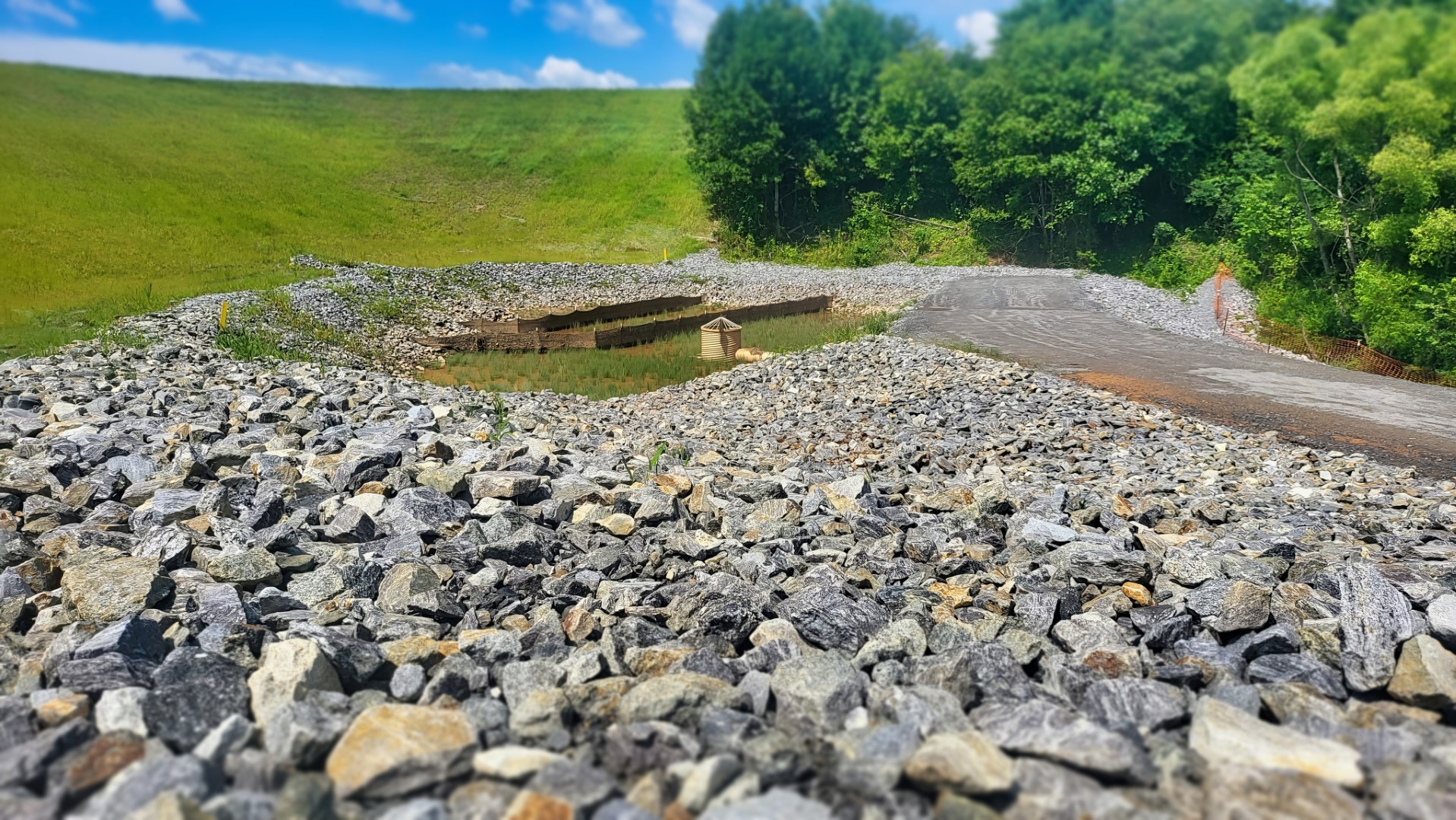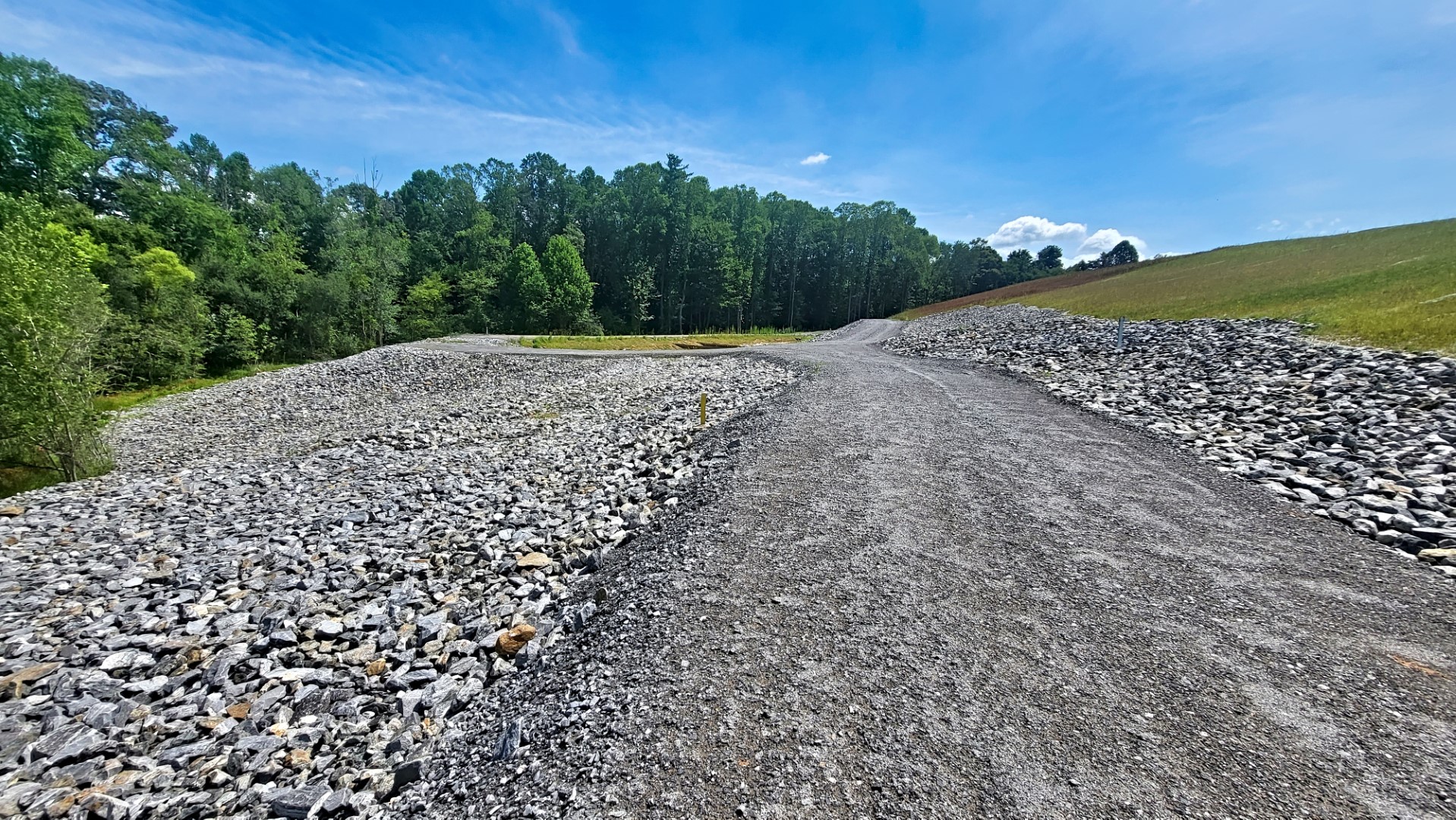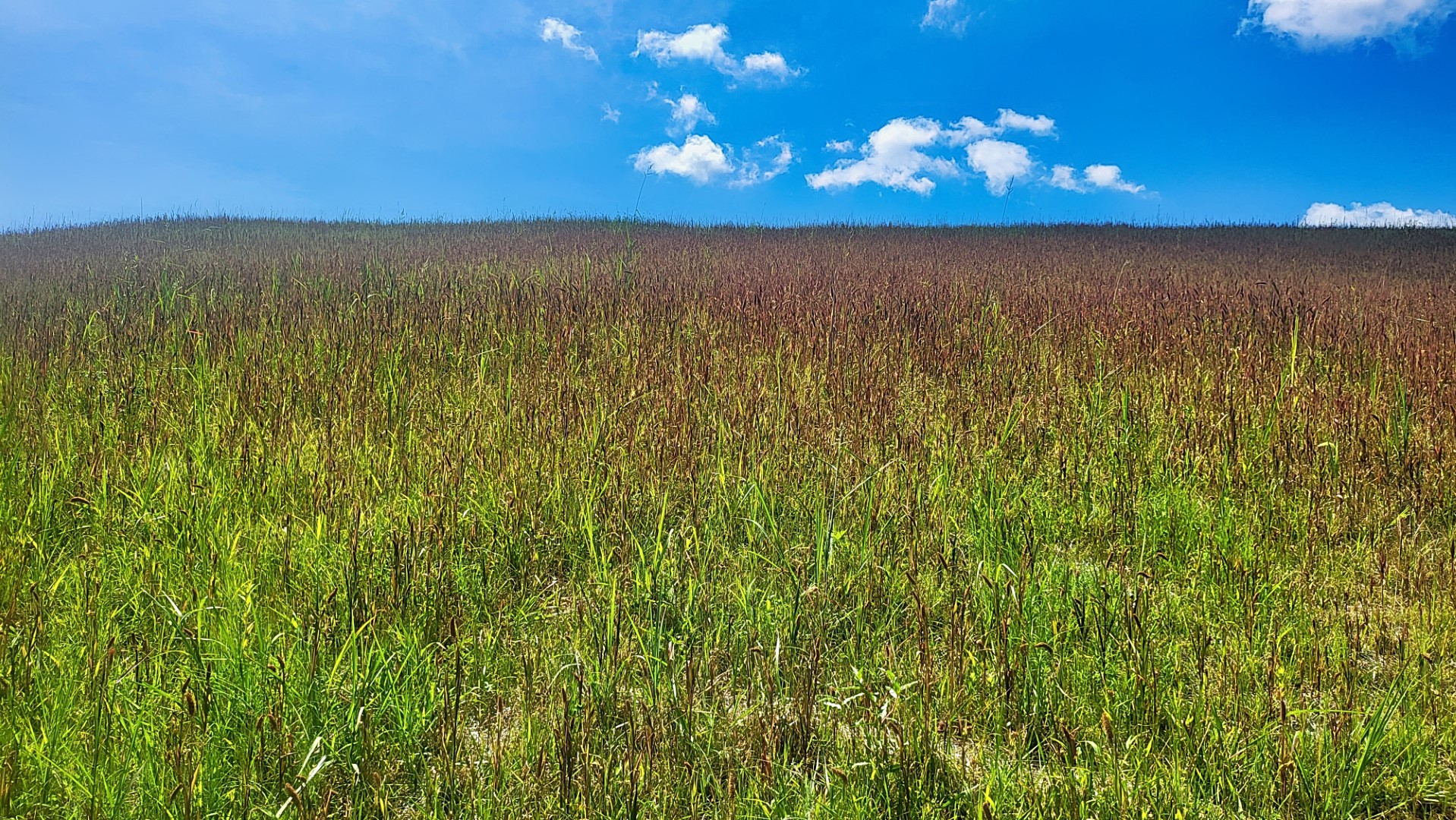DUKE ENERGY COAL ASH LANDFILL
Unlike most of our projects where we are creating something for this project we are working with a pre-existing coal ash landfill. The purpose of this project is to excavate a already filled coal ash landfill in order to add a geotextile covering to the top of the coal ash in order to prevent any unintended seepage of coal ash into the surrounding wetlands. This landfill is adjacent to the Asheville Regional Airport and is a 30 acre landfill. Once we have covered the coal ash with the geotextile covering we will be adding drainage pipes to properly drain the runoff as well as monitoring wells to constantly measure the groundwater to ensure it stays nice and clean.
Project State Date: July 2022
Project End Date: May 2023
Project Location: Asheville, NC
Project Acreage: 30
Project Intention: Coal Ash Landfill
Project Customer: Duke Energy
UPDATE 1
WHAT IS COAL ASH?
Coal ash, also referred to as coal combustion residuals or CCRs, is produced primarily from the burning of coal in coal-fired power plants. Coal ash includes a number of by-products produced from burning coal, including:
Fly Ash, a very fine, powdery material composed mostly of silica made from the burning of finely ground coal in a boiler.
Bottom Ash, a coarse, angular ash particle that is too large to be carried up into the smoke stacks so it forms in the bottom of the coal furnace.
Boiler Slag, molten bottom ash from slag tap and cyclone type furnaces that turns into pellets that have a smooth glassy appearance after it is cooled with water.
Flue Gas Desulfurization Material, a material leftover from the process of reducing sulfur dioxide emissions from a coal-fired boiler that can be a wet sludge consisting of calcium sulfite or calcium sulfate or a dry powered material that is a mixture of sulfites and sulfates.
THE GEO-TEXTILE LINER
Currently the coal ash has a geotextile liner underneath. The geotextile liner was installed with the landfill was developed and placed under the coal ash in order to keep it from seeping down into the groundwater and polluting the local water table.
UPDATE 2
PROTECTING THE WETLANDS
The coal ash landfill is adjacent to very sensitive wetlands that are heavily protected by environmental regulations. When working on such a sensitive project like this is it is paramount to use a grading and land development company that has a history with erosional control and environmental protection.
JL Raper has been one of the top corporations in erosion and groundwater runoff control for the entirety of its life. We offer the greatest expertise when it comes to ensuring a project doesn’t negatively affect the environment during the grading process or in the years after the project is complete.
SIFTING THE SOIL
One of the unforseen problems with placing down the geotextile liner on the landfill during the site development is that there is a chance of the liner being punctured by large rocks. JL Raper has experience working with projects like this and foresaw this problem. For this reason we have brought in screeners and have been using them to screen the soil of the site to separate anything rock larger than a half inch. At the time of this update over 180,000 yards have been screened.
CARRYING THE LOAD
A lot of grading and land development companies rely on the customer to forsee any problems and to bring in any needed equipment. JL Raper is a full site contractor on this project, This means that we know exactly what it takes to get the site developed and we take all the necessary actions that are required to complete the grading, drainage, sifting, and whatever else is needed with as little effort required by the customer as possible.
UPDATE 3
MANAGING THE ASH
The largest liability with this type of grading project is managing the coal ash once we have reached the depth at which it is at. Working with this type of waste, adjacent to a windy airport can be challenging. To overcome these challenges we take extreme care when we reach the waste. We have developed a process to contain and then cover the coal ash as soon as it is exposed to the elements of the landfill that we are redeveloping. Keeping the surrounding environment pristine is our number one goal in this project.
THE SCREENED SOIL
One question that sometimes comes up is what is done with the topsoil that is removed and what happens to the screened soil that is too big to be used on this site?
The topsoil for this particular project will be reused on this site in order to minimize costs and project time. Its also best for the environment to use the natural topsoil to the site.
The screened soil that was too large for this site, because of the liner being used, will be recycled for other projects that don’t require any soil specifications. This is good for saving money for multiple clients. The current project client won’t need to pay for disposal of soil and future clients won’t be required to pay for filler soil.
When doing grading and land development we always strive to institute cost saving measures for our project clients.
UPDATE 4
LAYING THE COVER
Installation of the geotextile cover has begun on the site. This unique covering will form a protextive barrier between the coal ash below and the soil above to guarantee that no cross contamination occurs. Laying this covering is a very delicate procedure. It requires complete control to be sure to install it correctly and to not damage it in the process. A job this sensitive requires a seasoned company like us here at JL Raper to ensure that it is done to standards and done in an time-effective manner.
HANDLE WITH CARE
It should be no surprise that this job is a highly sensitive job. It doesn’t get much more sensitive than working with coal ash, next to protected wetlands, adjacent to a windy airport with planes taking off and landing constantly. There are a lot of factors at play that are all working to try to spell disaser for this project. But we here at JL Raper are not rookies when it comes to land development. We have seen all the problems before and know how to plan ahead for them. We also know that there are always problems you don’t forsee so we put in place redundant safety measures to ensure we are covered for those as well. Developing and grading a site like this is very sensitive, and we are the type of grading company that can handle it.
UPDATE 5
LAYING THE COVER
Grading any type of lot requires more than just moving dirt around. Take the soil for example, there are different levels of soil that occupy different depths to make up what we call “the ground.” You have to have somewhat of an understand of the makeup of the soil in order to know how to identify it, how to remove it, and subsequently, how to put it back. Working with the earth for as long as we have we have gained a great level of experience and we fully understand the soil. This understanding makes our grading and land development more effective and efficient.
COVERING THE COVER
As we lay down the geotextile liner, which is sealing in the coal ash, we then cover it with our screened subsoil. The subsoil has had all large rocks removed in order to not cause any damage to the liner. Once the subsoil has been laid down we cover that with a healthy layer of topsoil which will promote regrowth of the lot and give it the structure it needs to function as well as restore its natural beauty.
UPDATE 6
WILDLIFE FENCE
Sometimes you have to plan for the unexpected. When dealing with wildlife it is always unexpected on what they will do. Combine that with proximity to a airport and it is a recipe for disaster. This is why for this landfill grading job we are installing a wildlife fence to ensure that all wildlife are kept safe from the the airport and the passengers at the airport are safe from any runaway animals. Sometimes you have to do more than just develop the land.
WATERING THE DIRT
In our pictures and videos one of the sights you will often see is one of our water trucks on the field or waiting patiently to go on the job site. The reason these trucks are there is simple, they periodically drive around and wet the ground in order to keep down the dust. Its no secret that once you remove the topsoil that the ground can become one giant dust storm. Measures must be taken to reduce the dust or every neightbor in the vicinity of the grading project site will be awash in dust. We have been doing site work long enough to understand how problematic this can be for the everyone involved and we always are proactive when it comes to keeping down the dust.
UPDATE 7
REGROWING THE LAND
After all of the geotextile liners have been installed and the outer edges secured together to ensure a complete seal of the coal ash what is left is to put the land back as it was. Sifted subsoil is placed over the liner to hold it down and sod is then brought in as the topsoil to completely cover the landfill and finish the project, making it a beautiful field once again.
WORK AFTER THE WORK IS DONE
When JL Raper finishes a project, we don’t just pack up and leave without a care for the project site we are leaving. We work to ensure that after we are done the land heals and becomes what it was once again, albeit in a way better condition. Much planning and care is used in all we do to so that all of our projects become the beautiful landscapes that they were meant to be.
CONTACT US TODAY
WHAT ARE YOU LOOKING TO BUILD?
There isn’t much that we can’t do when it comes to land development so it is important for you to choose the type of project you are having constructed. This way we can deliver you the right information.
